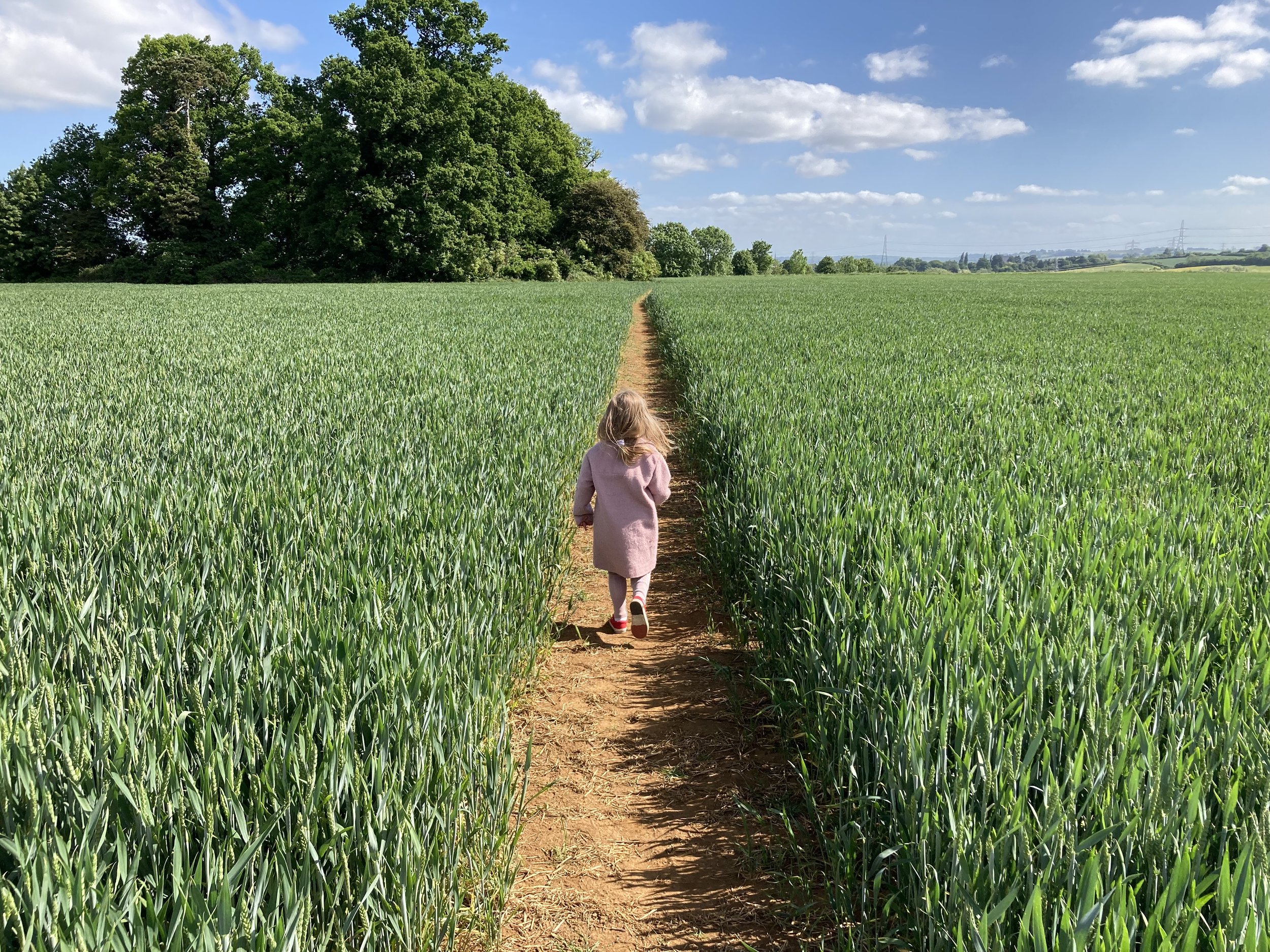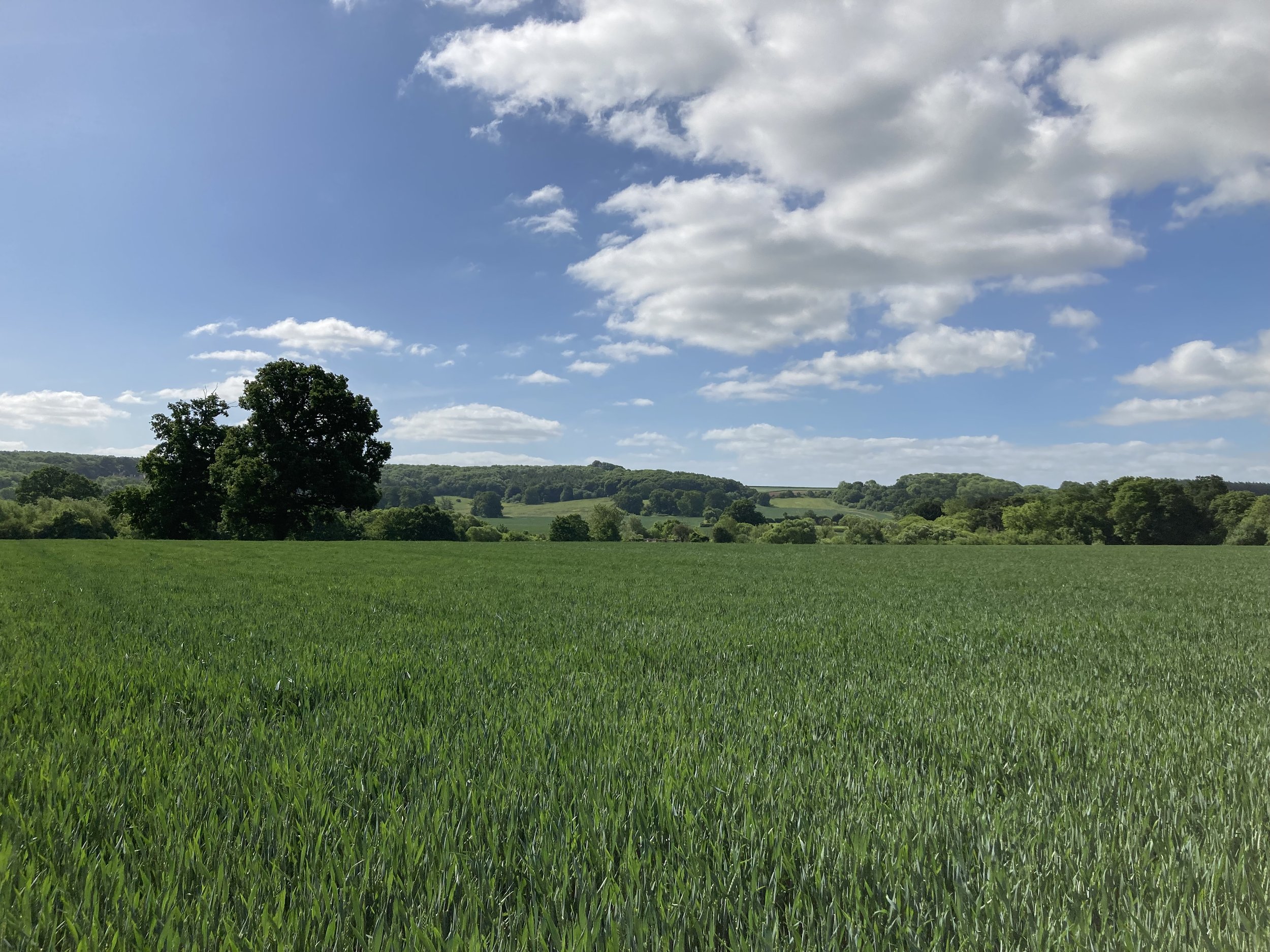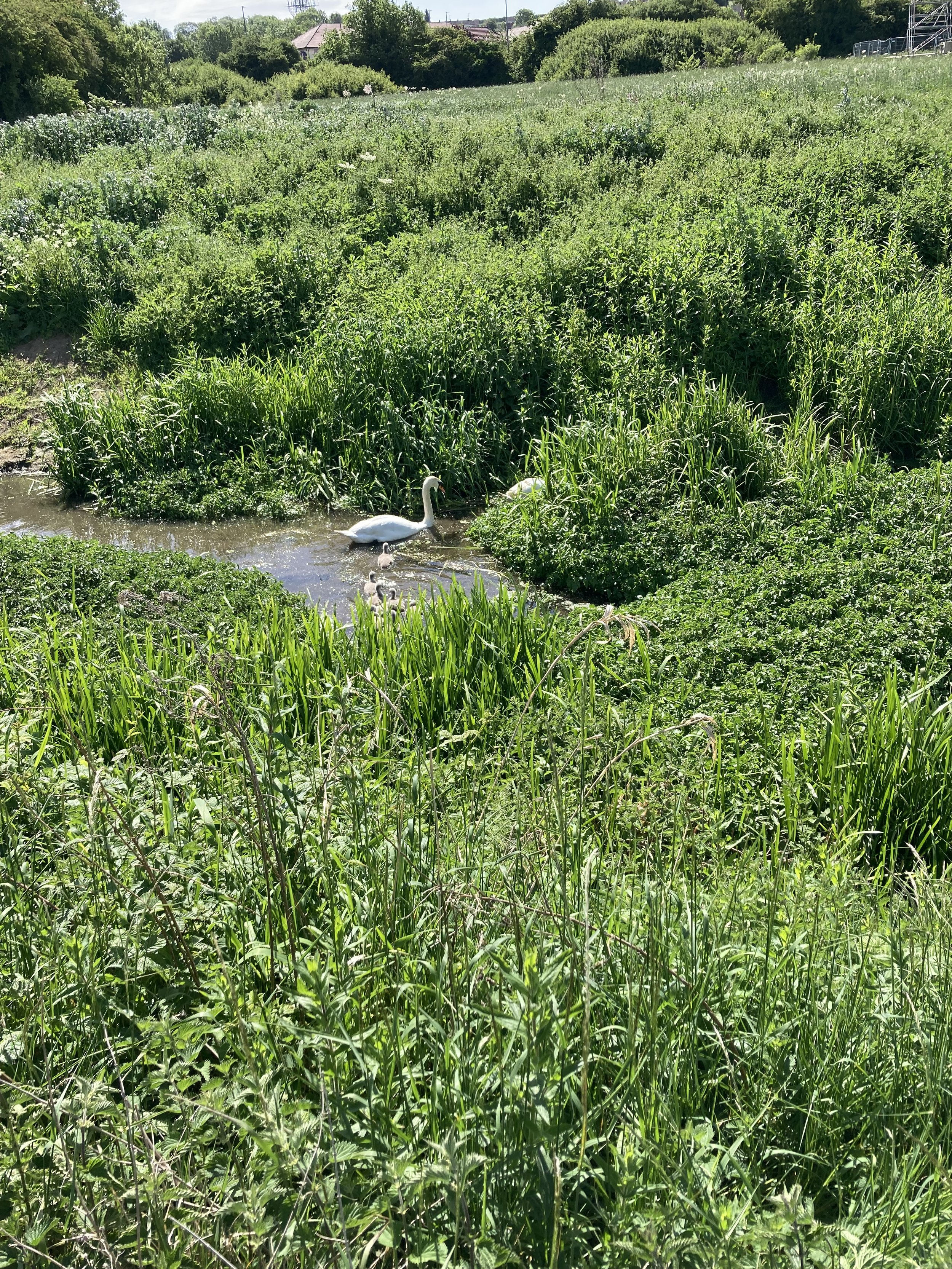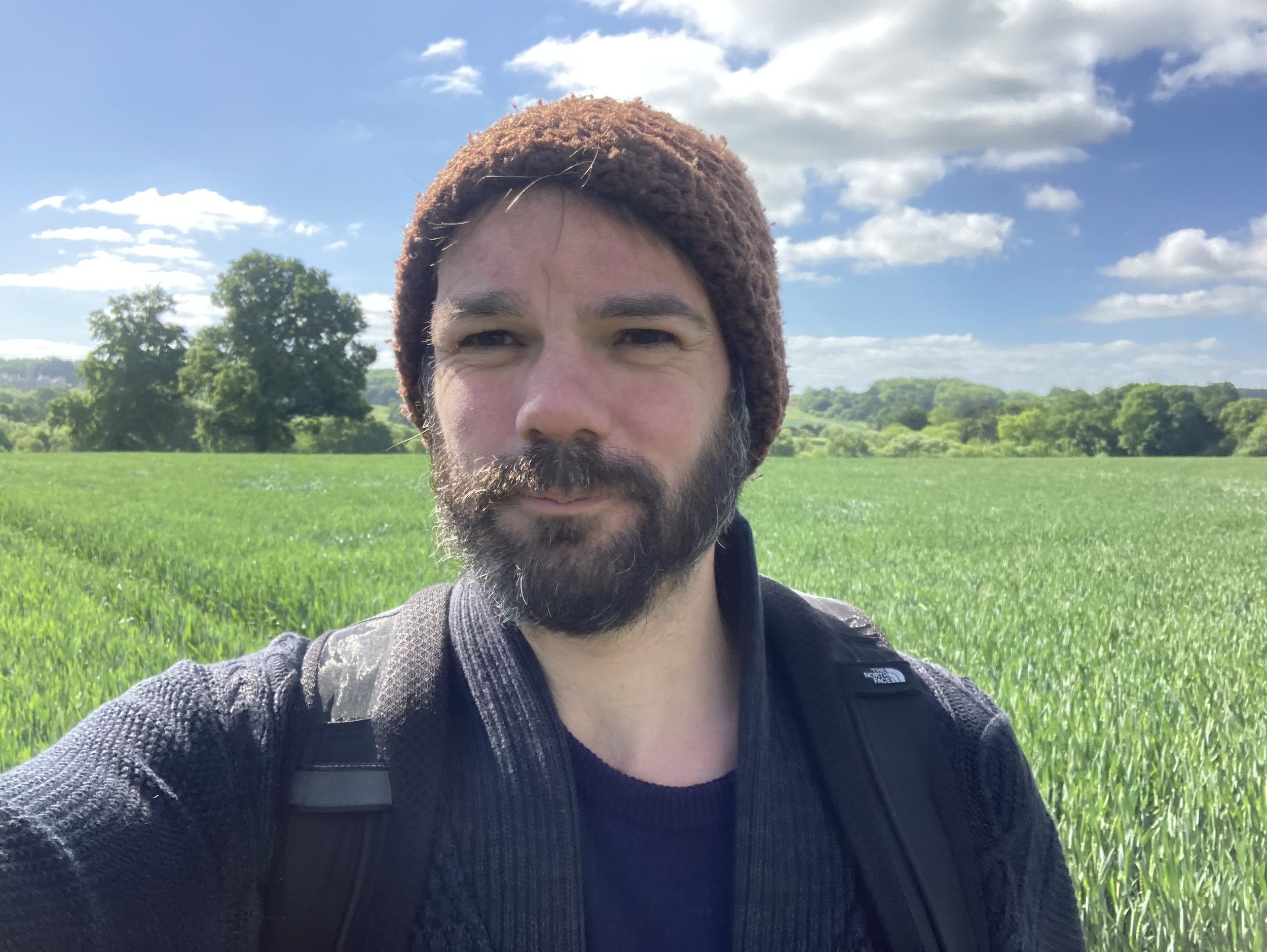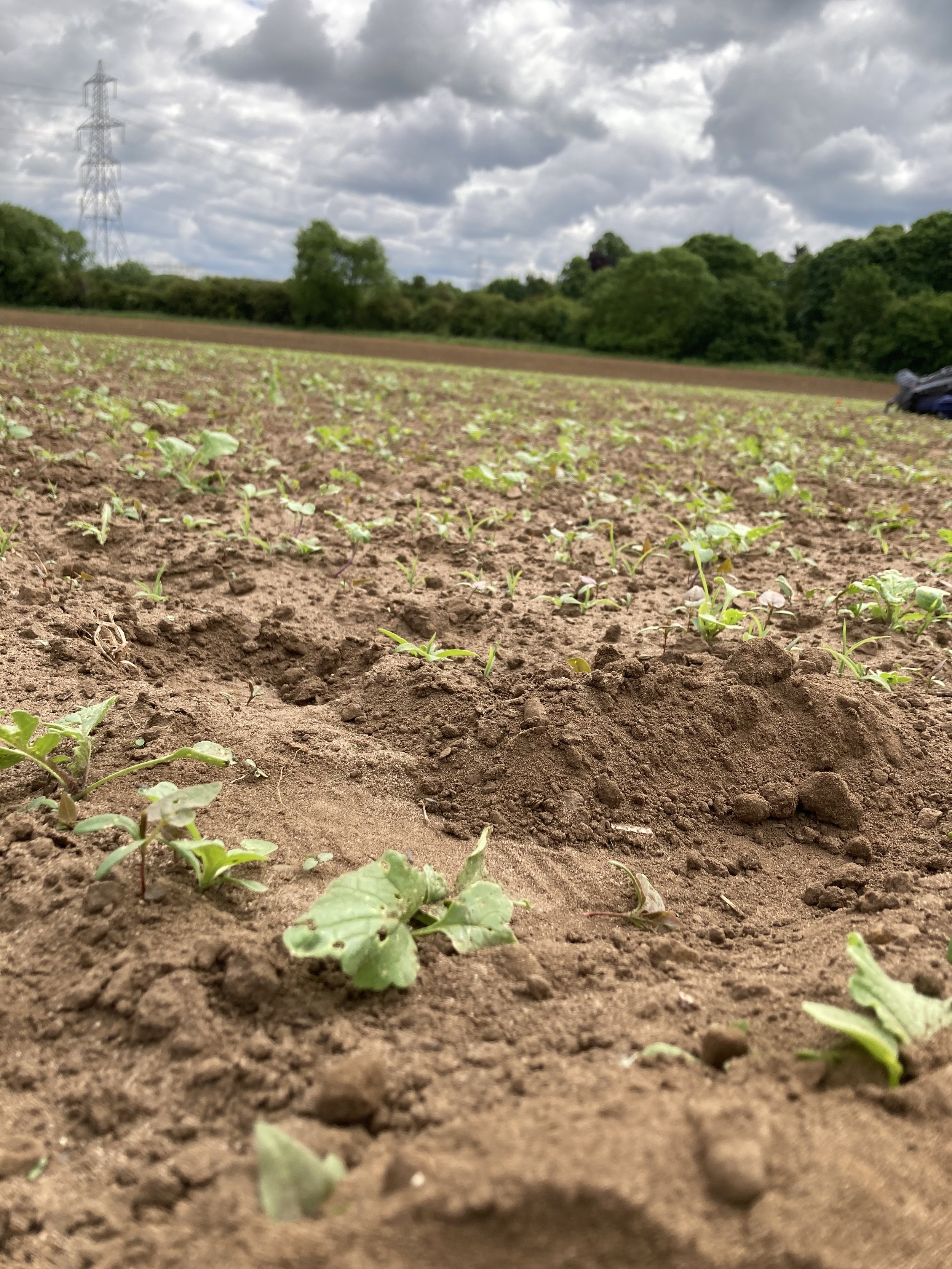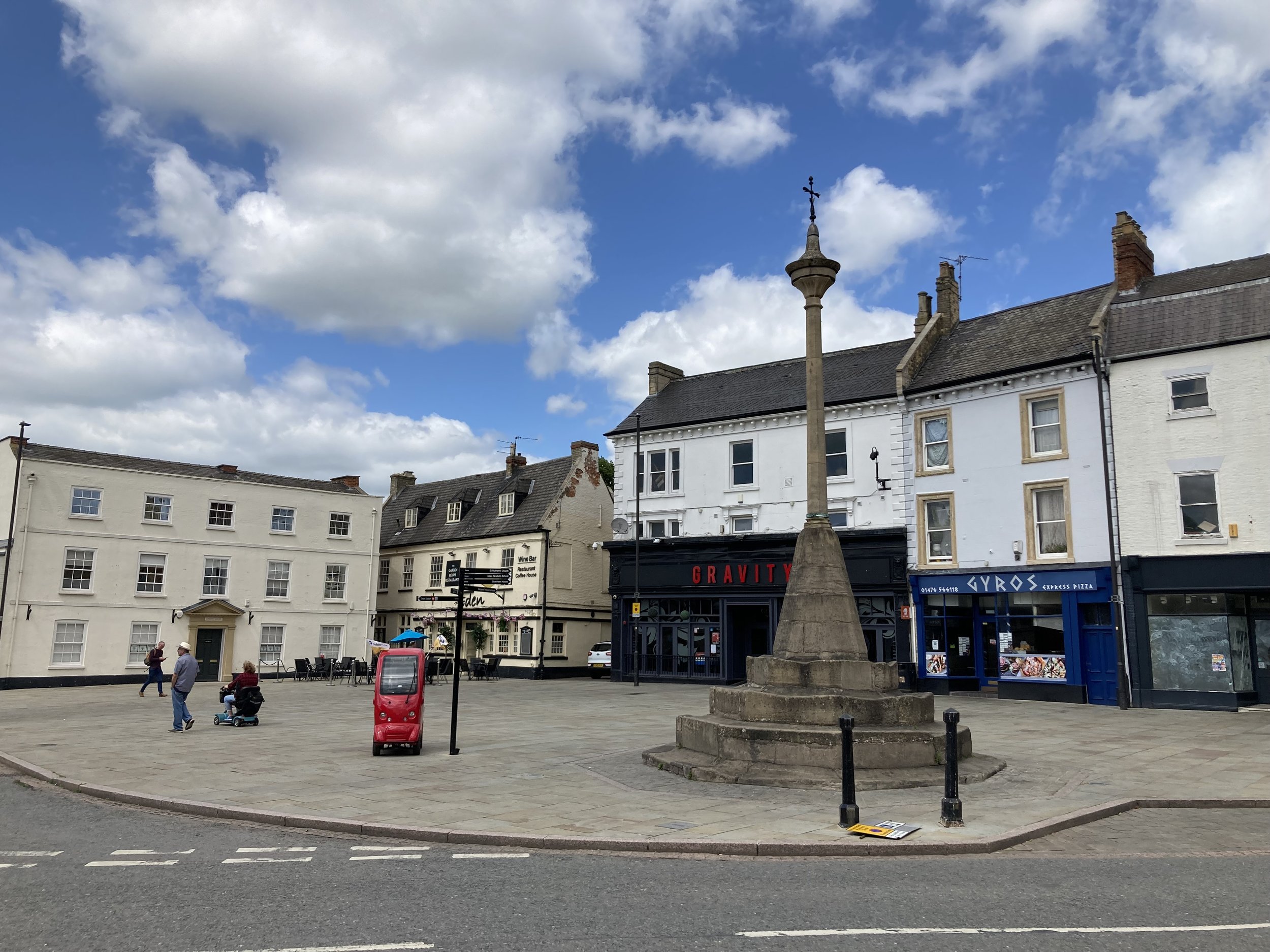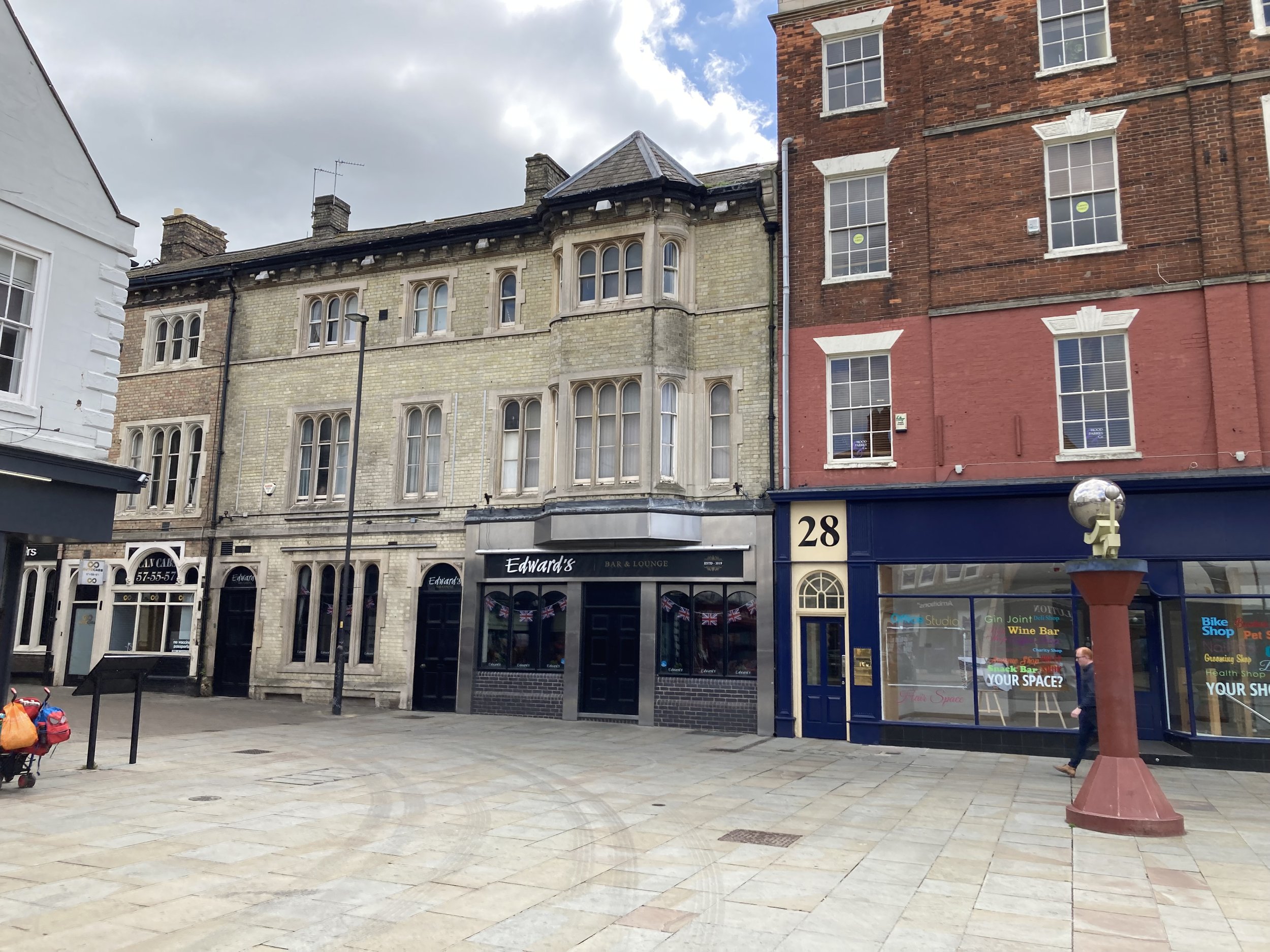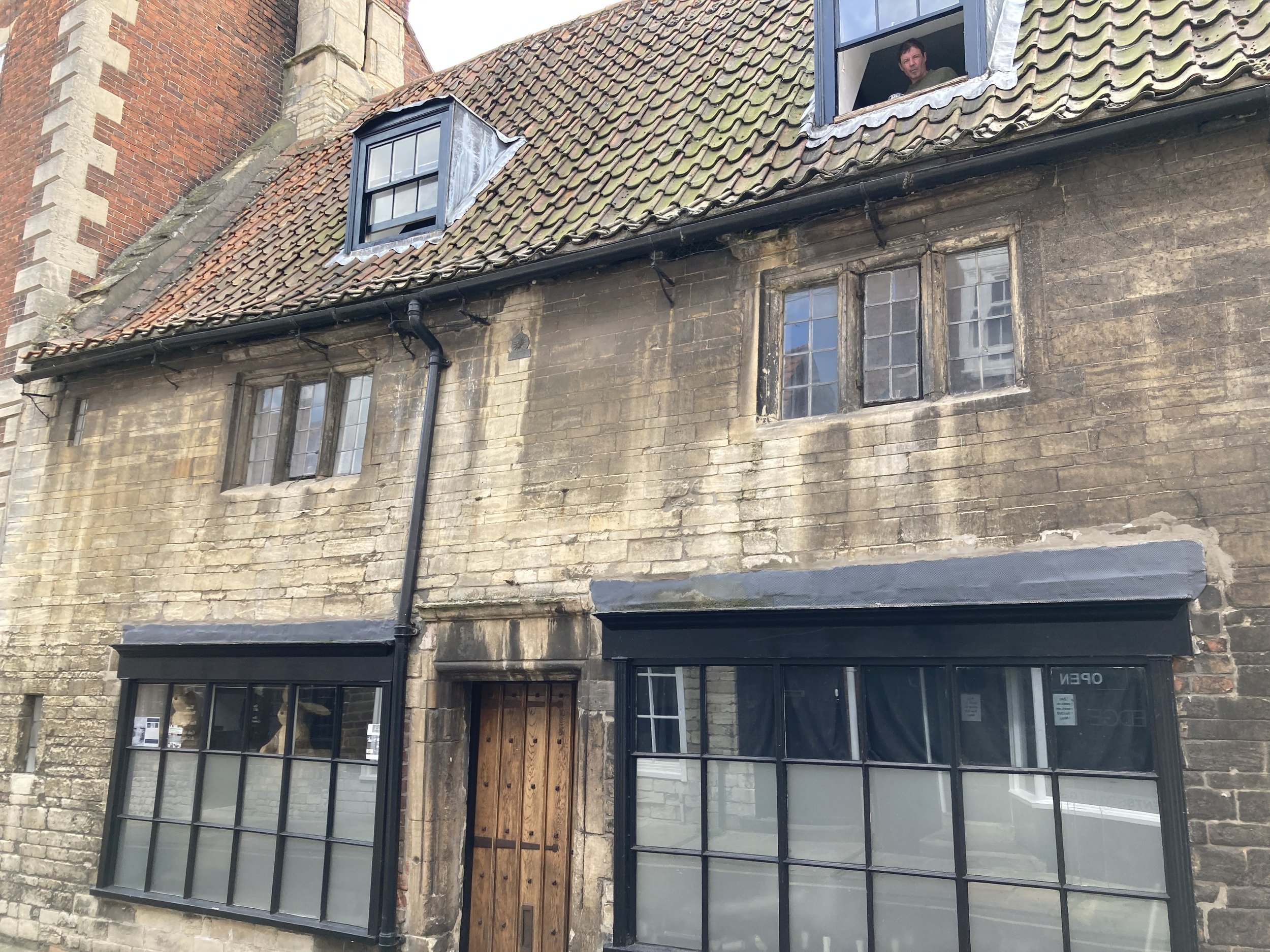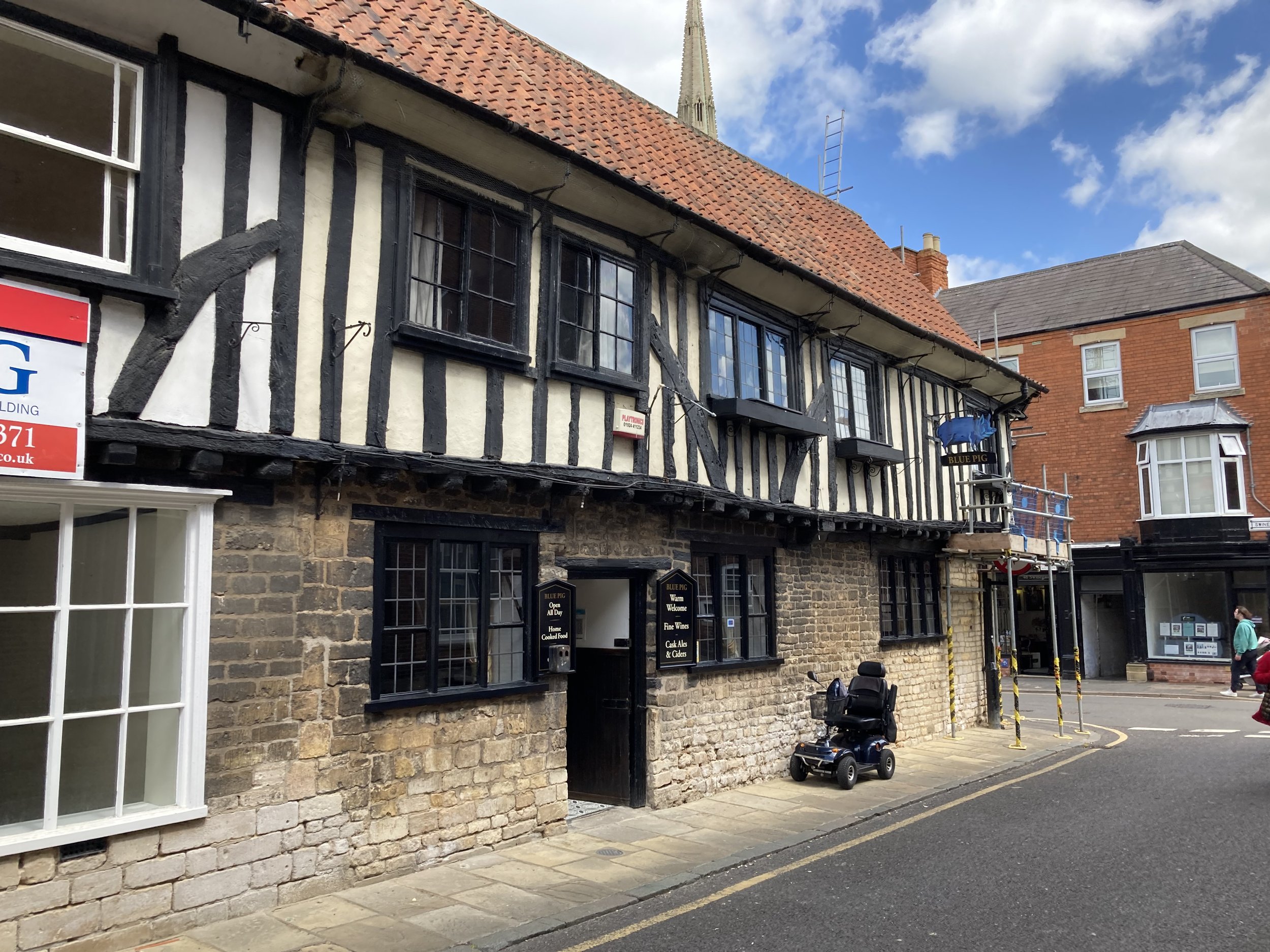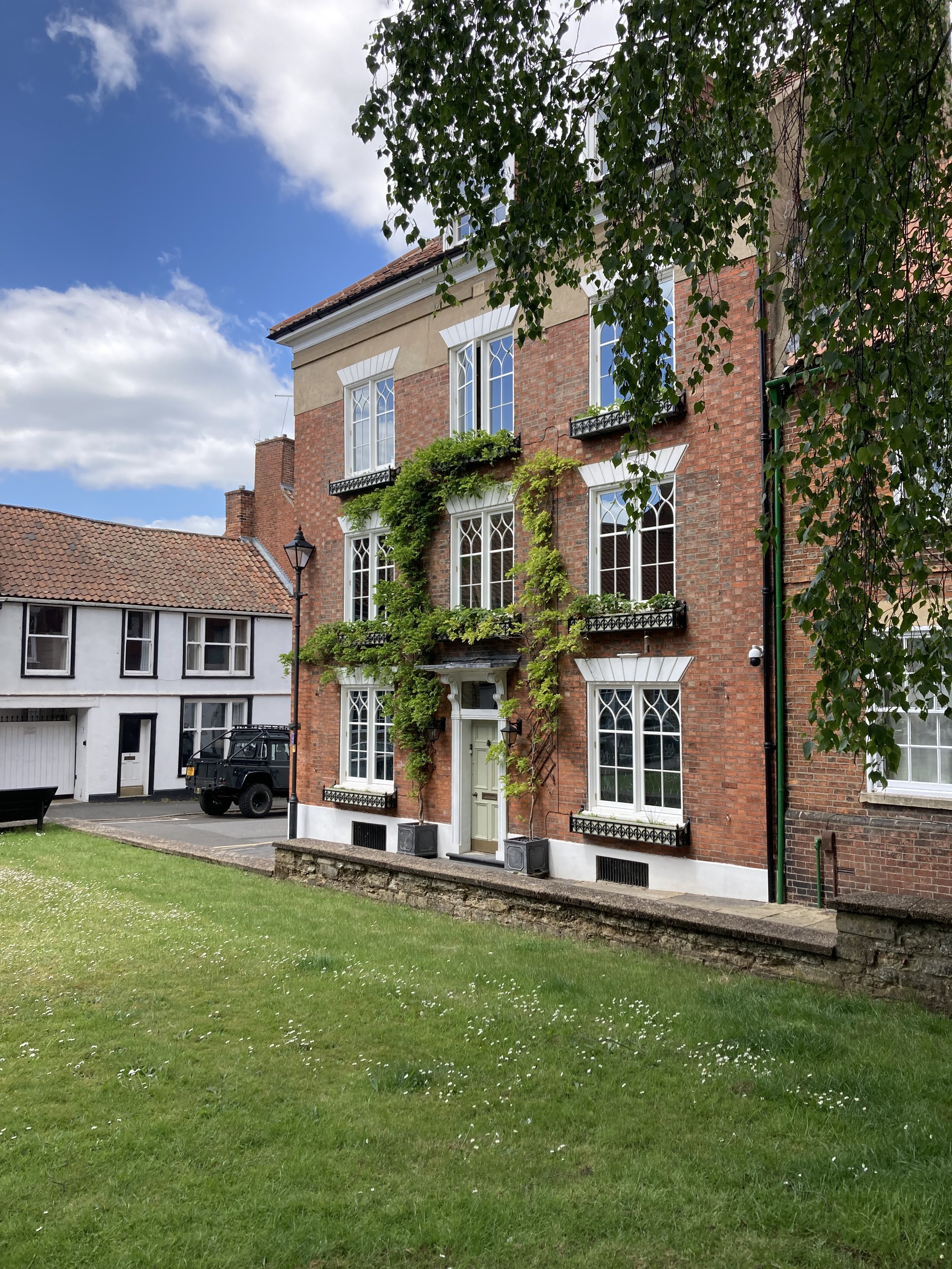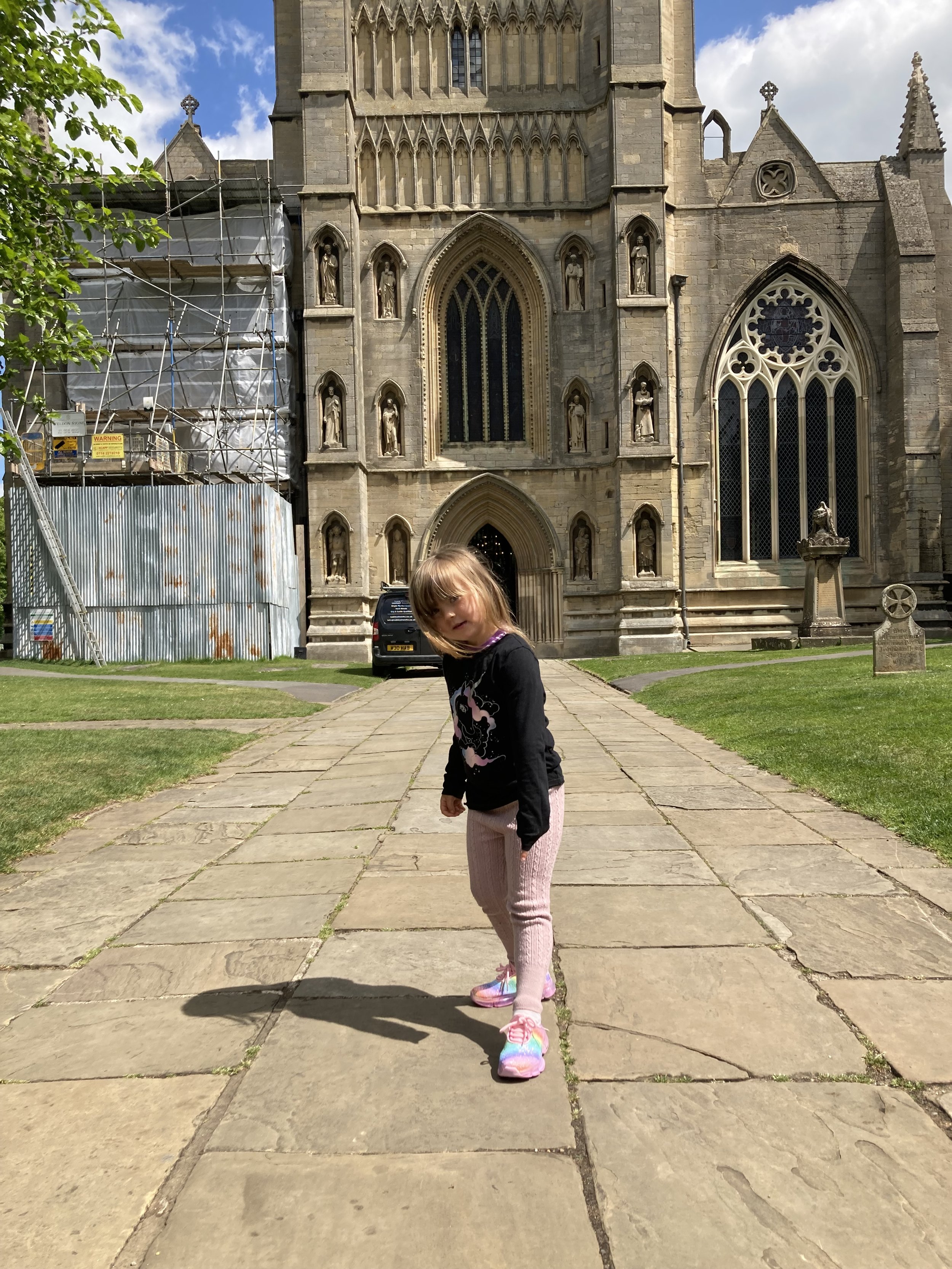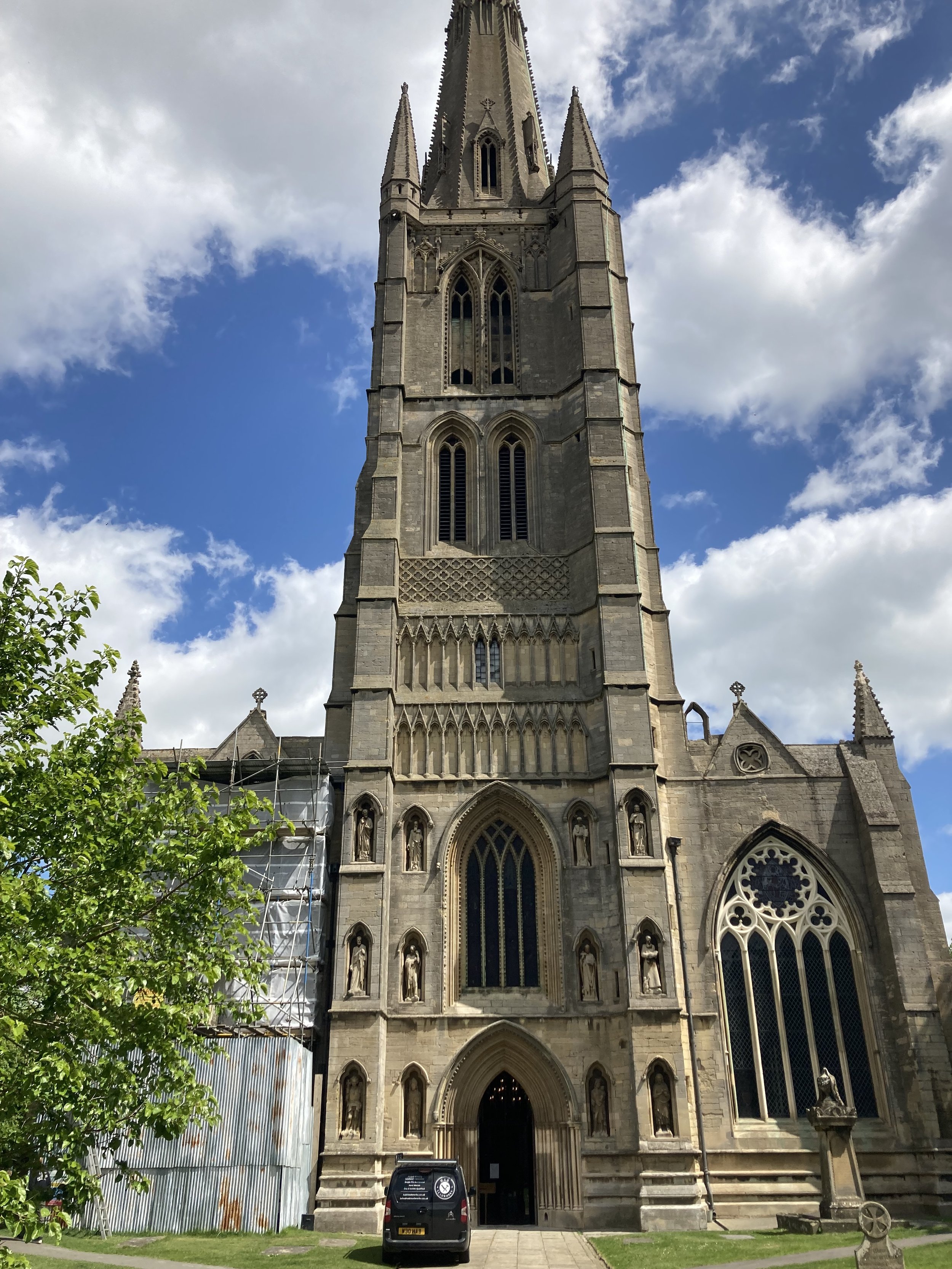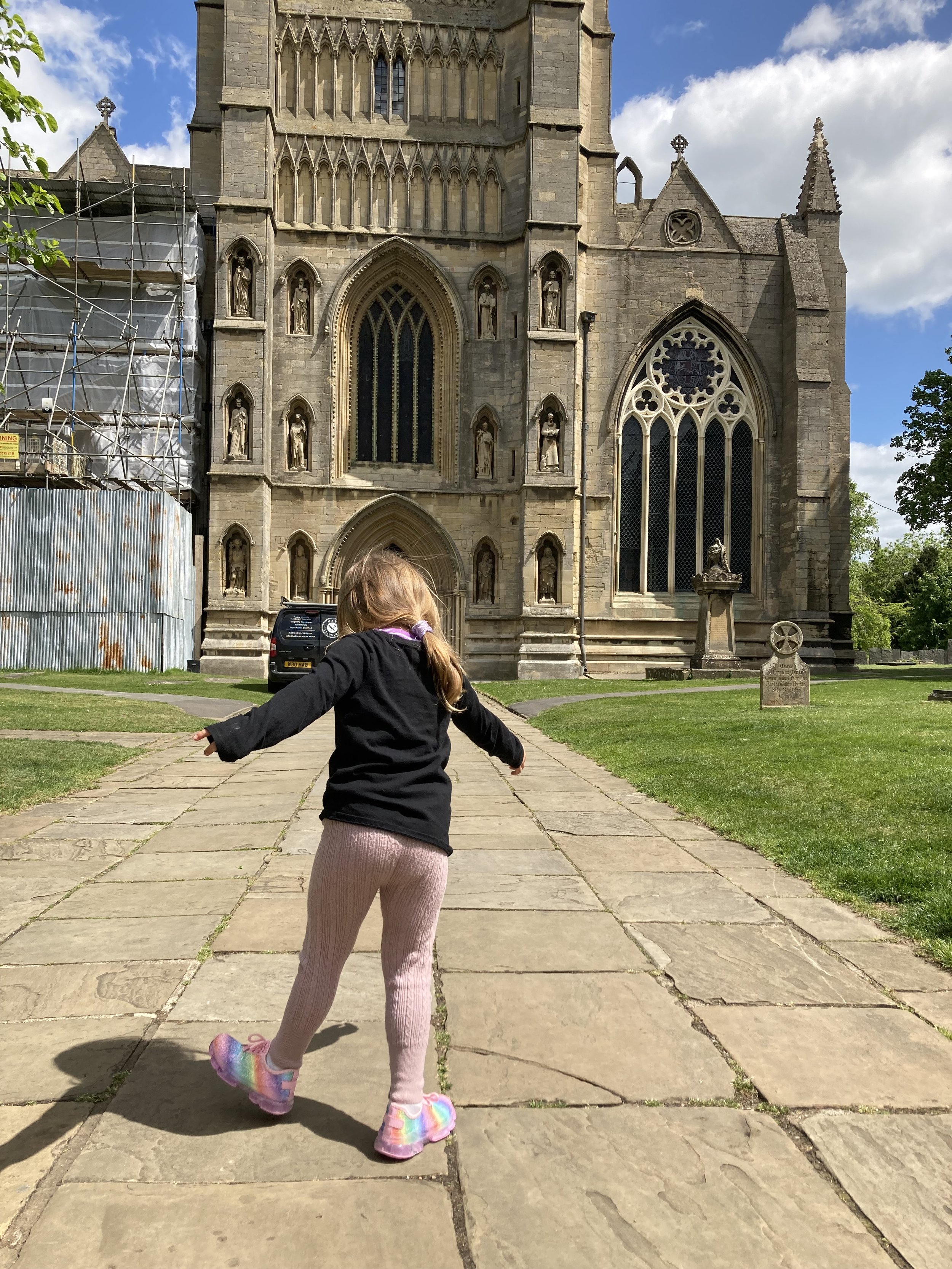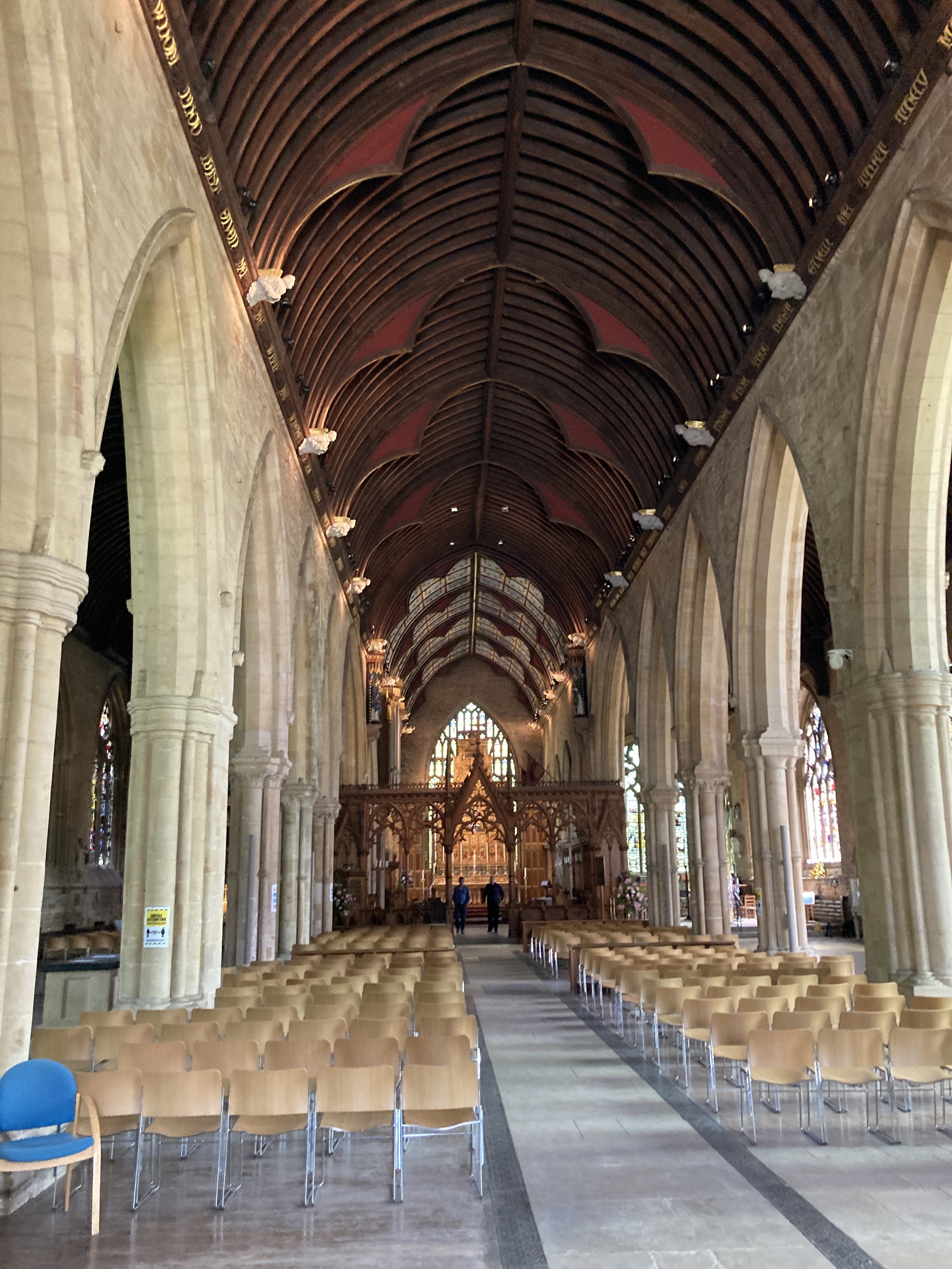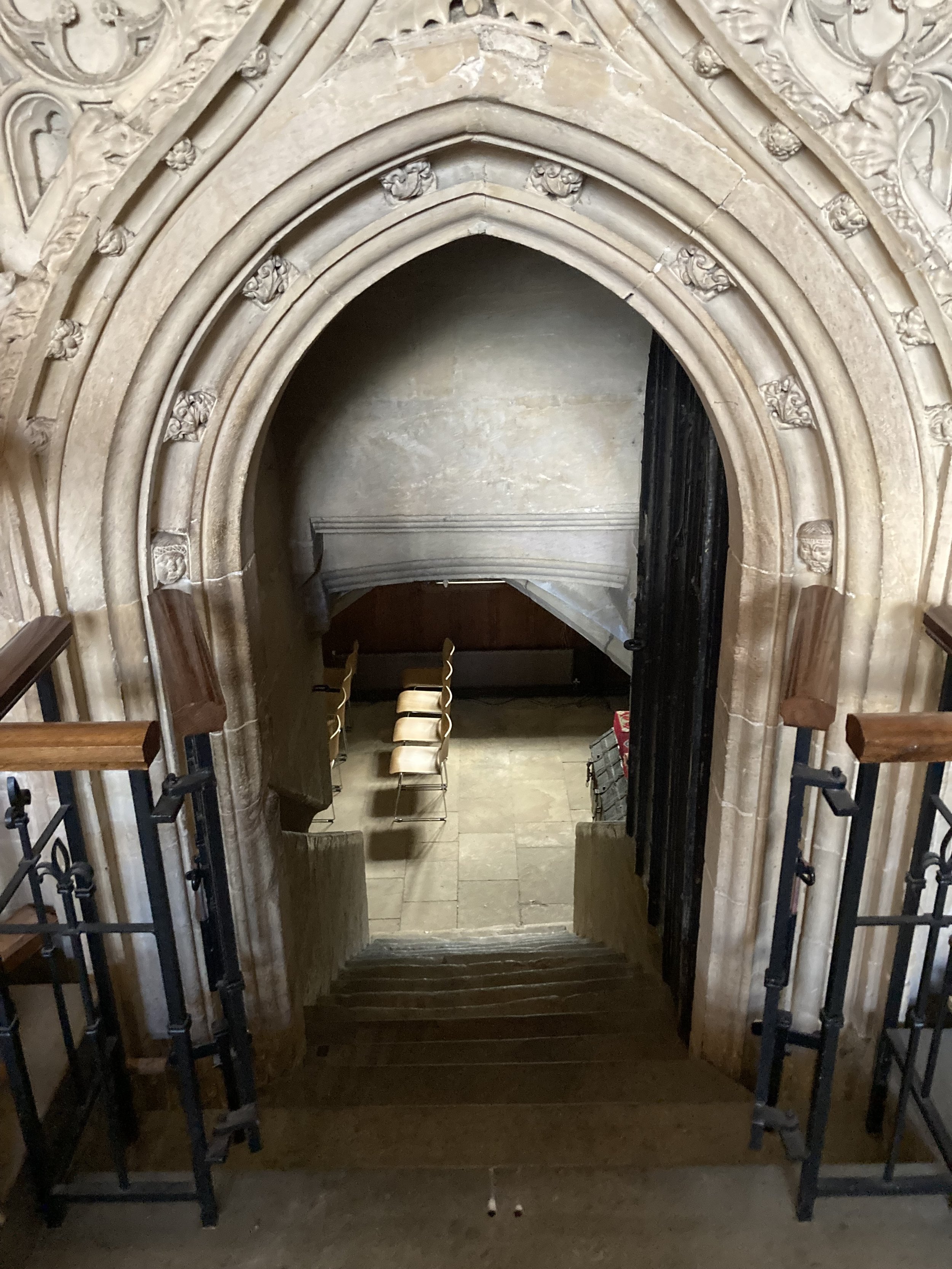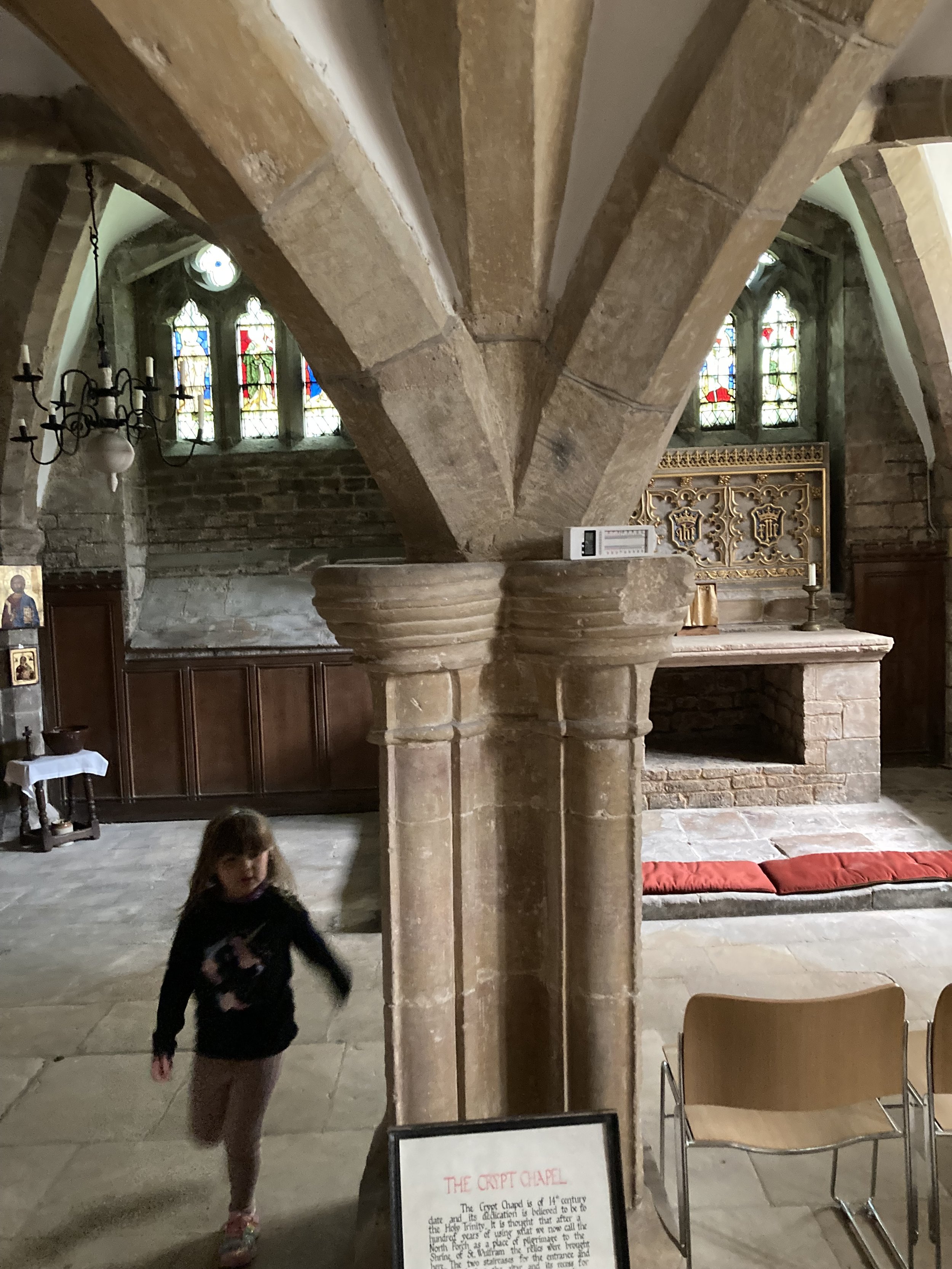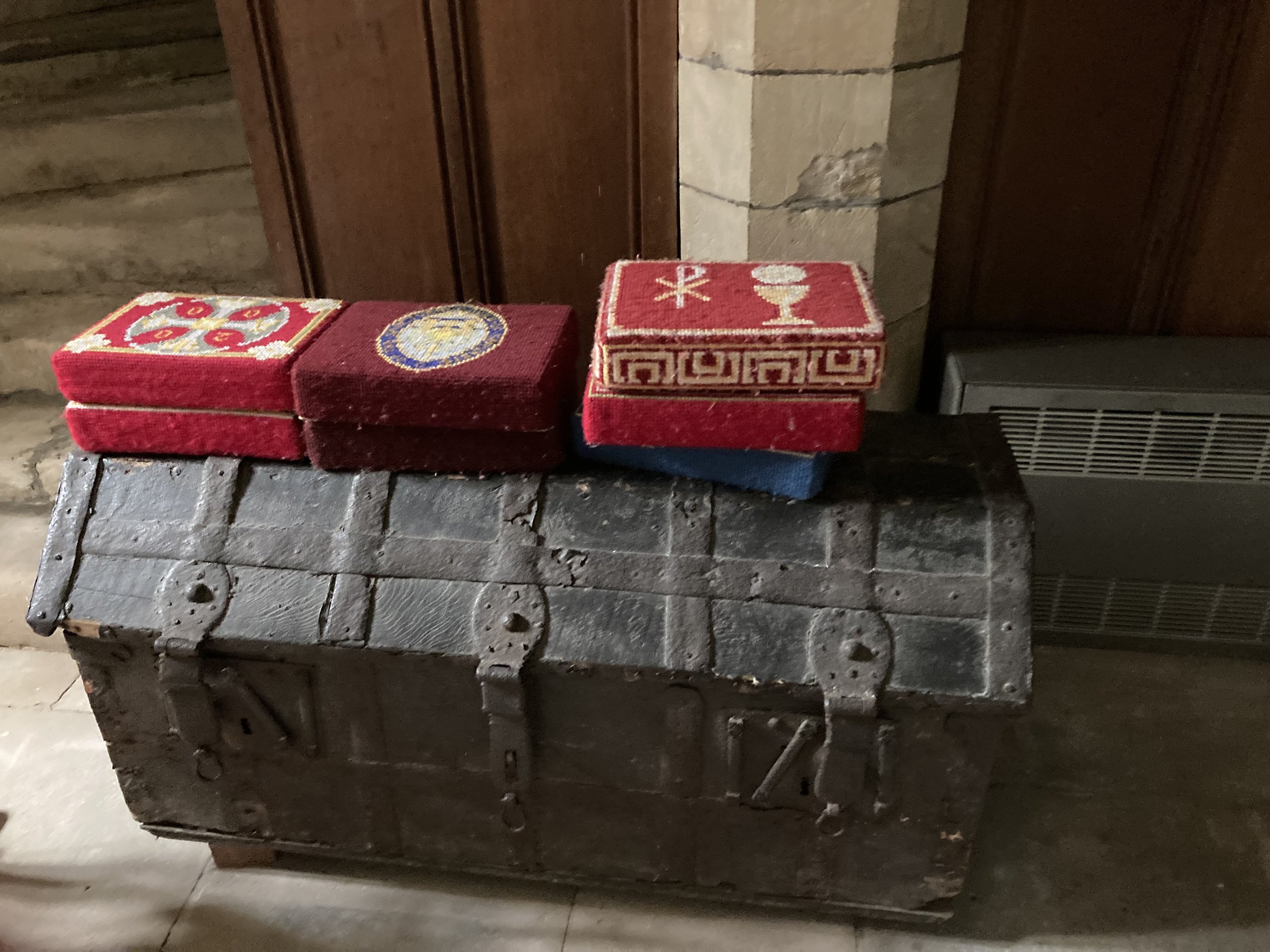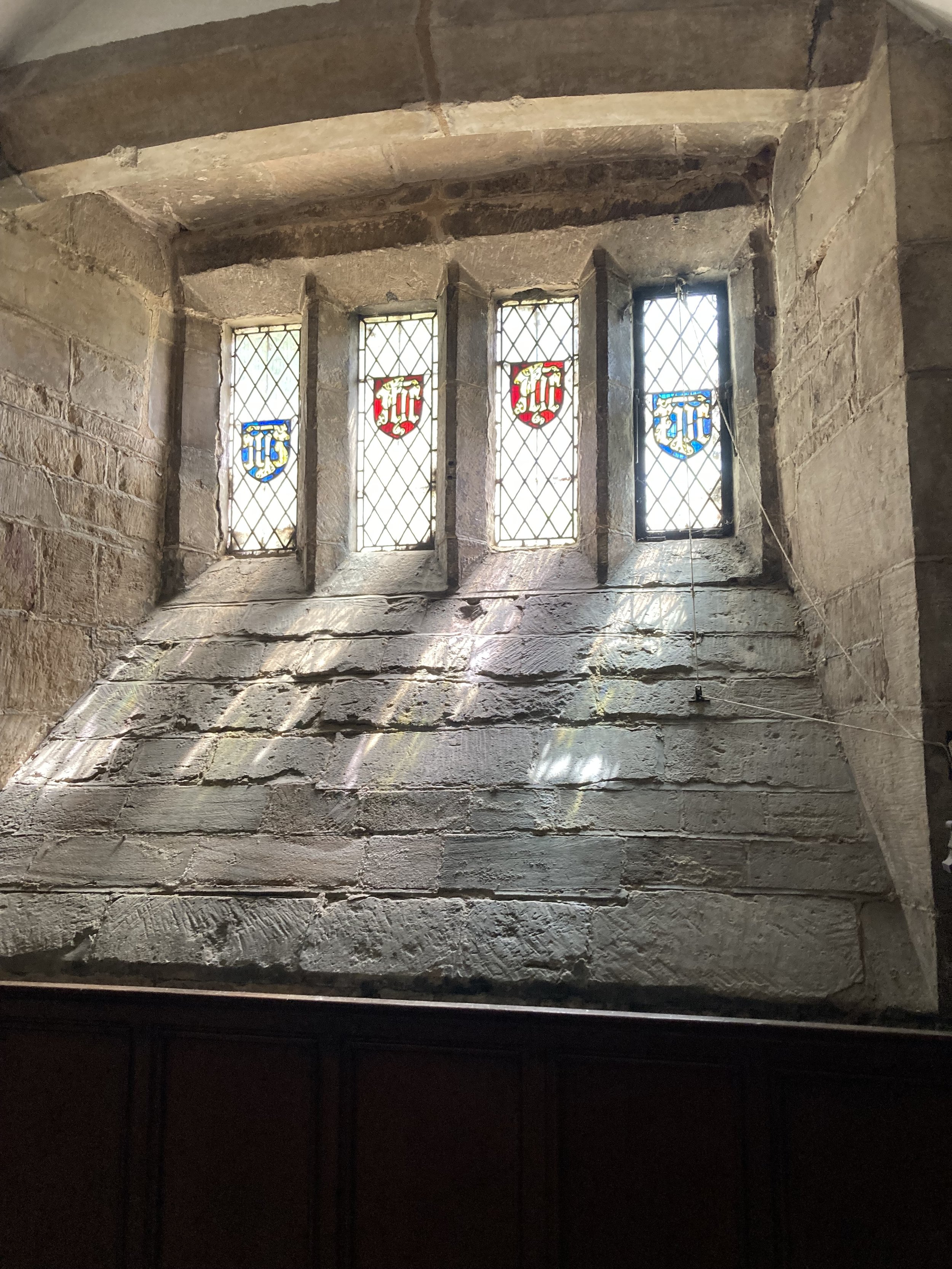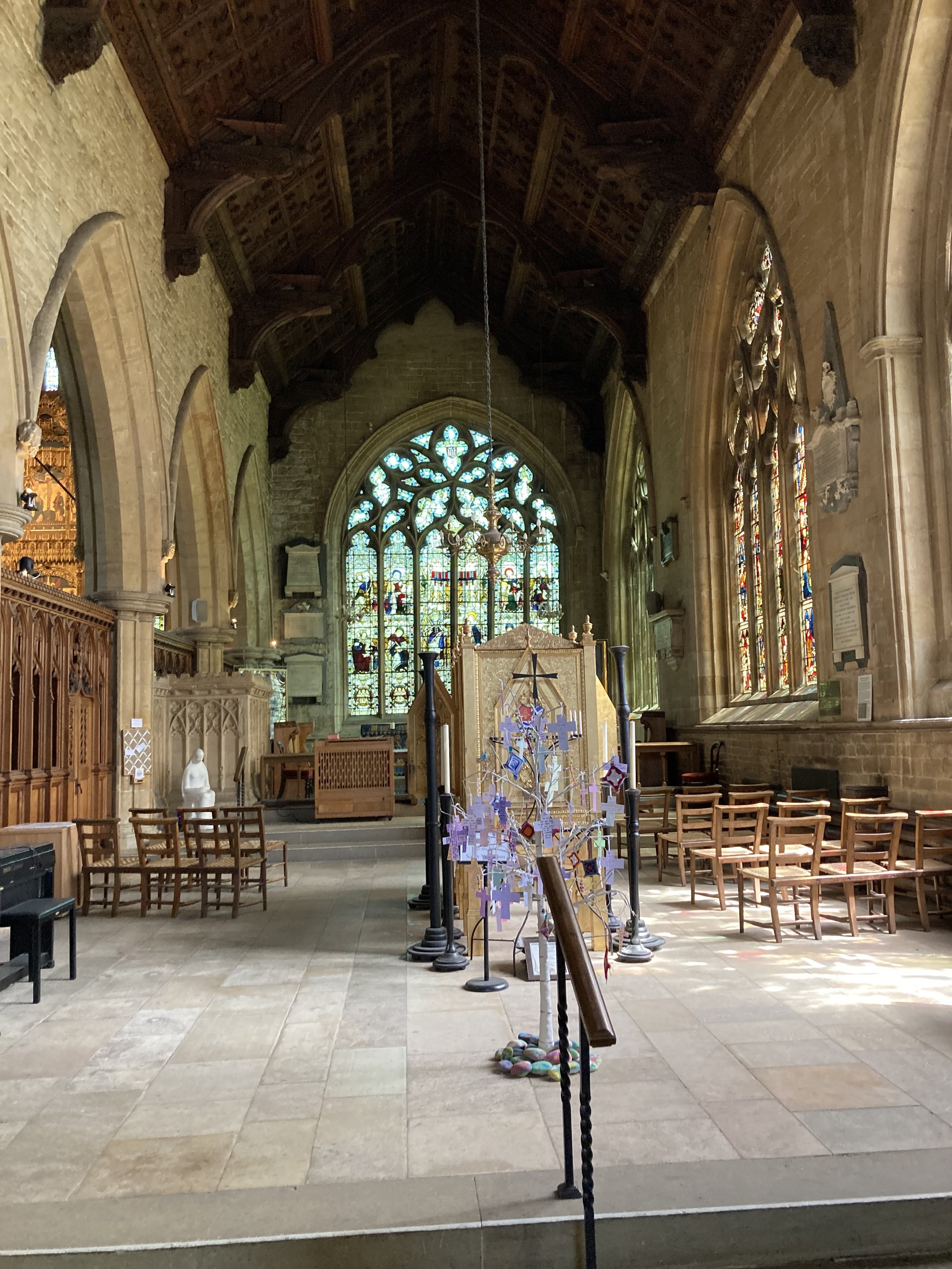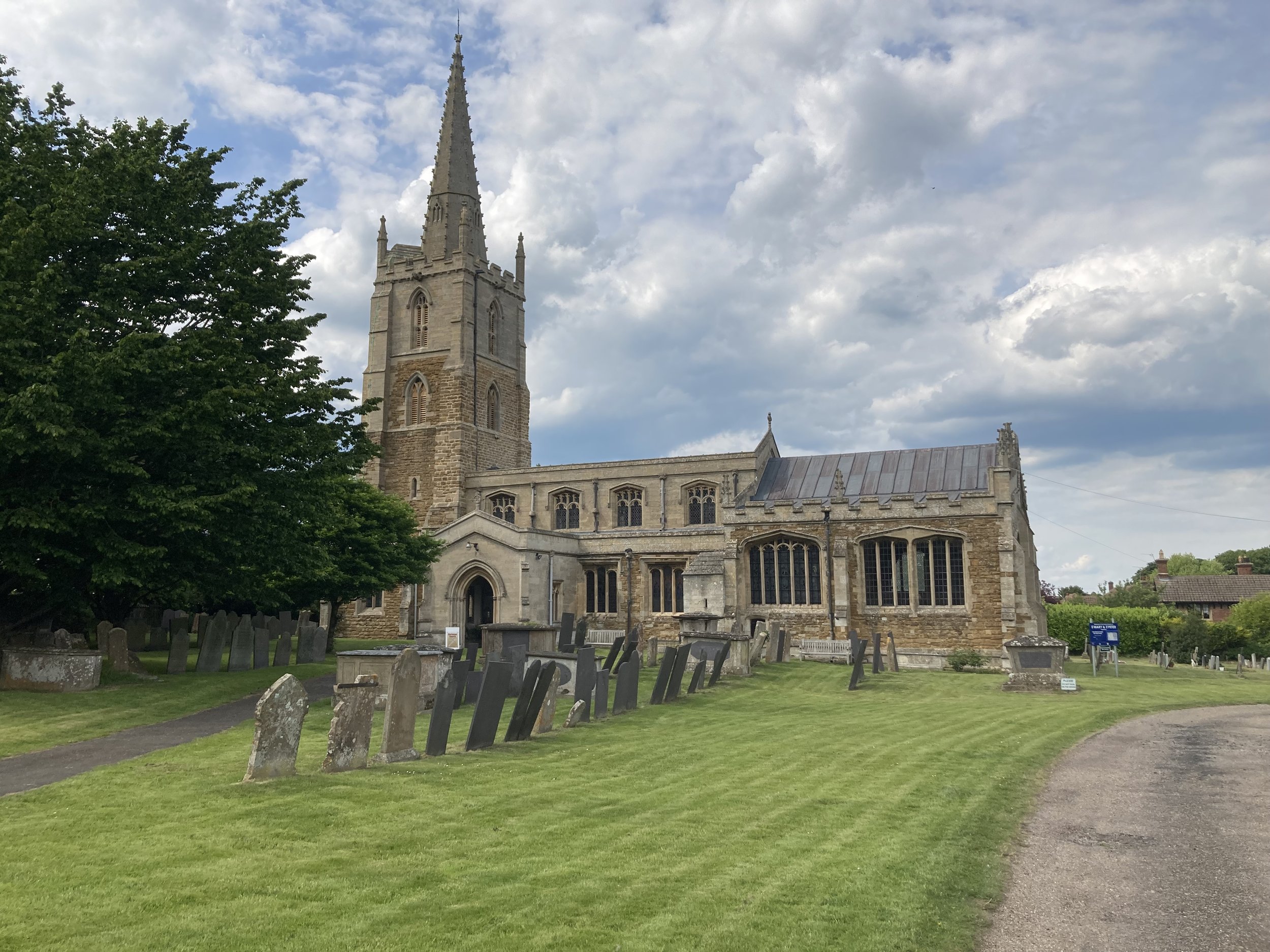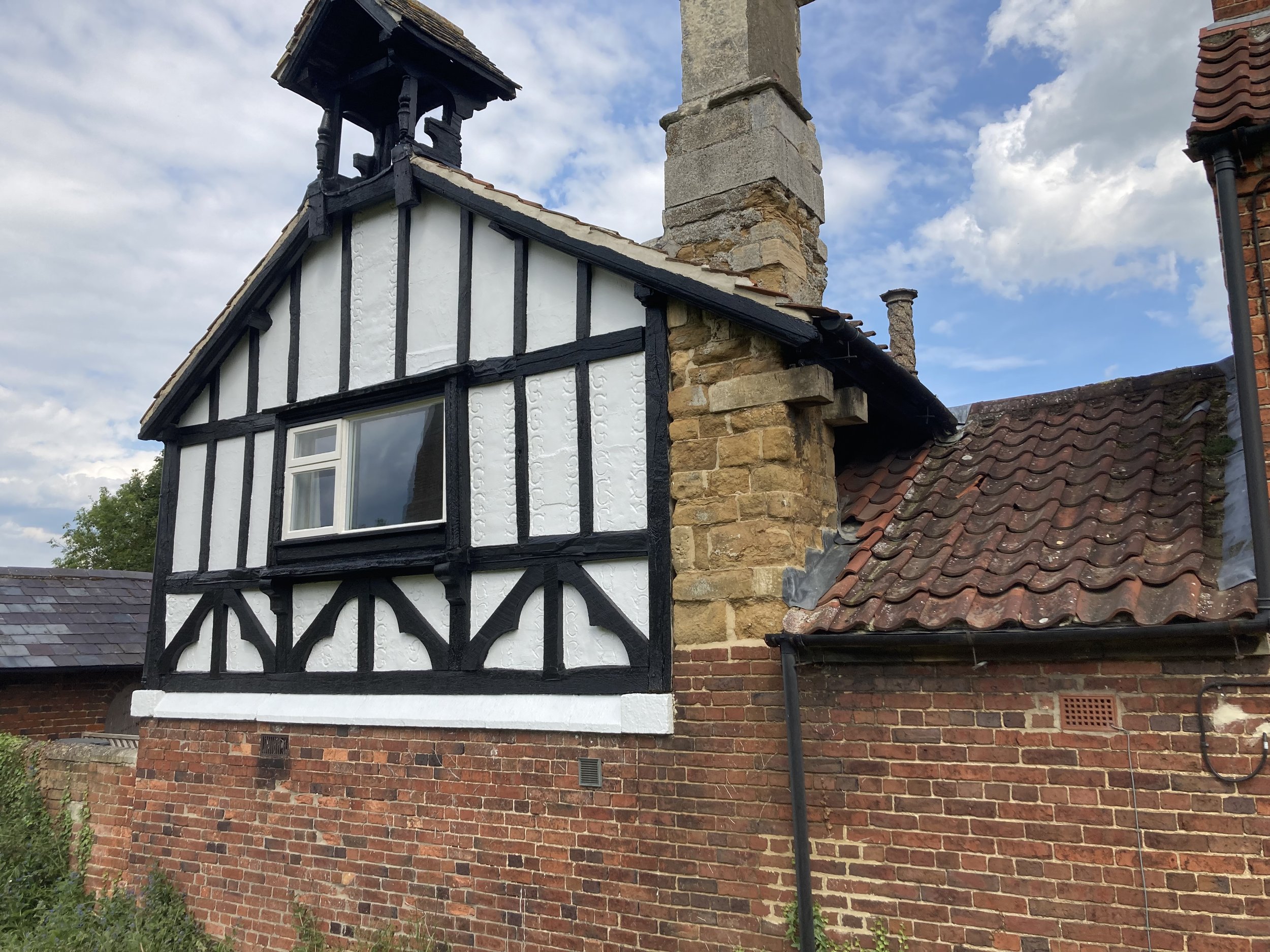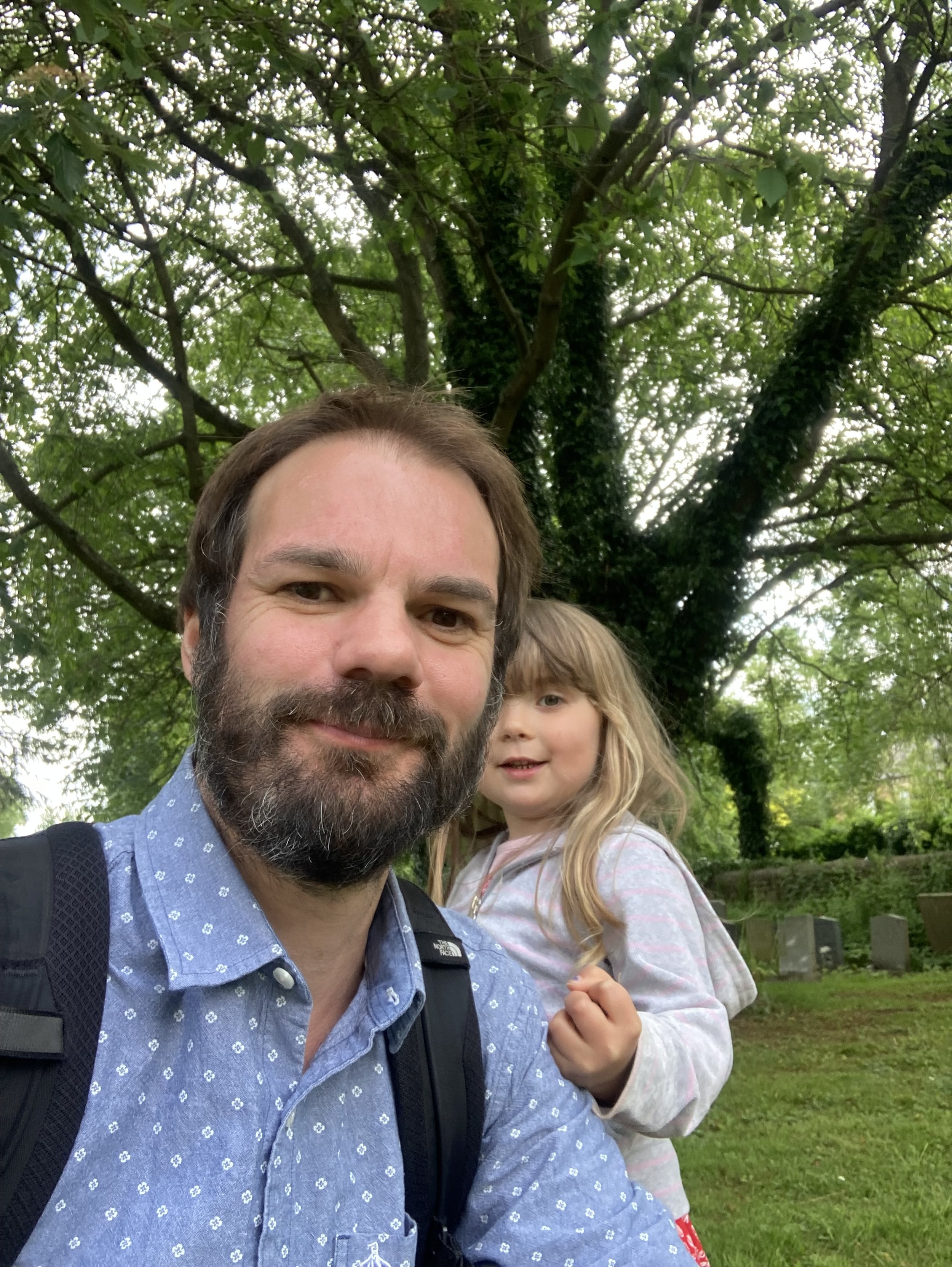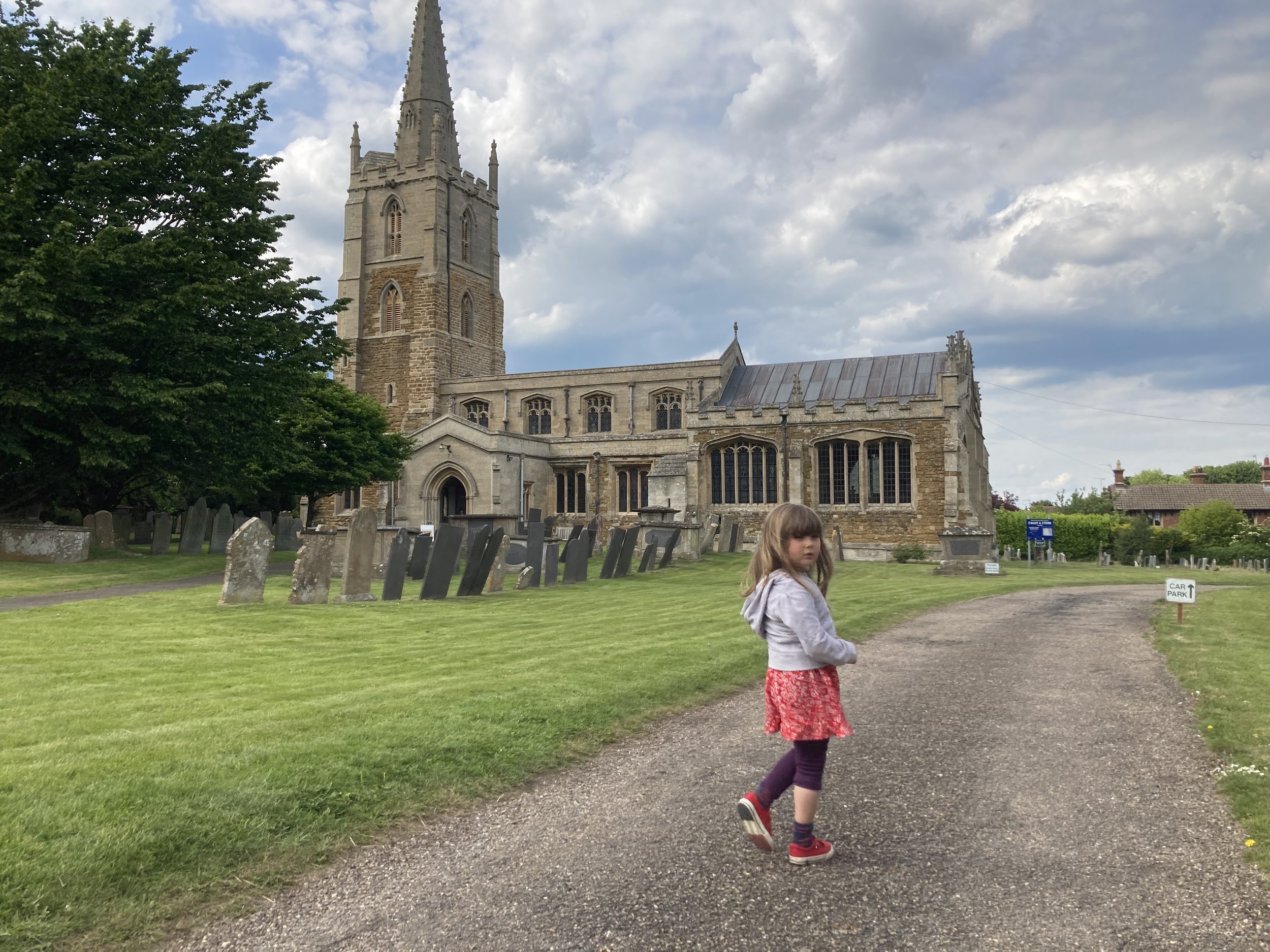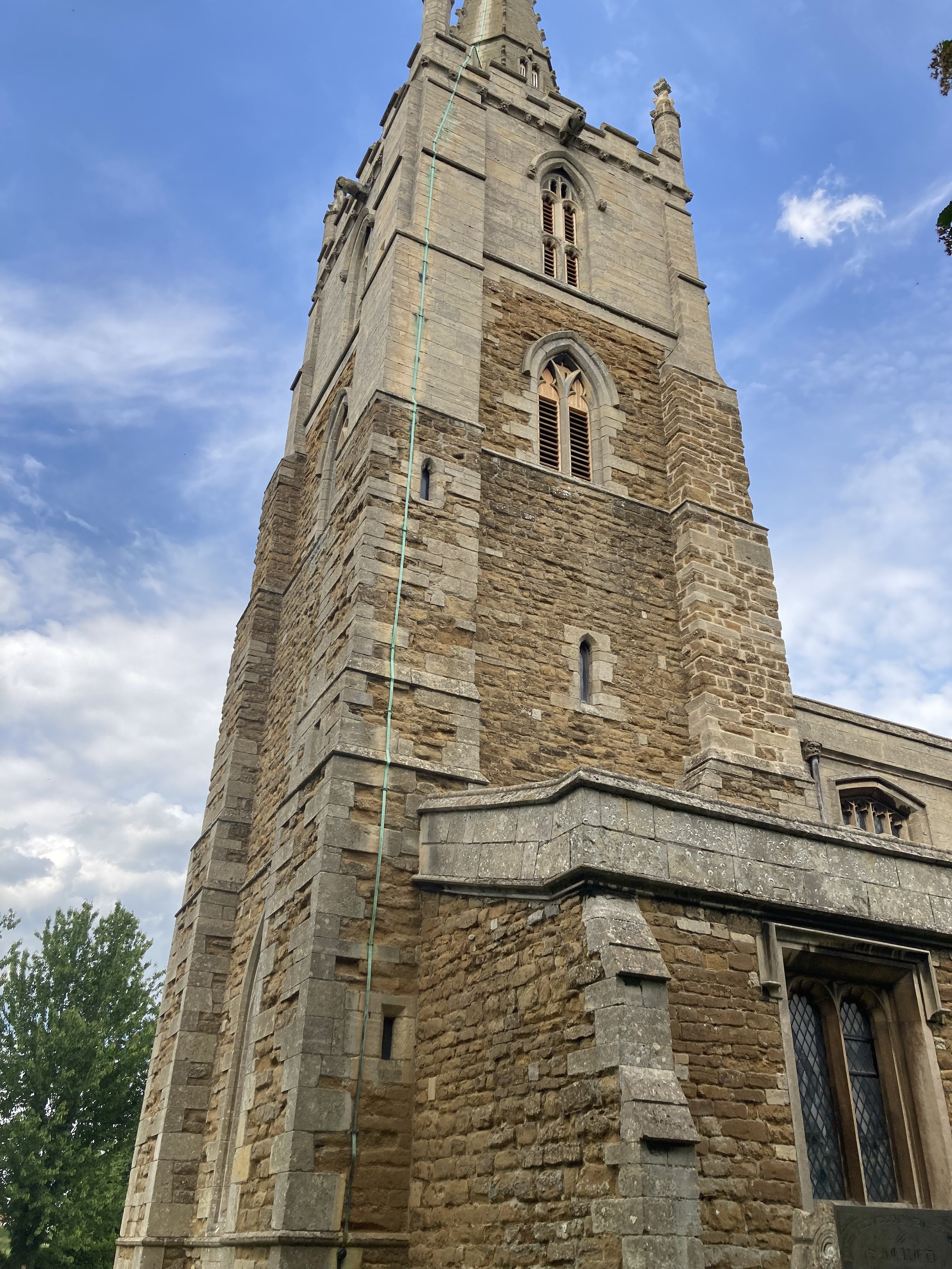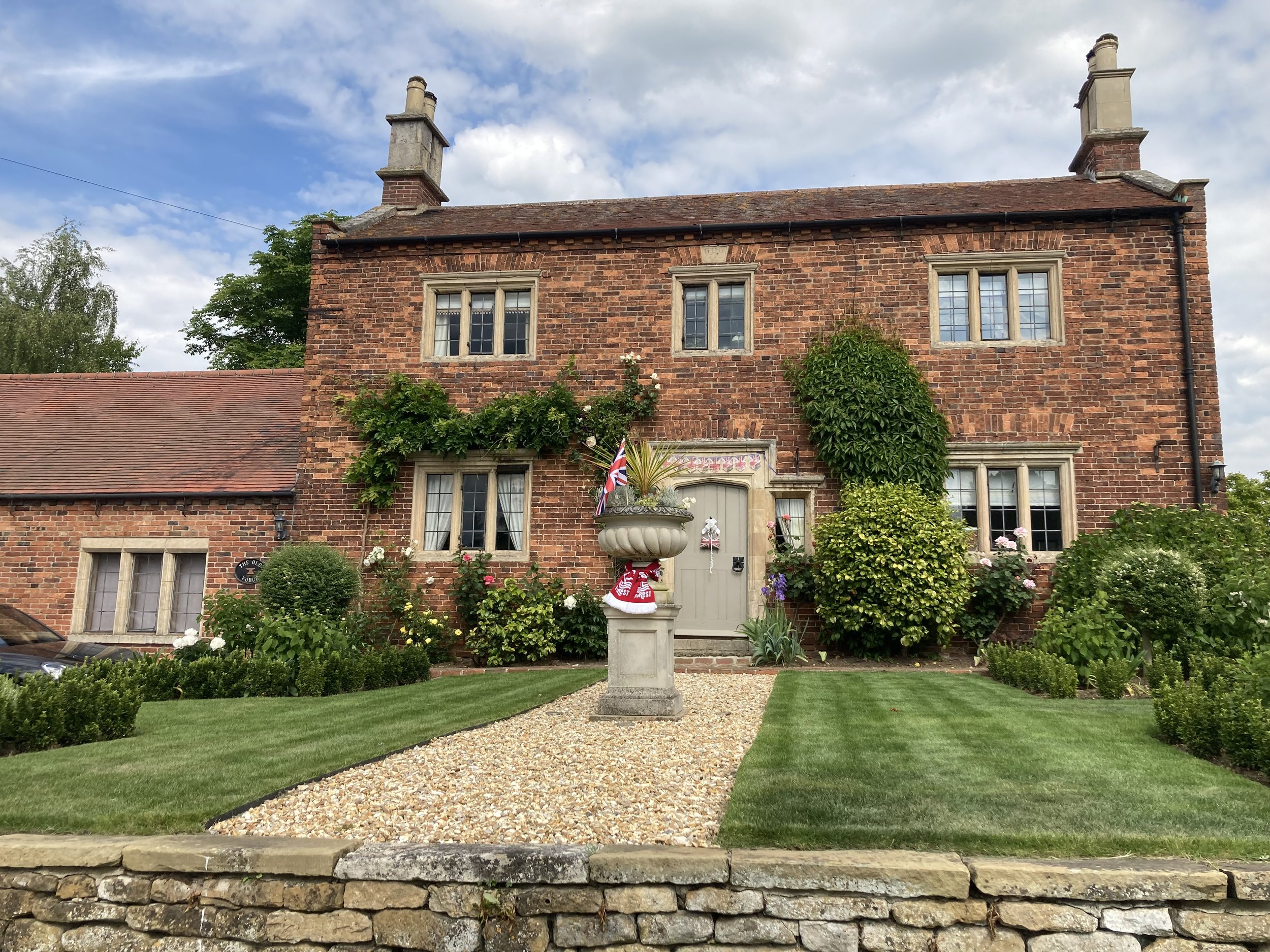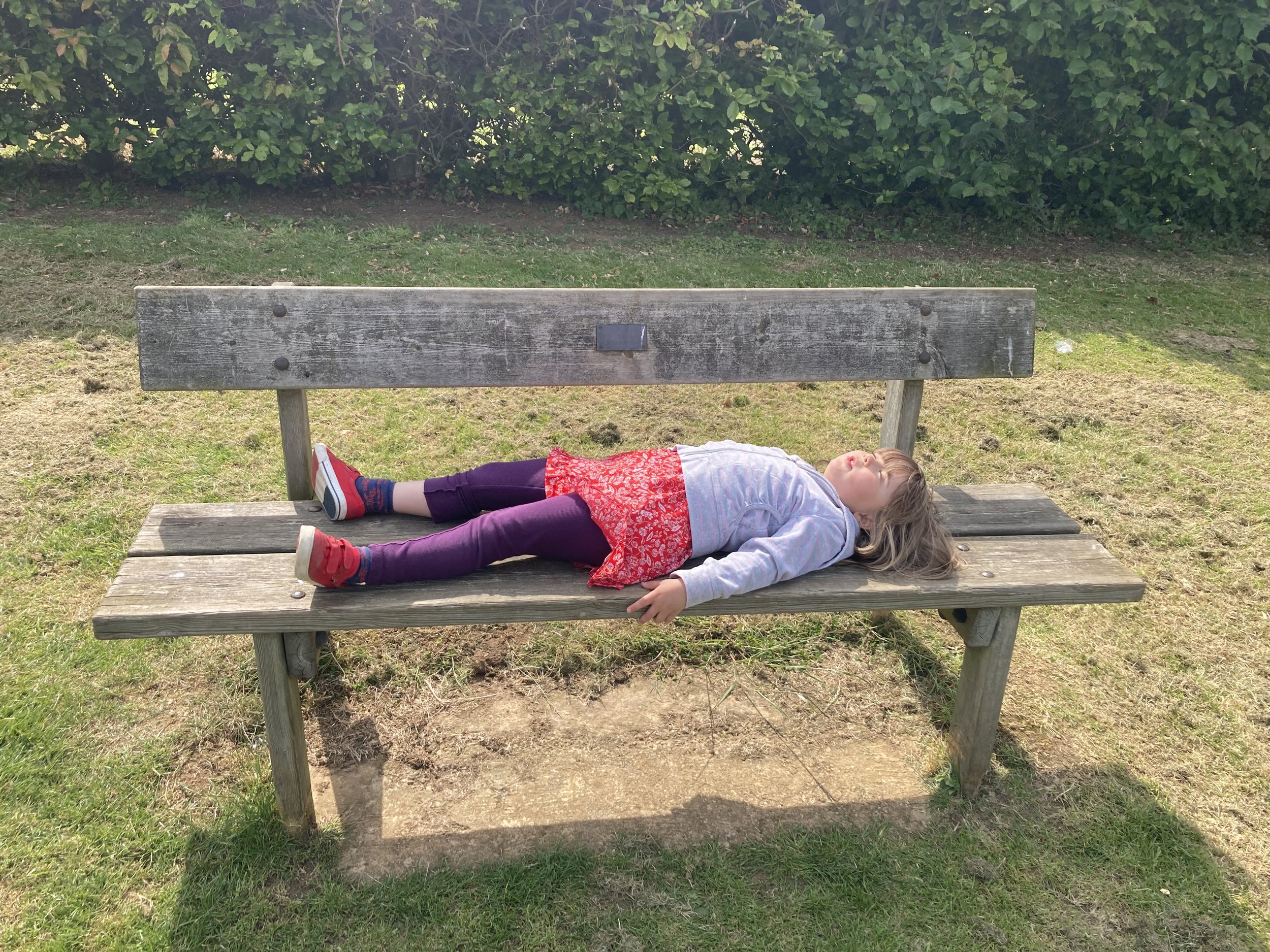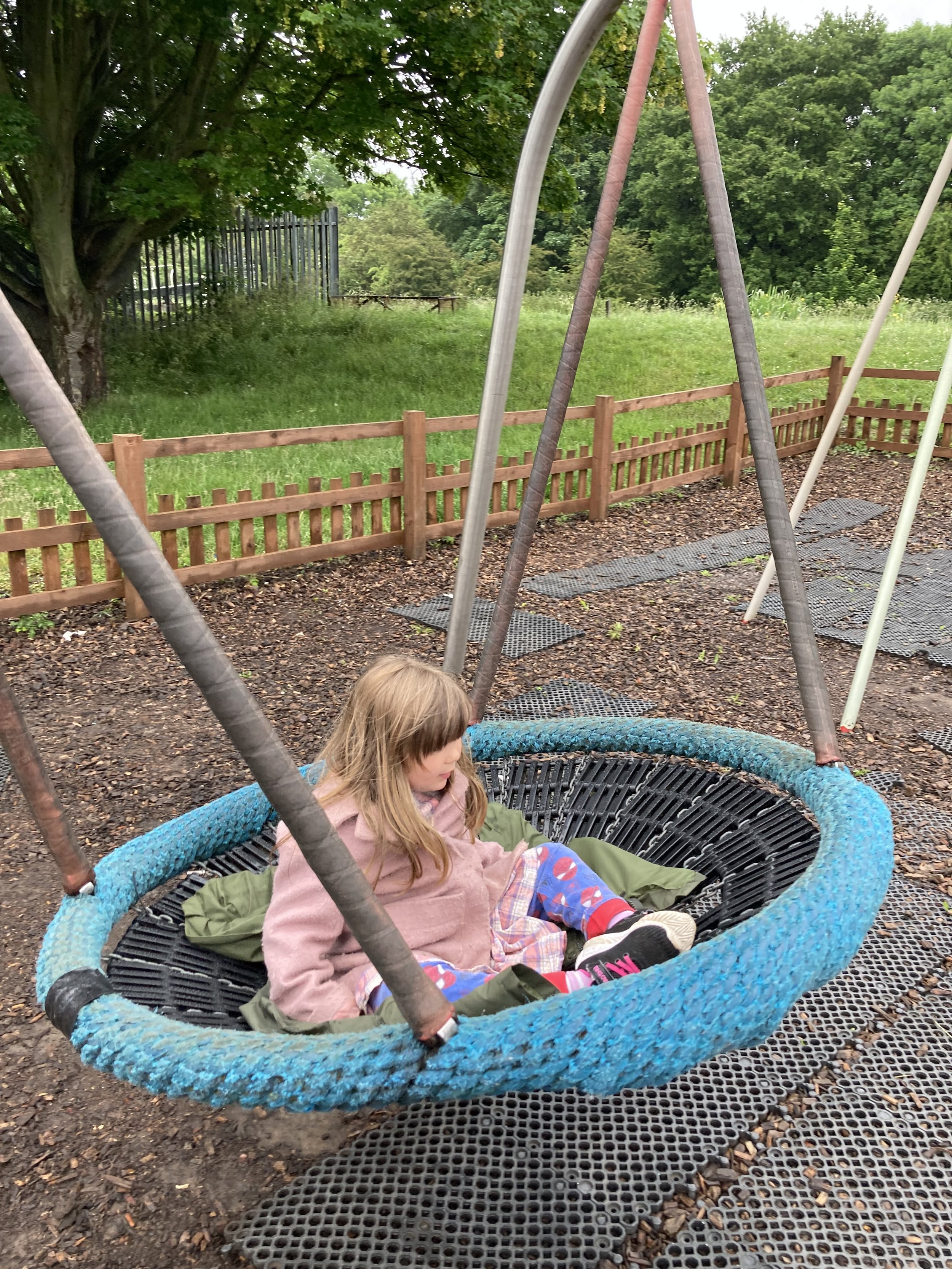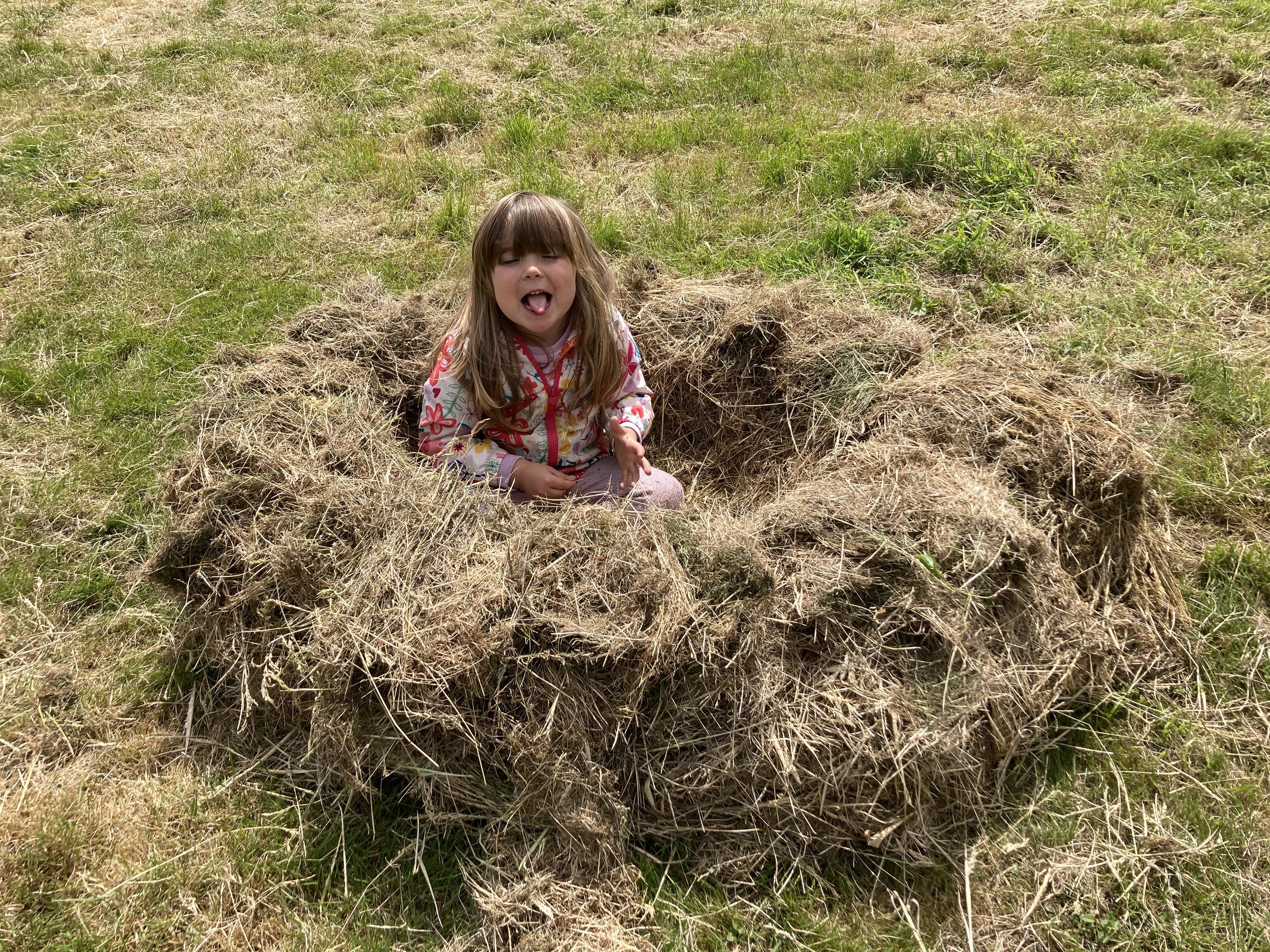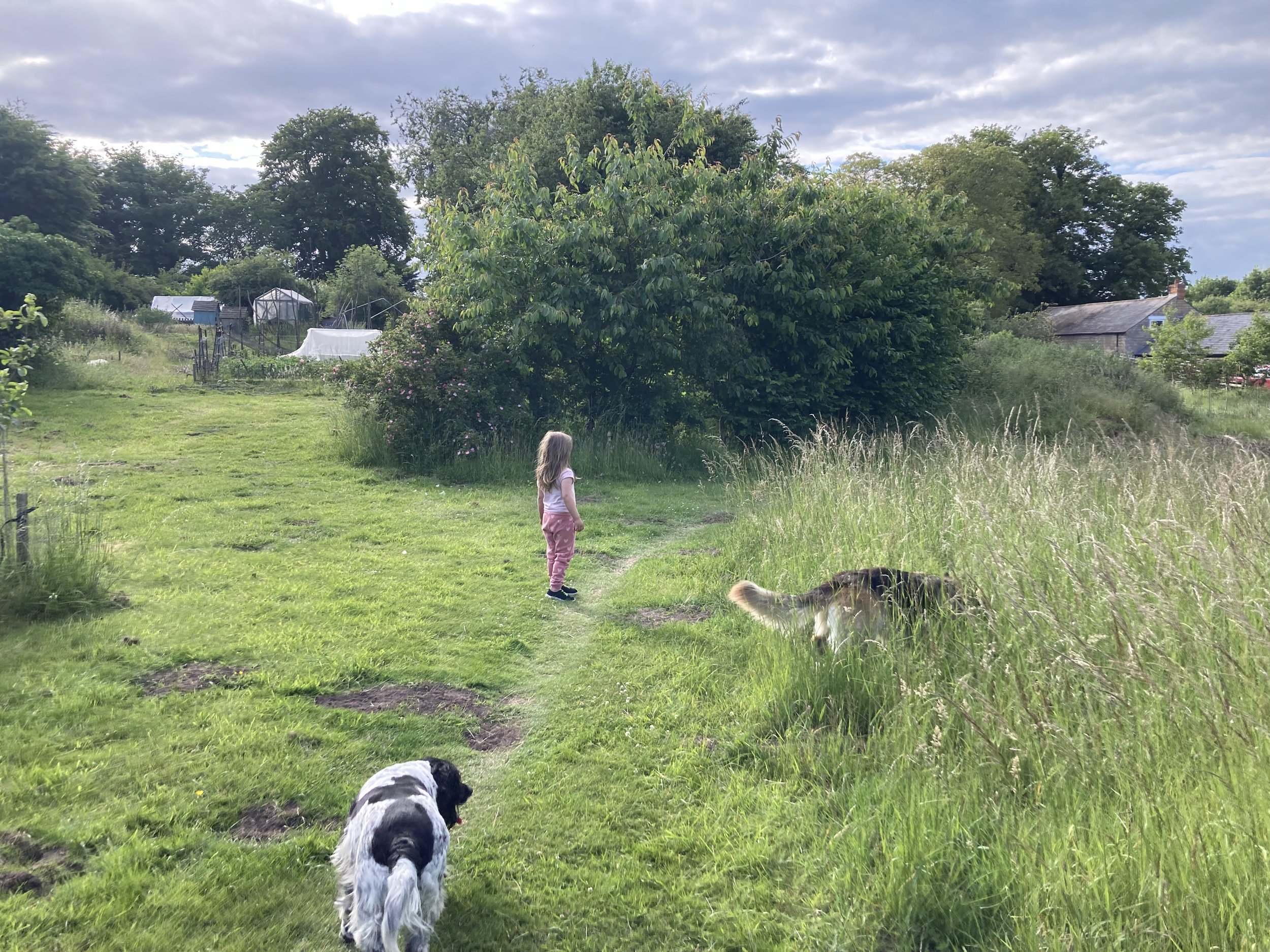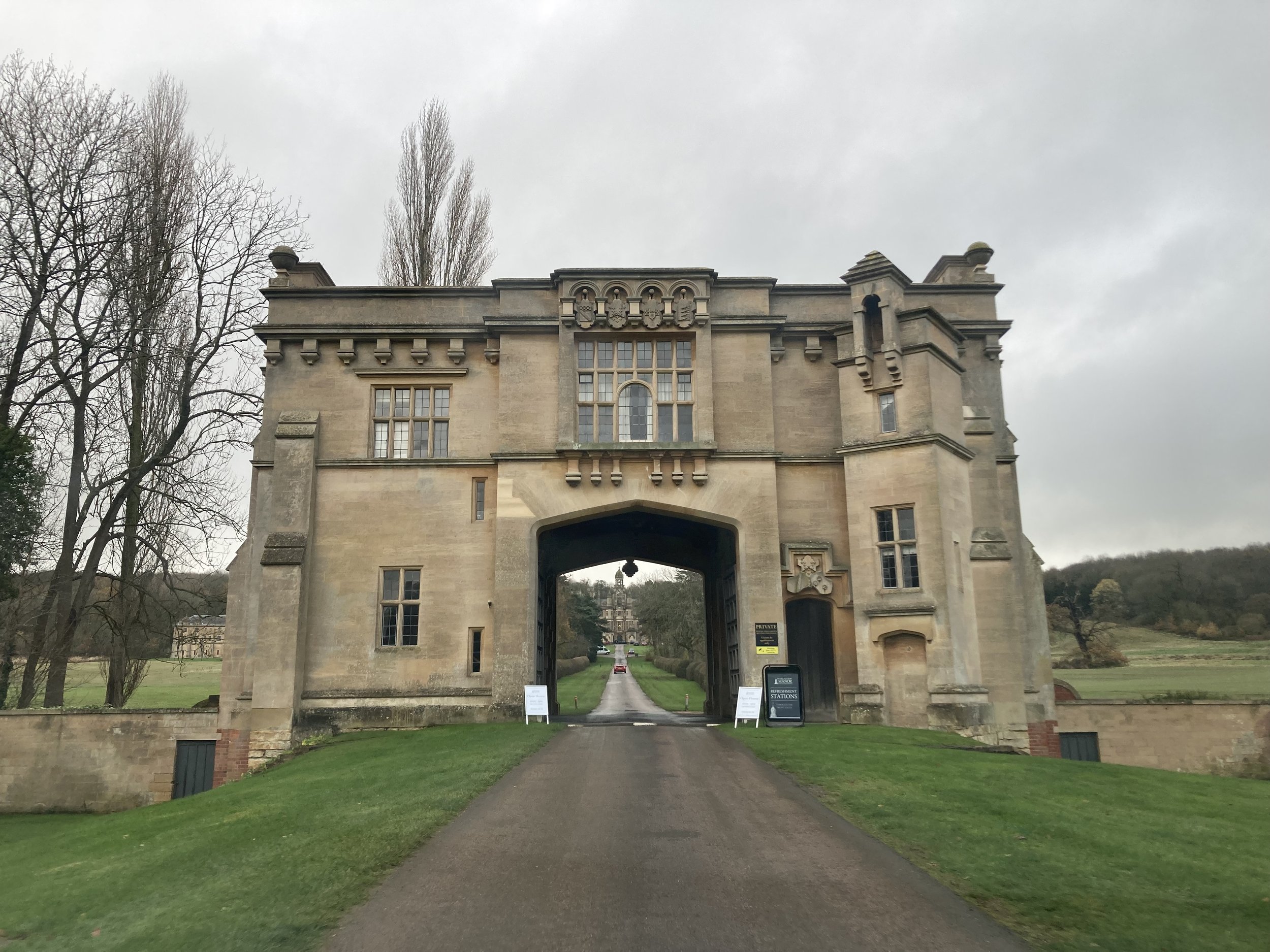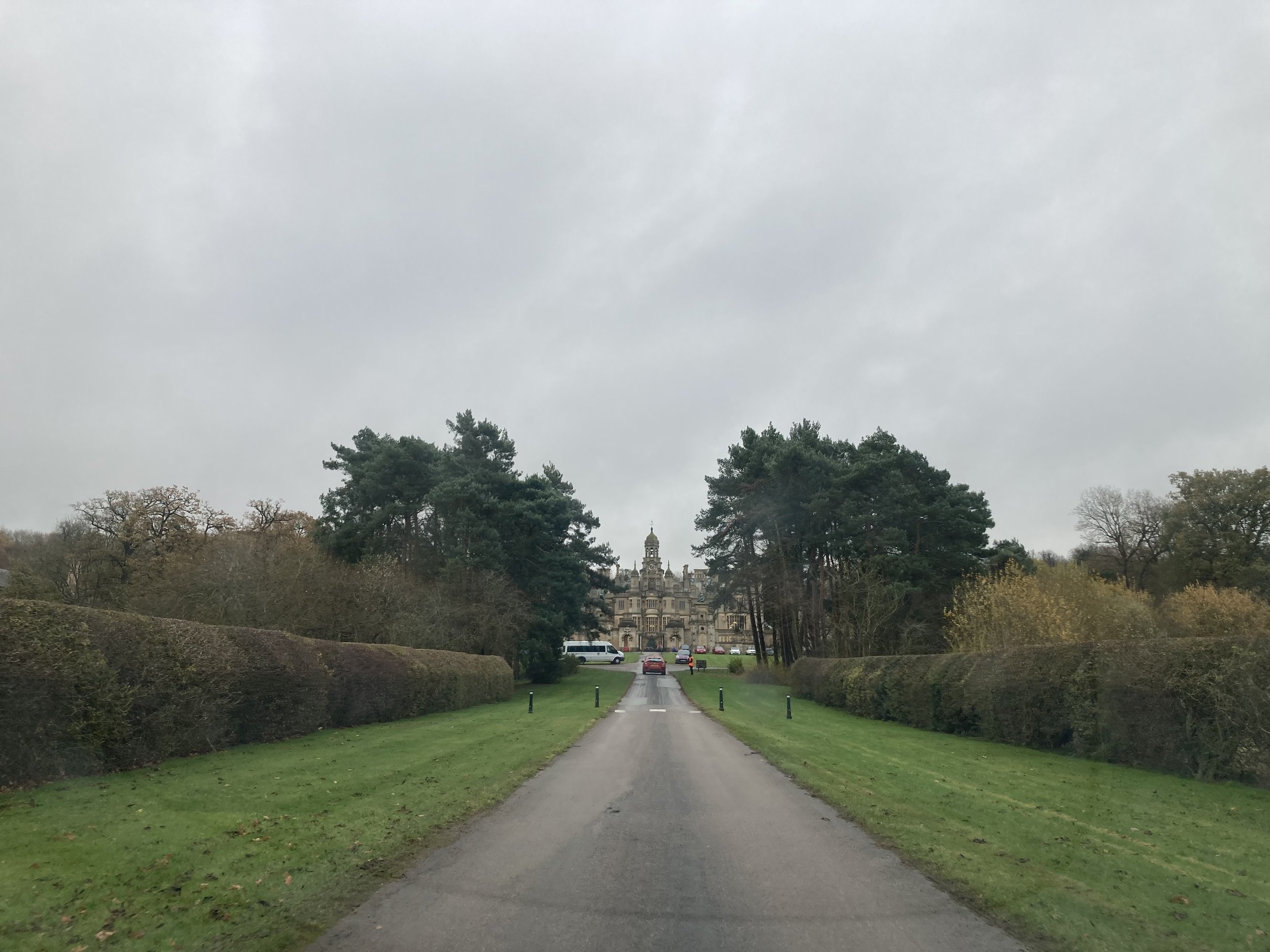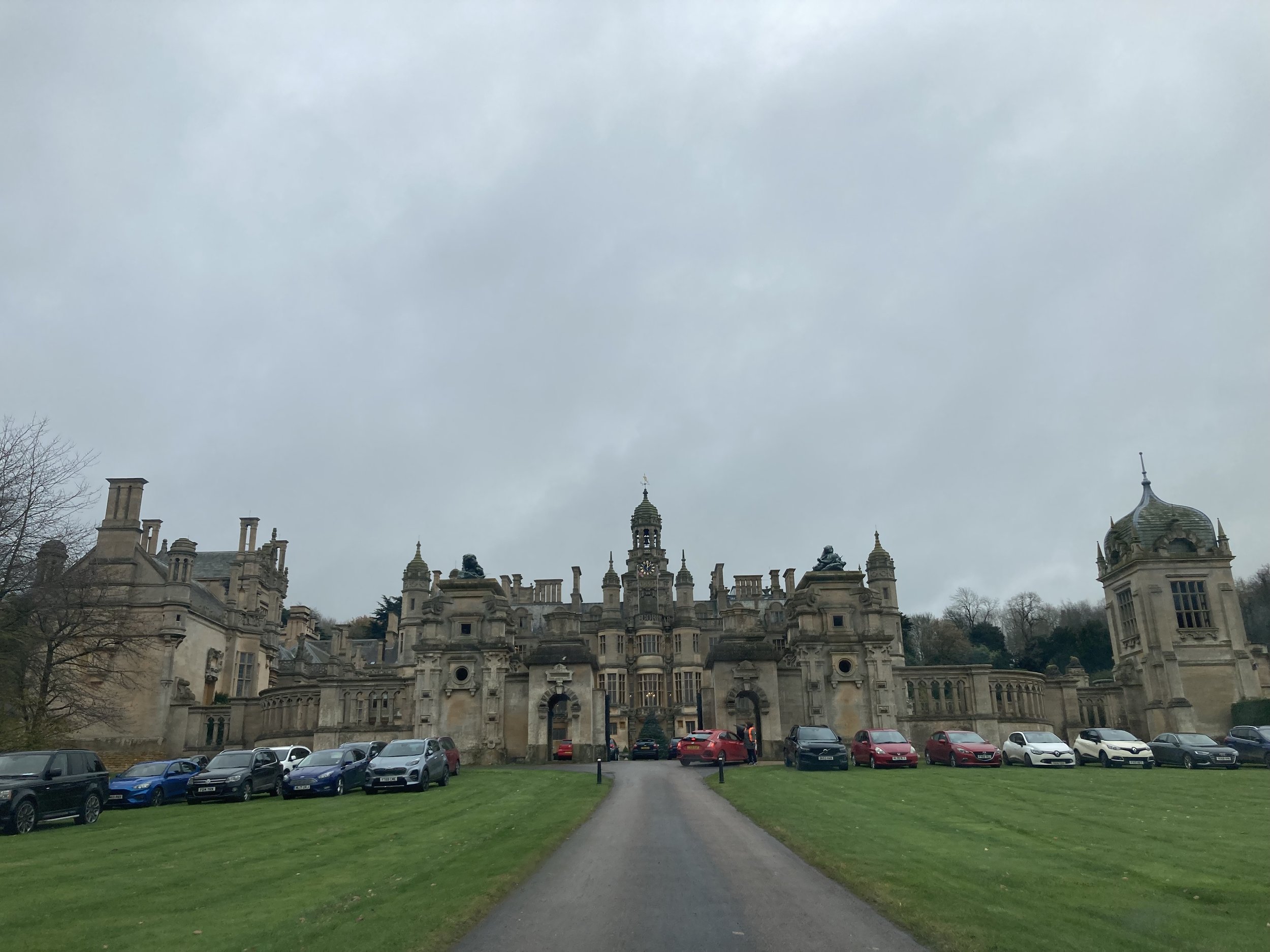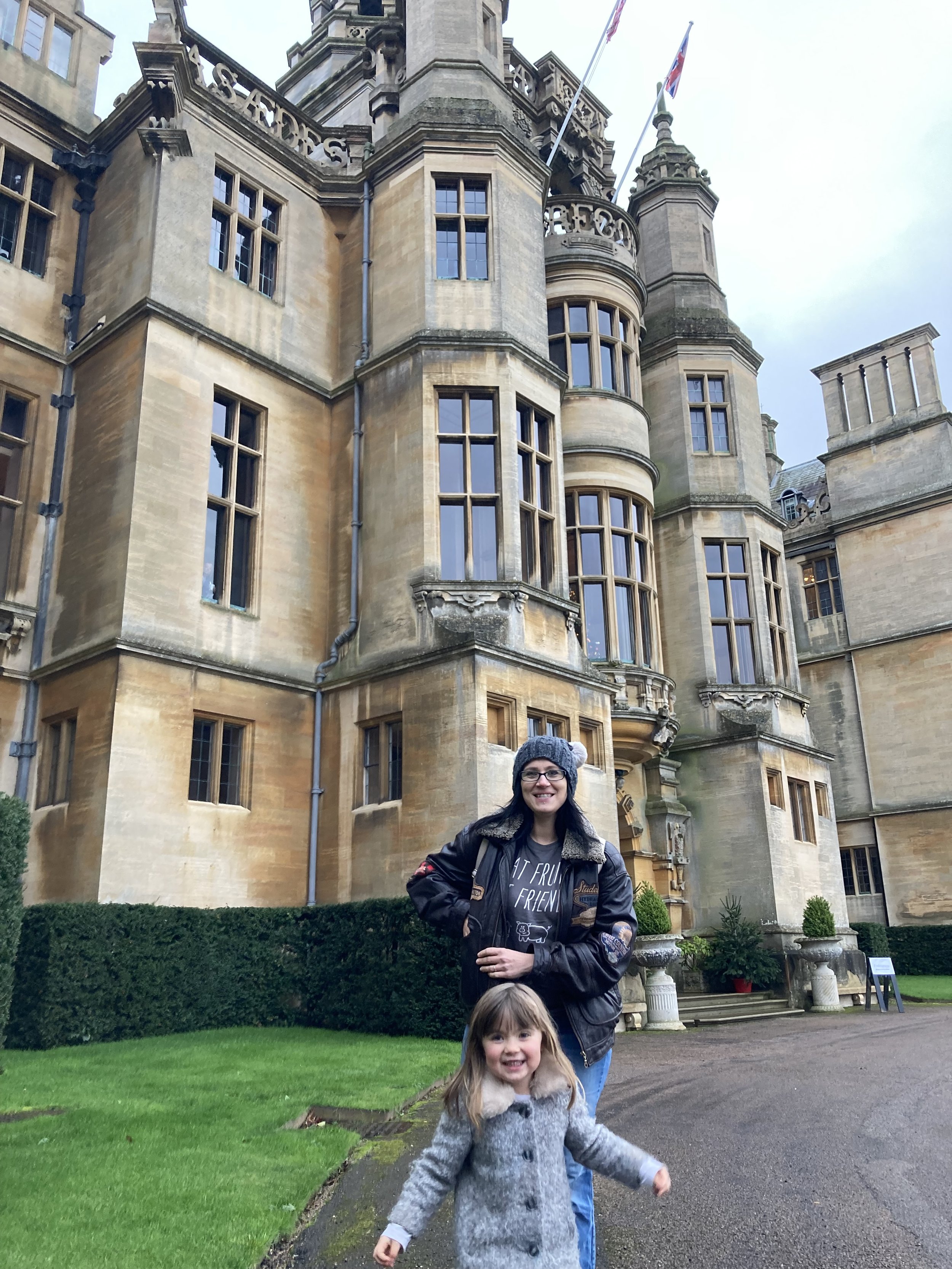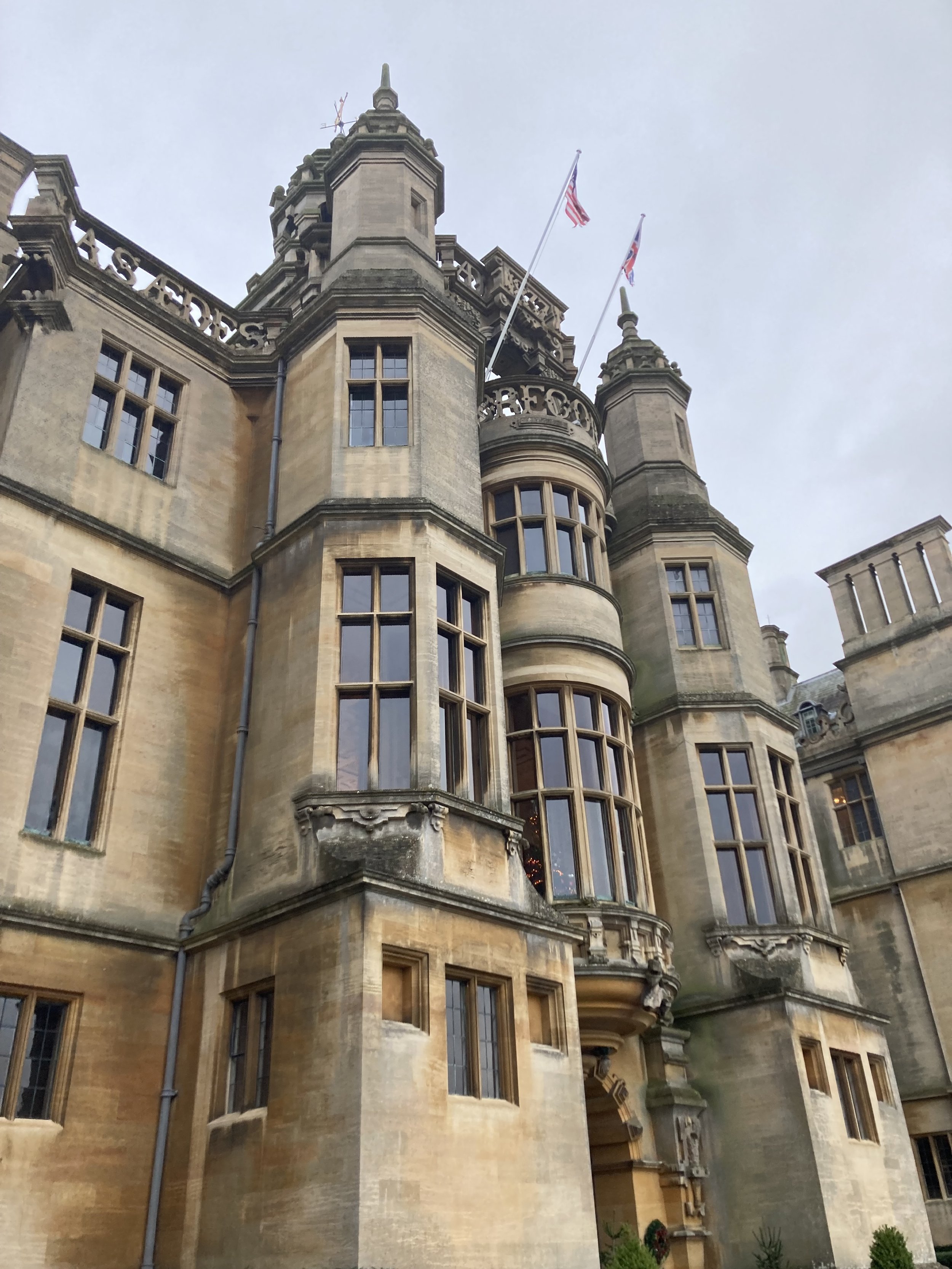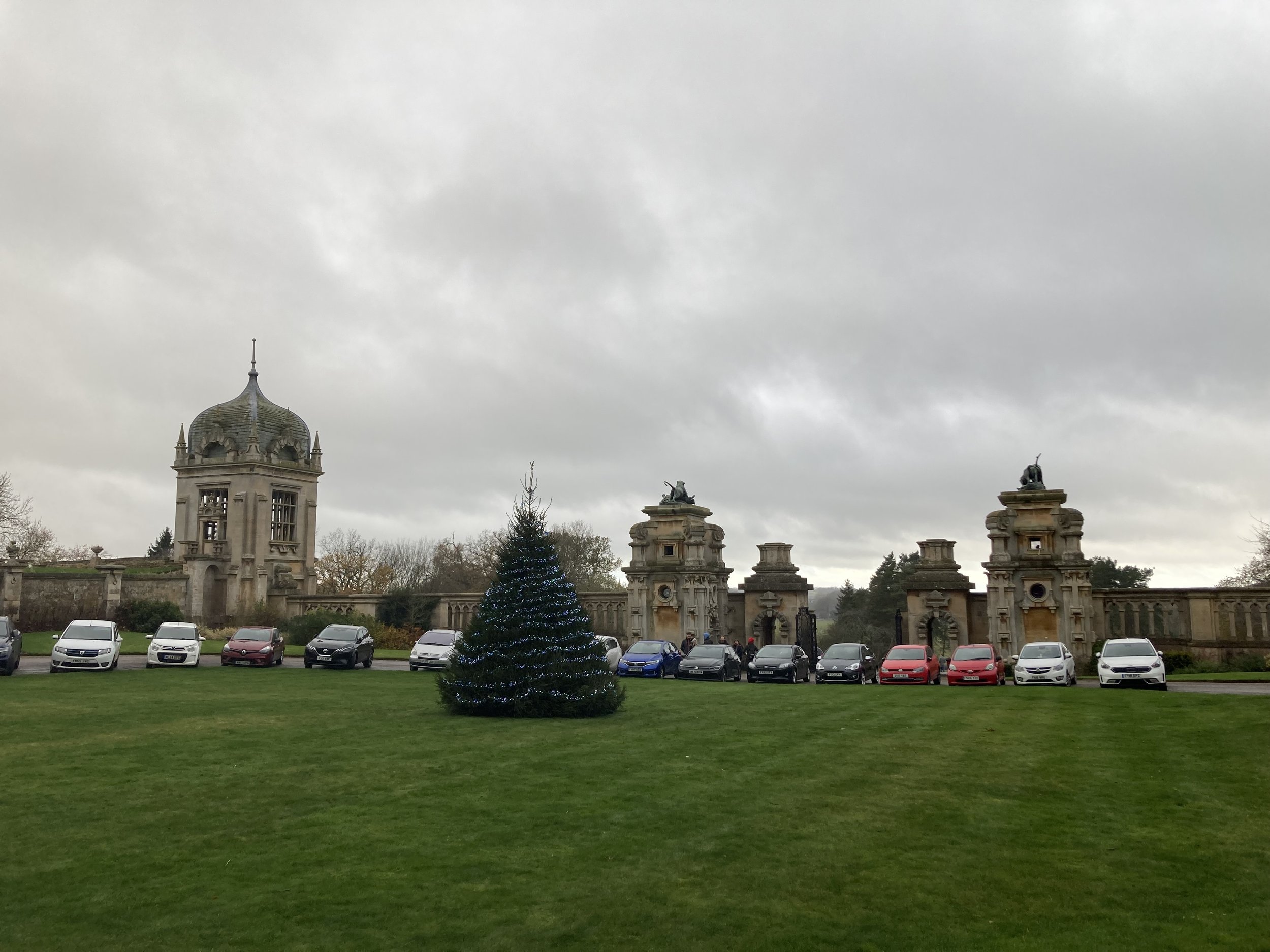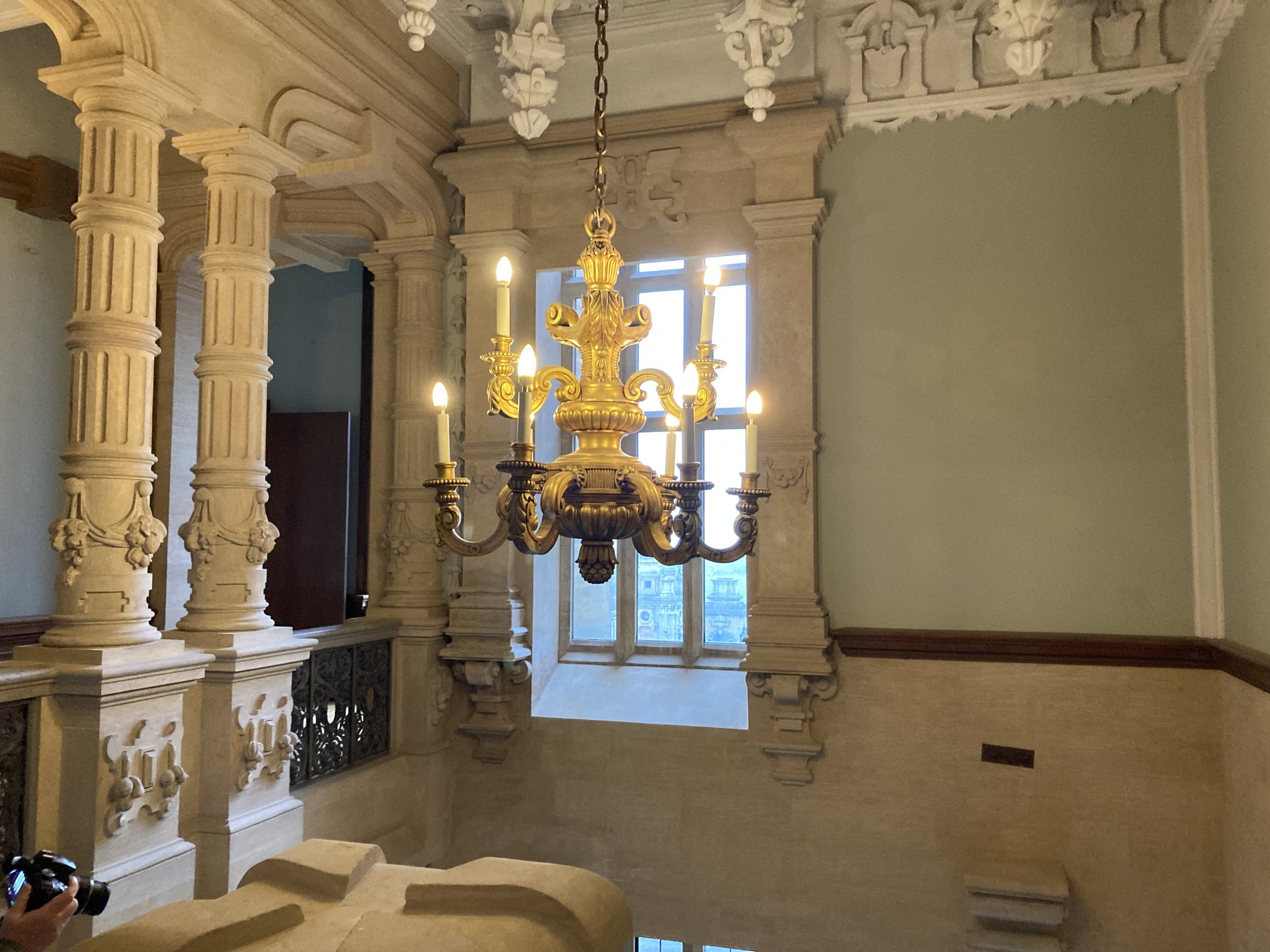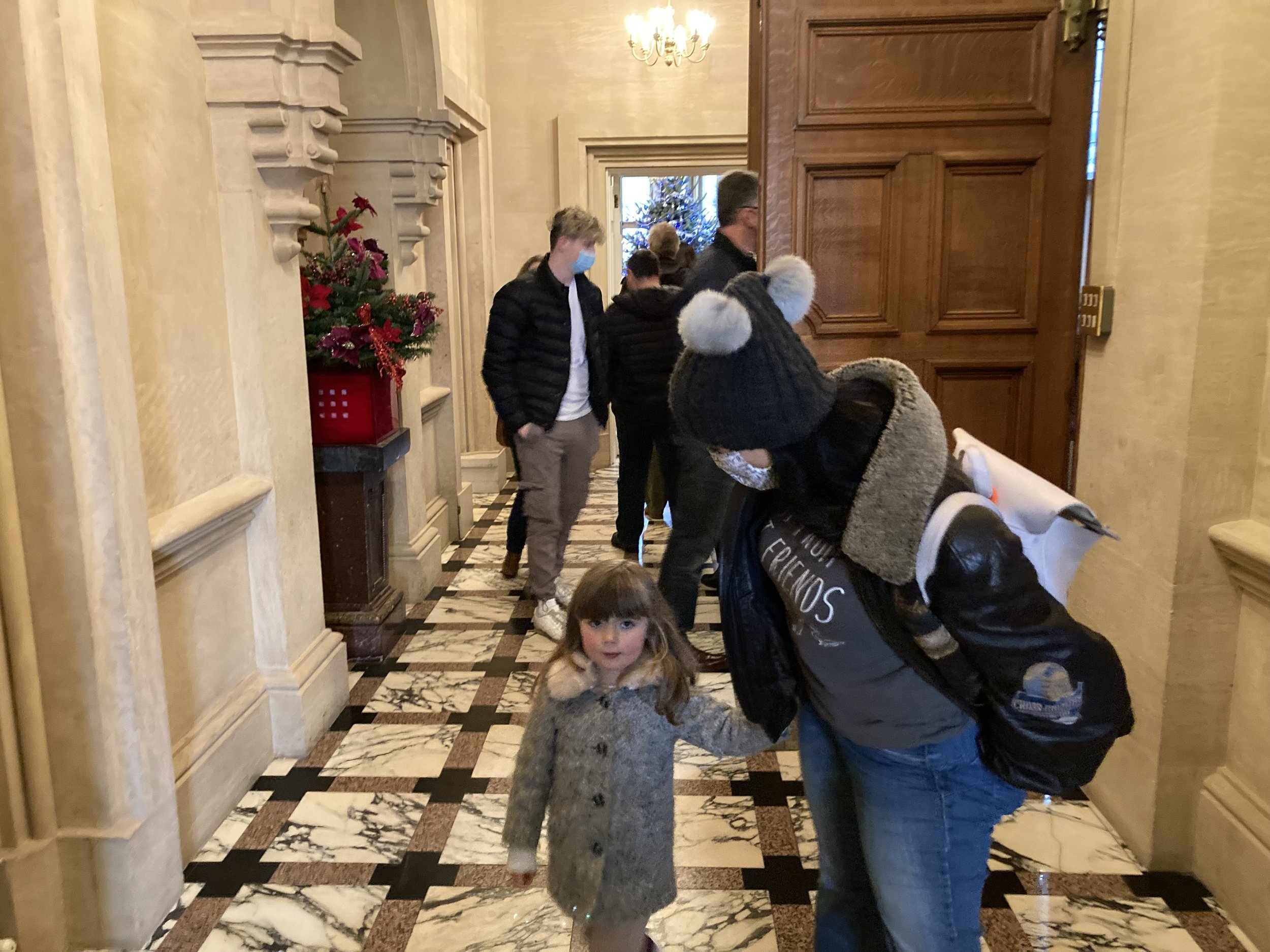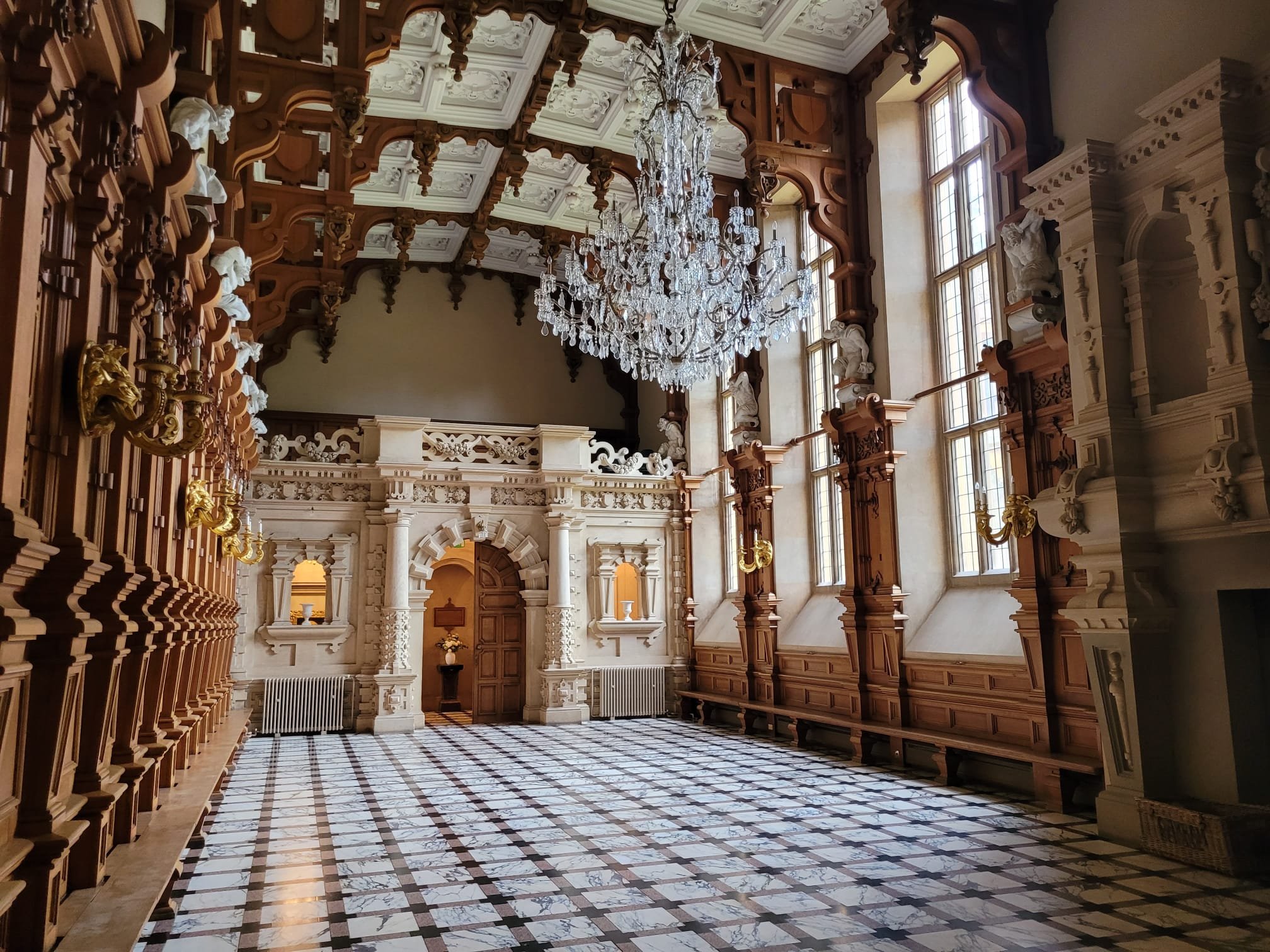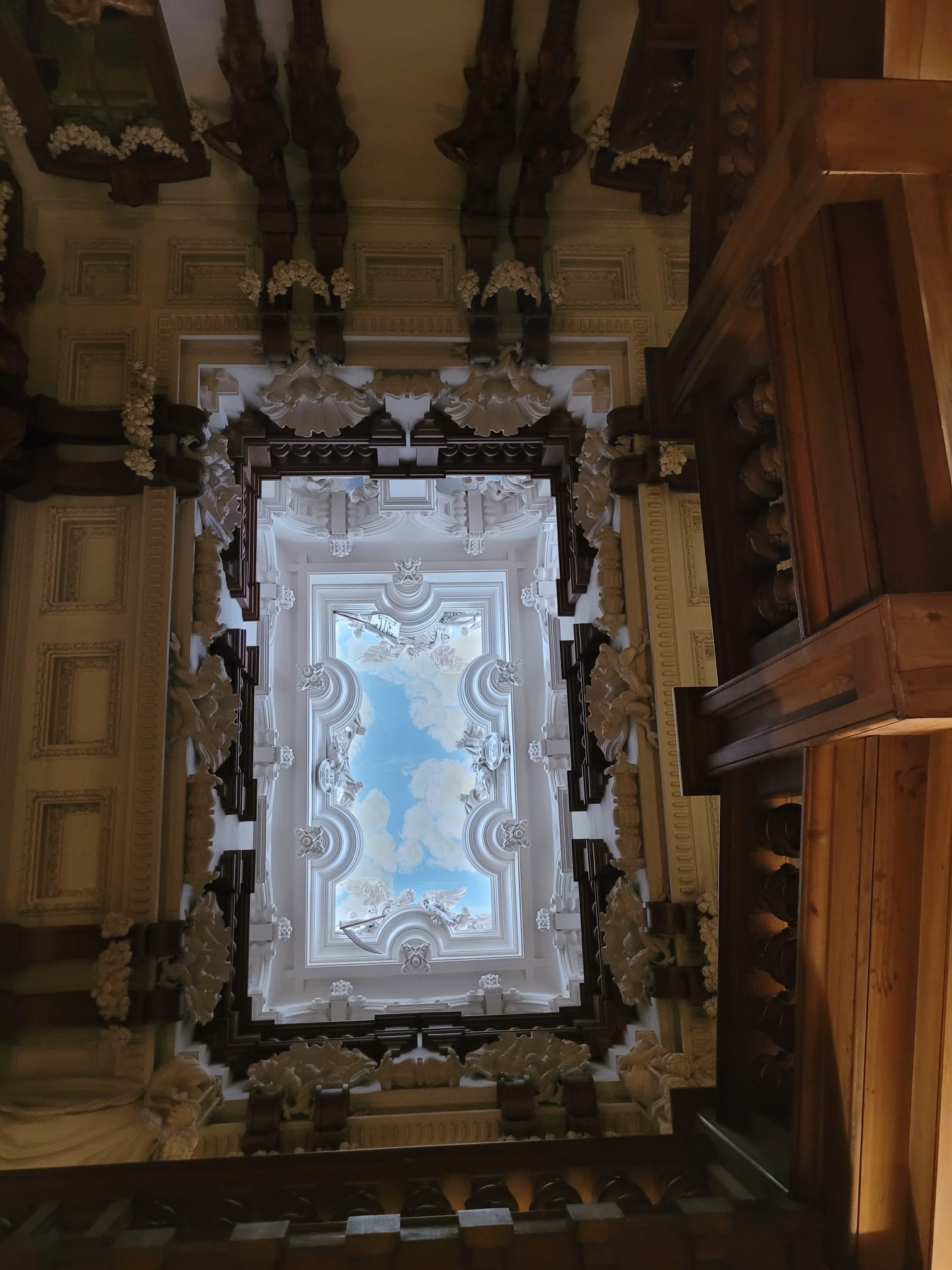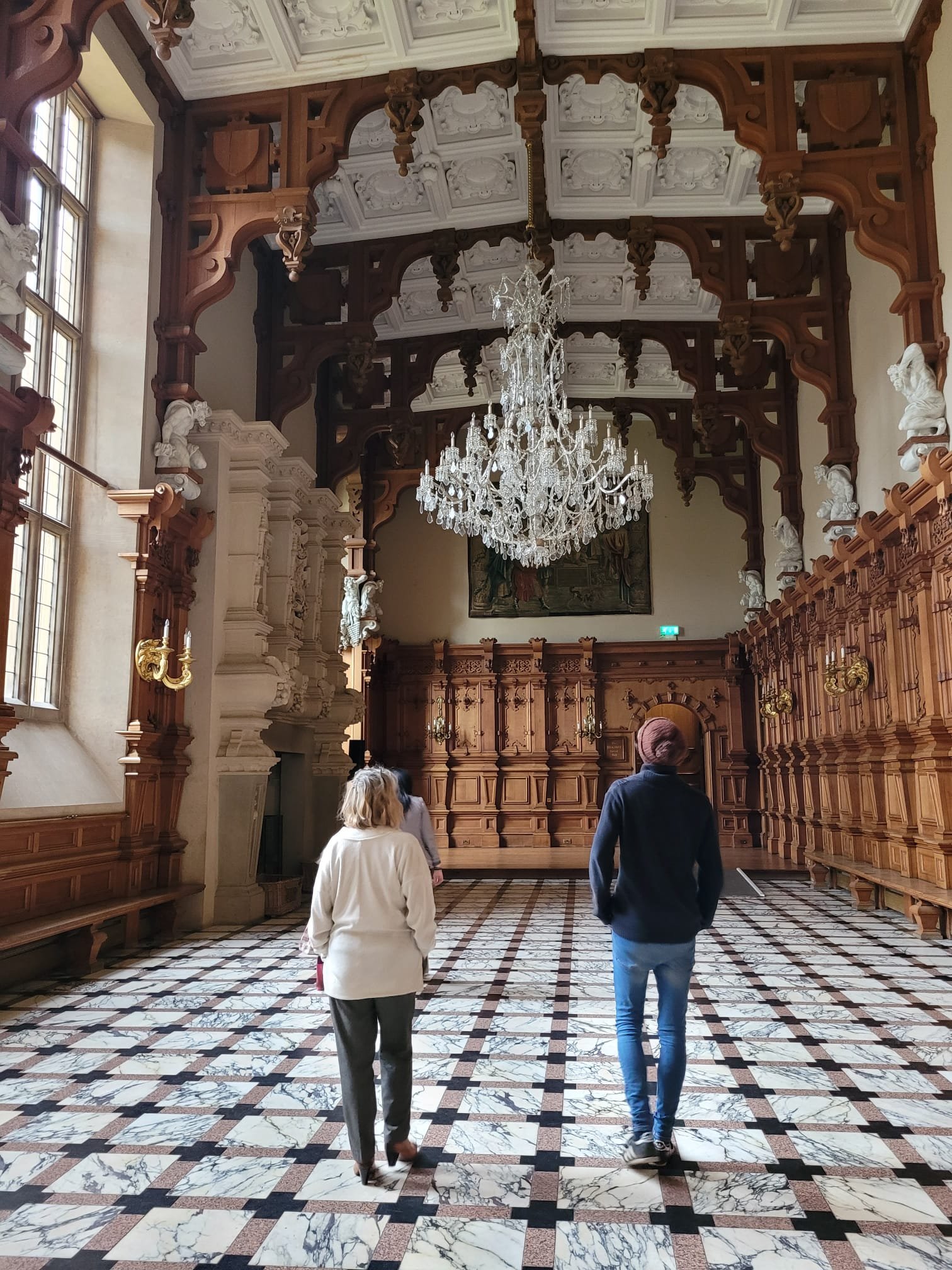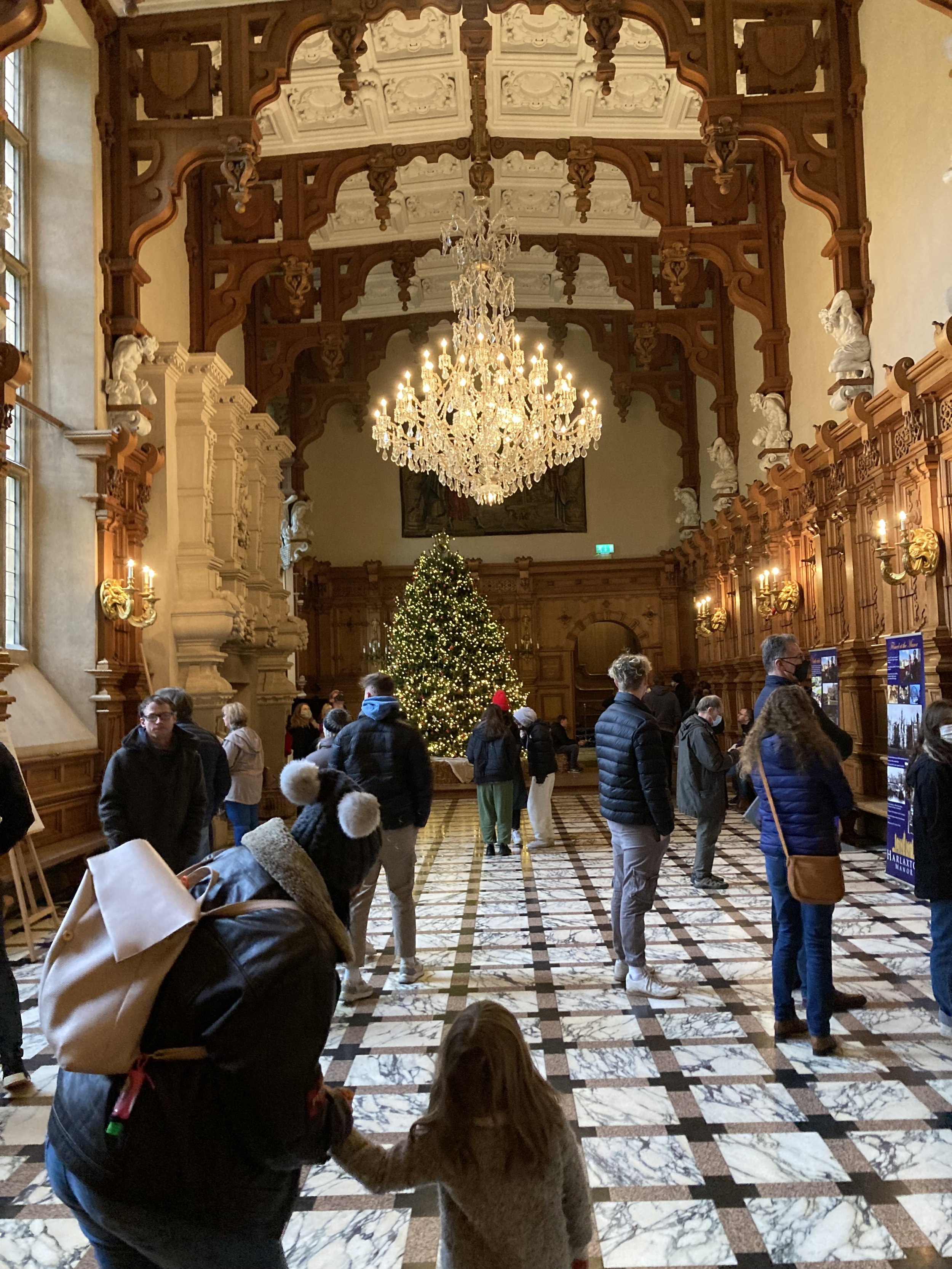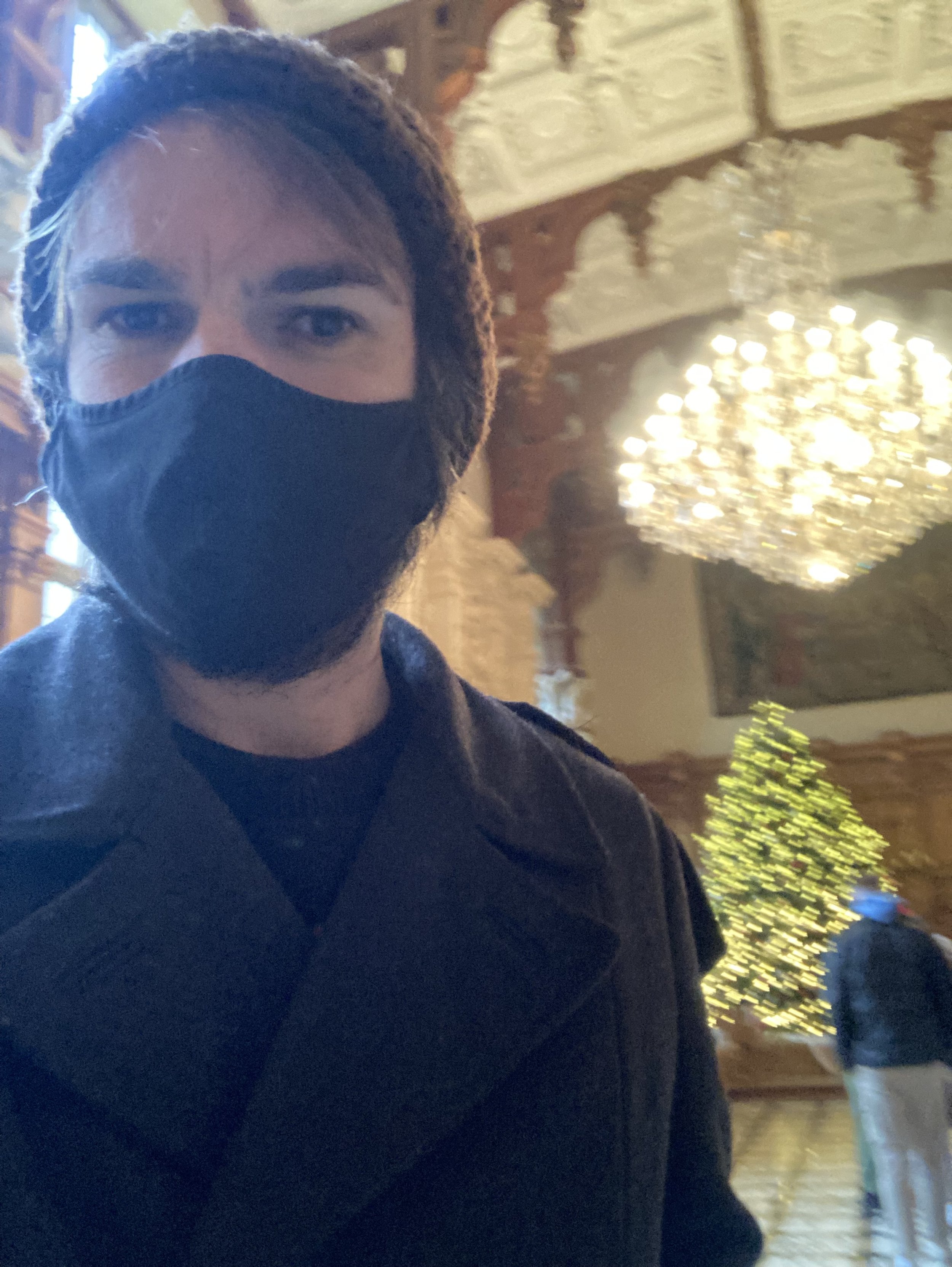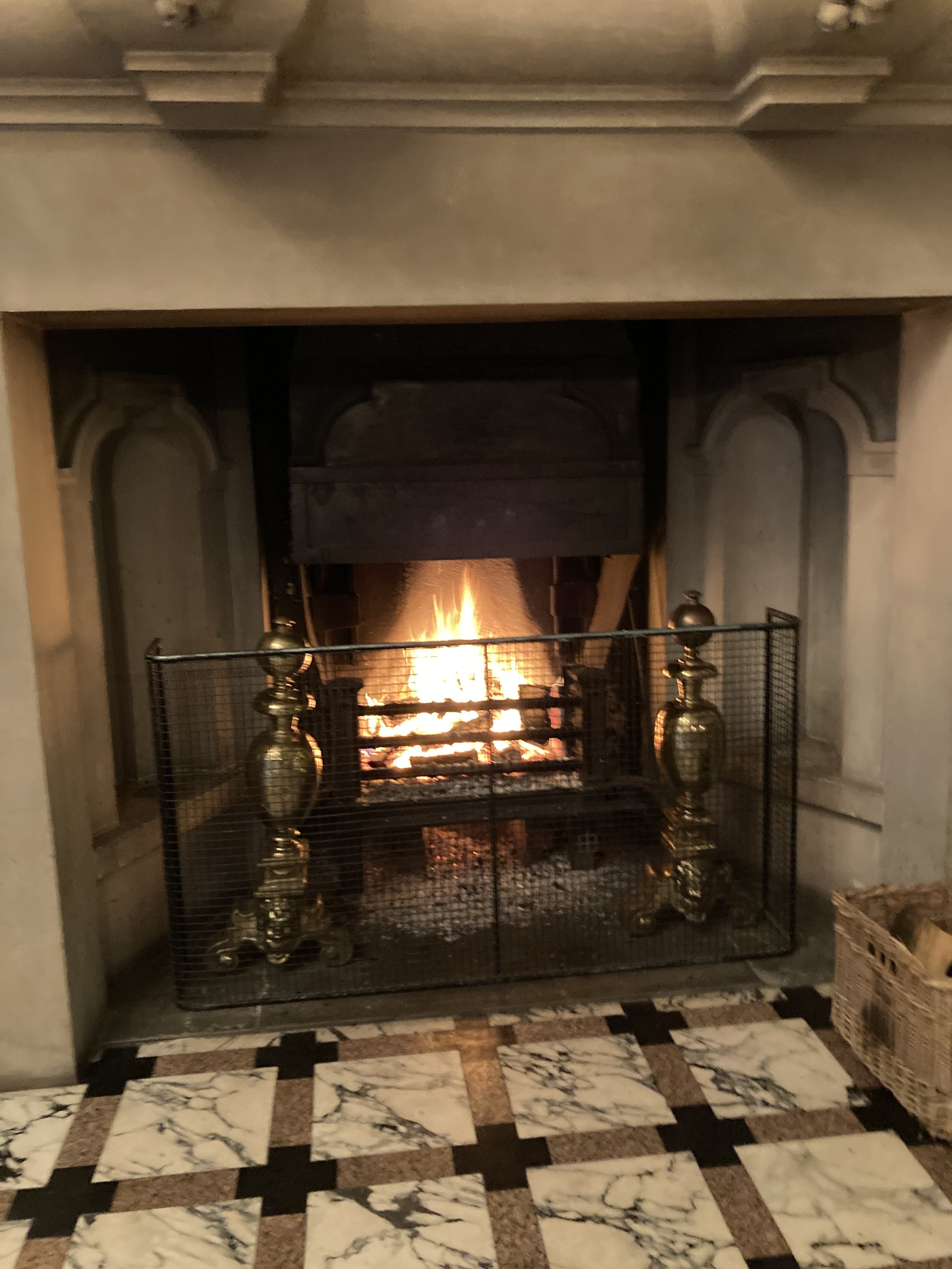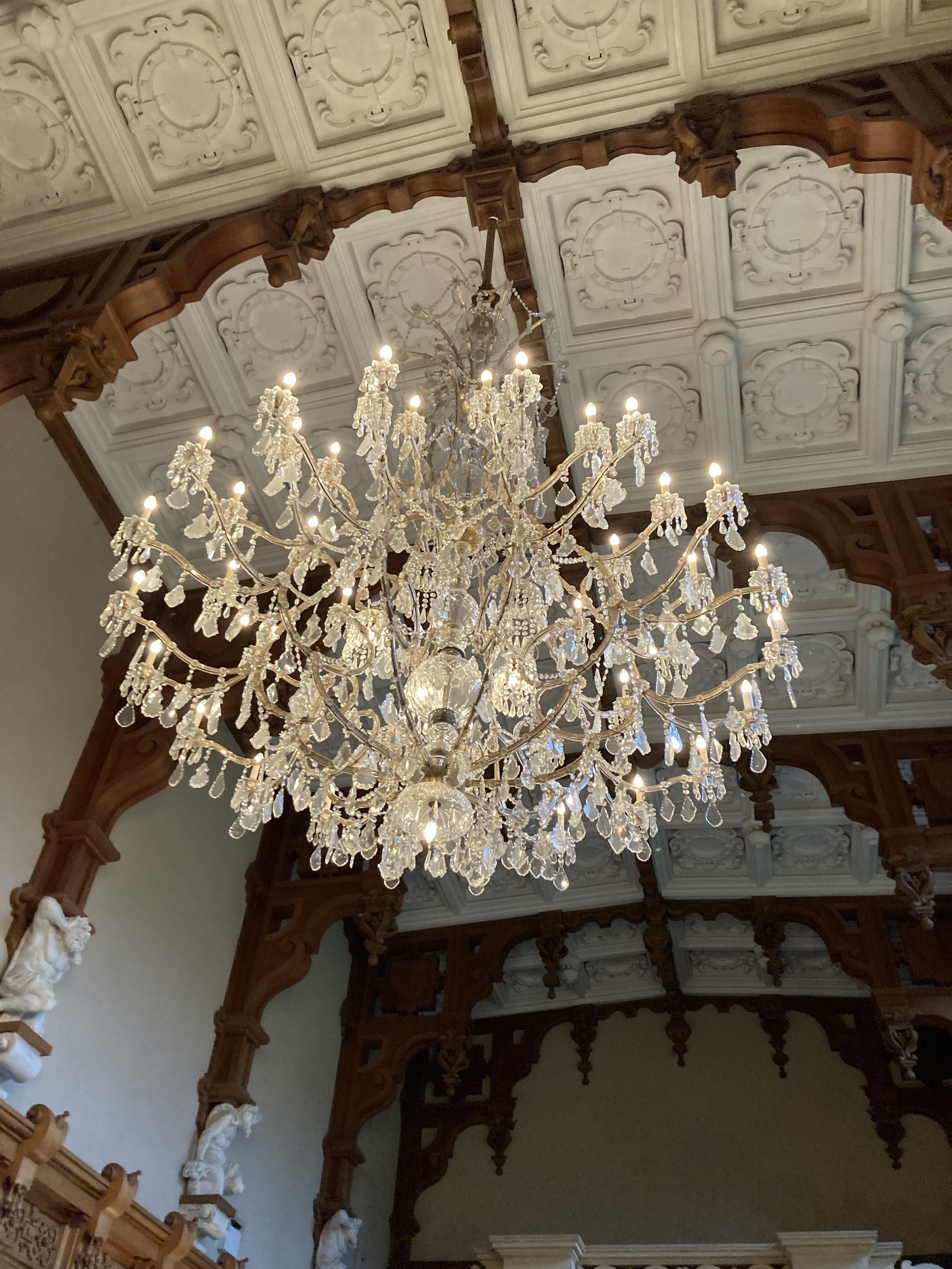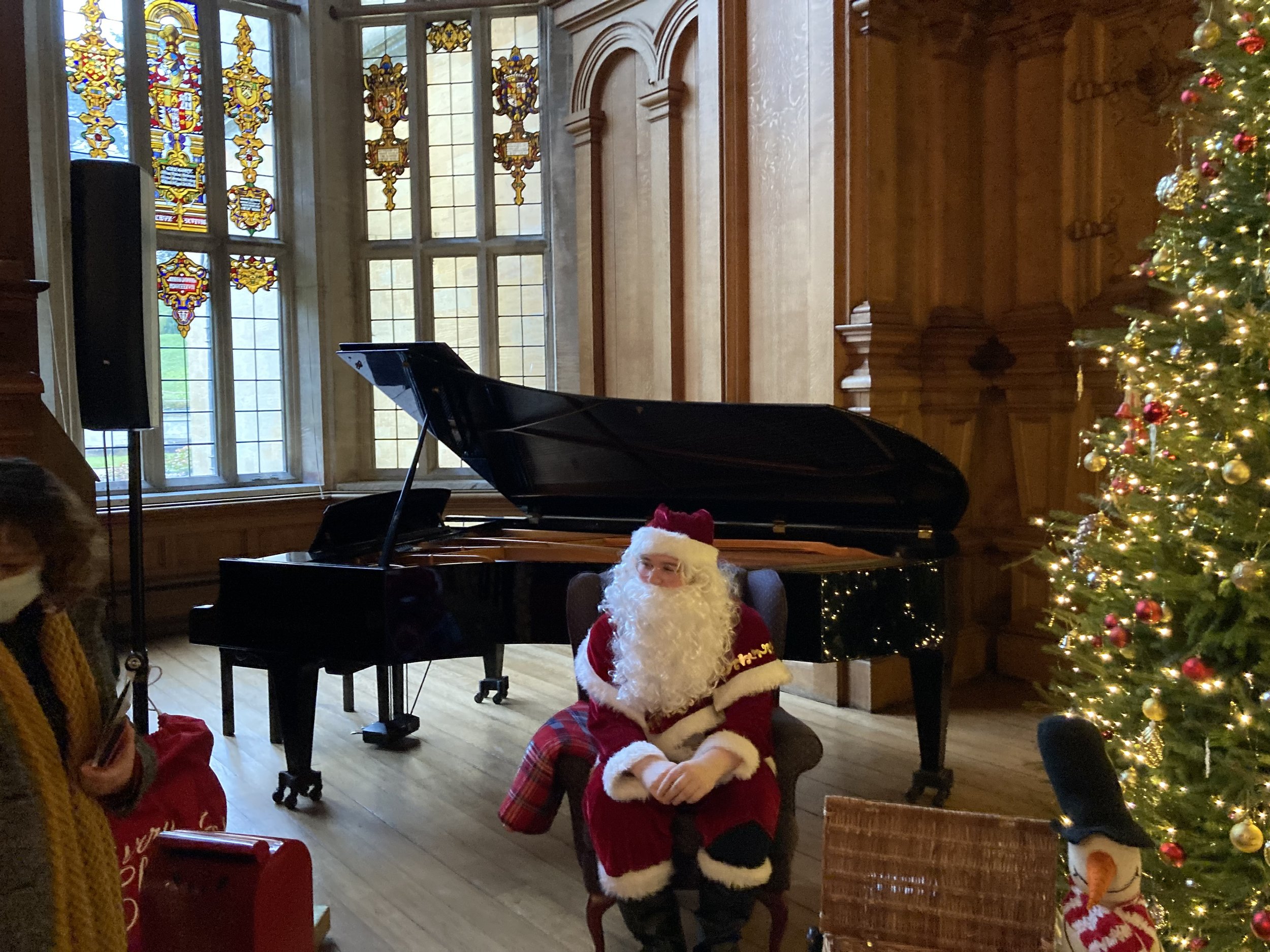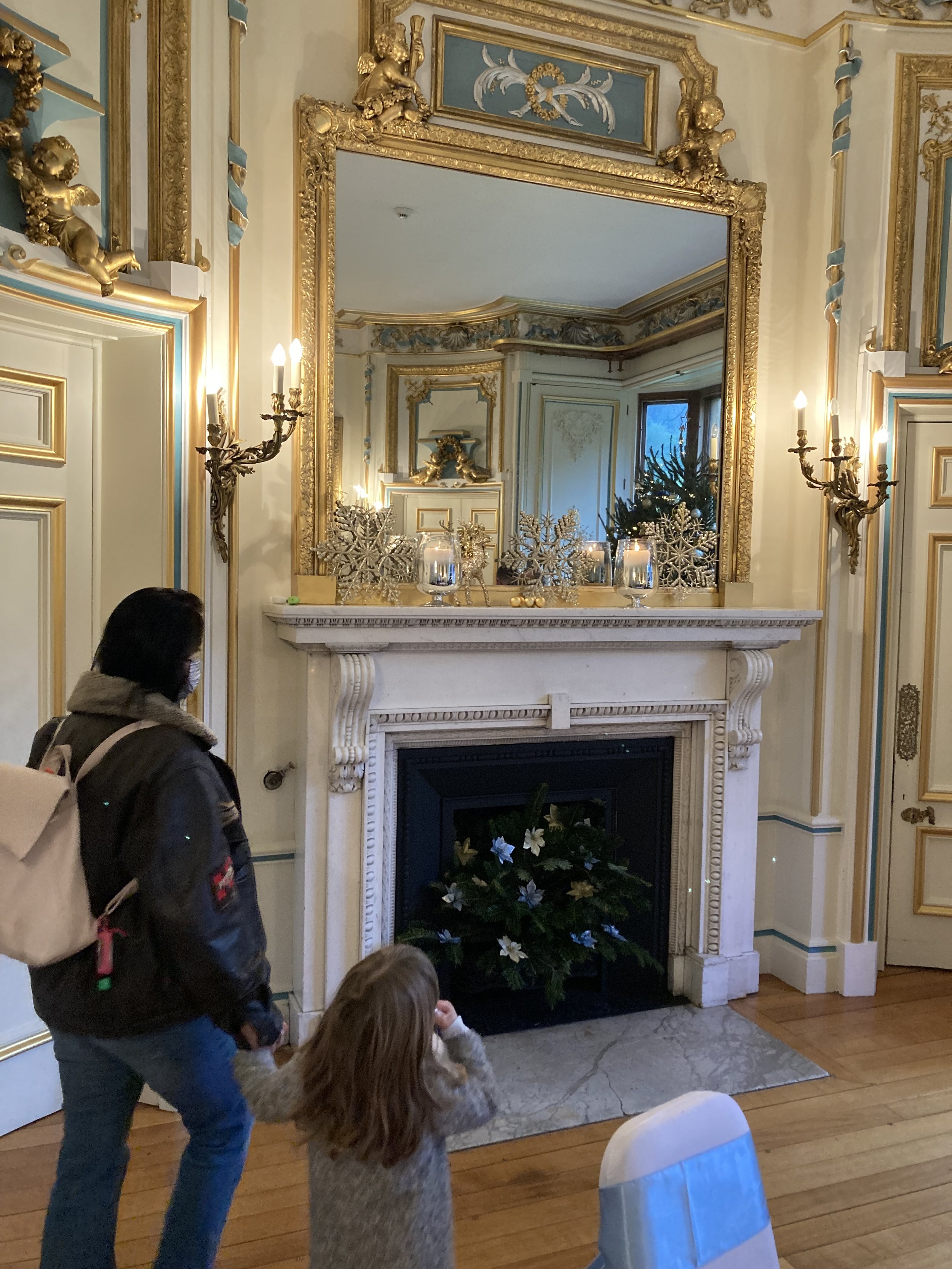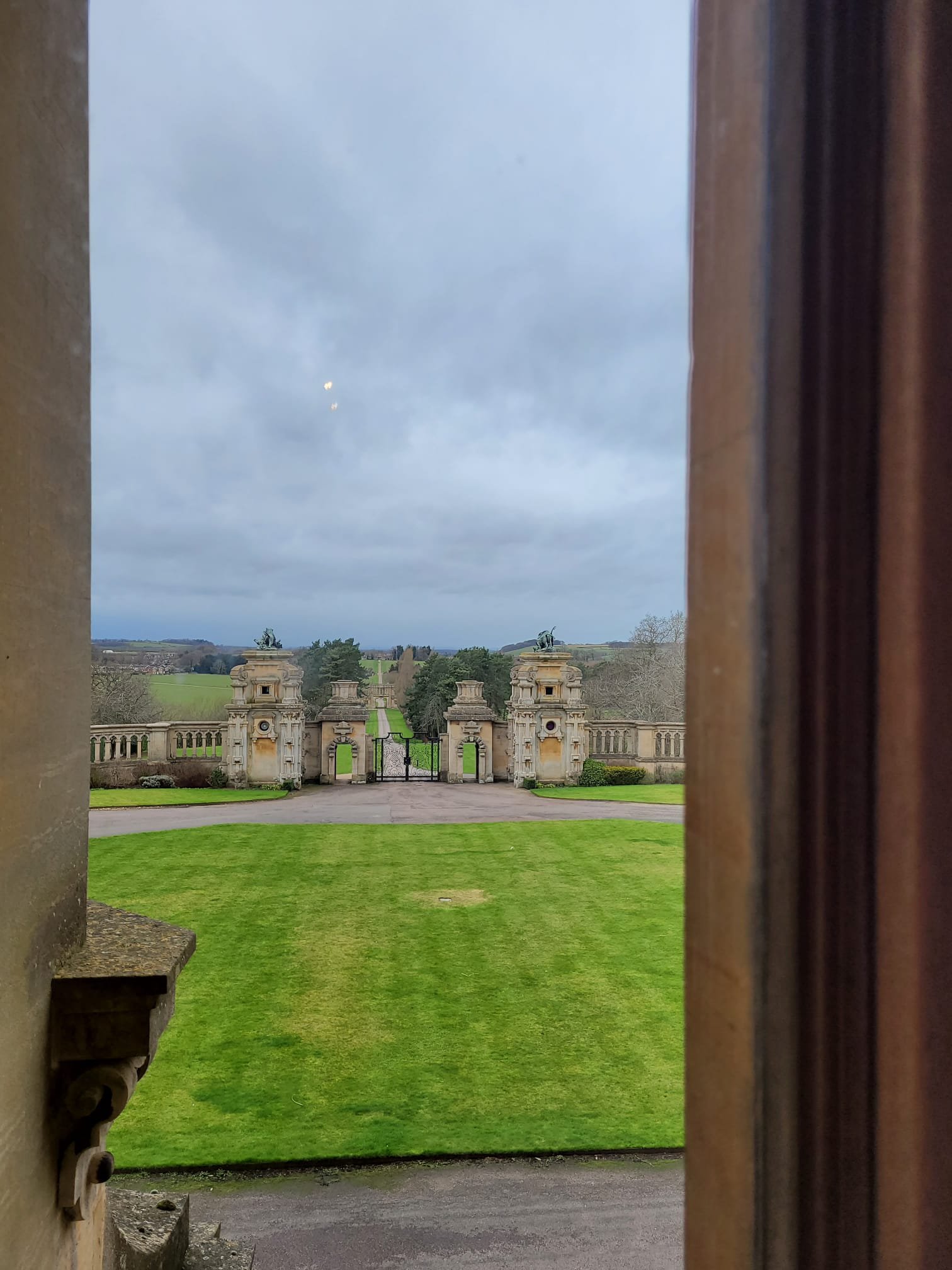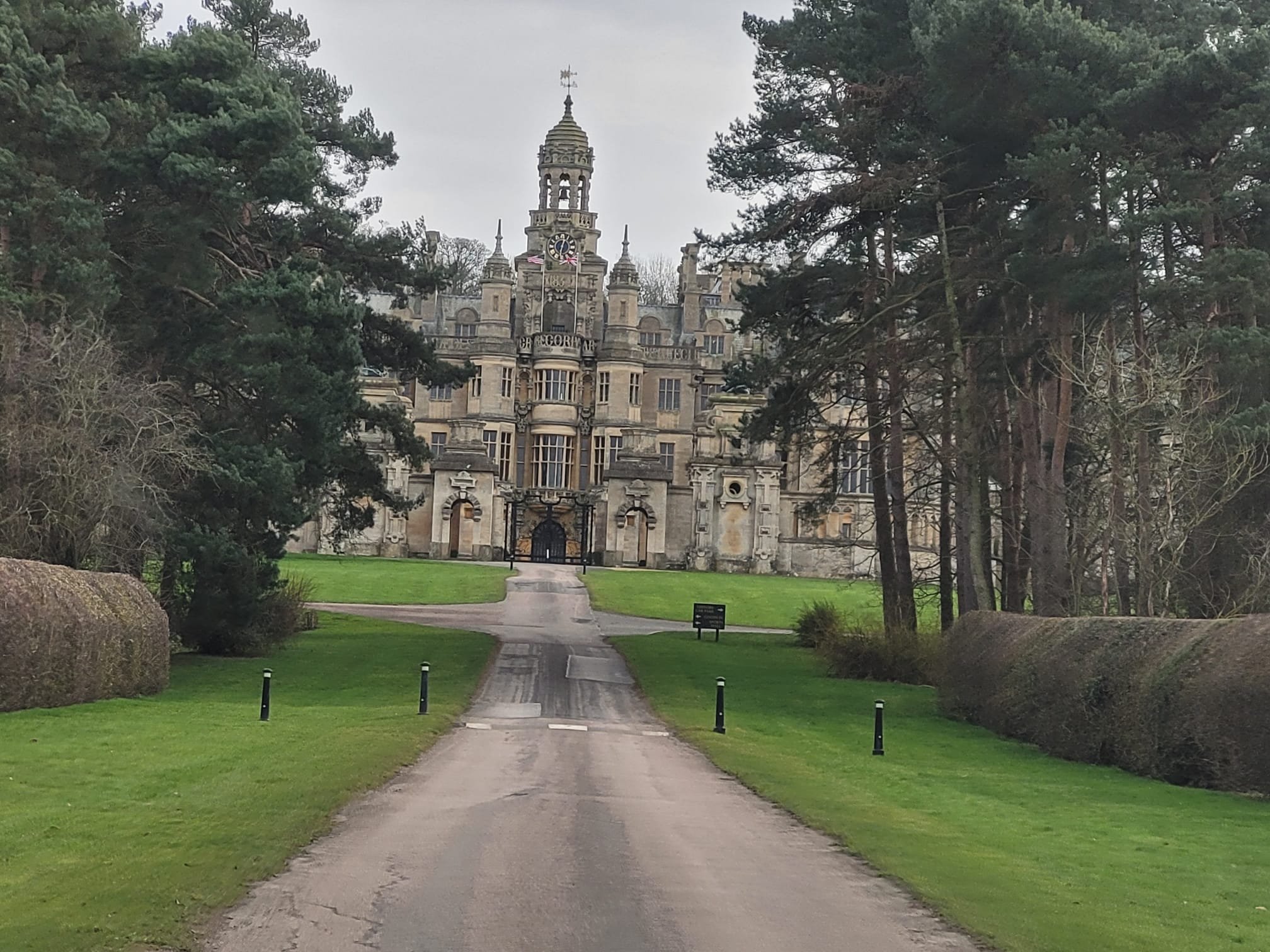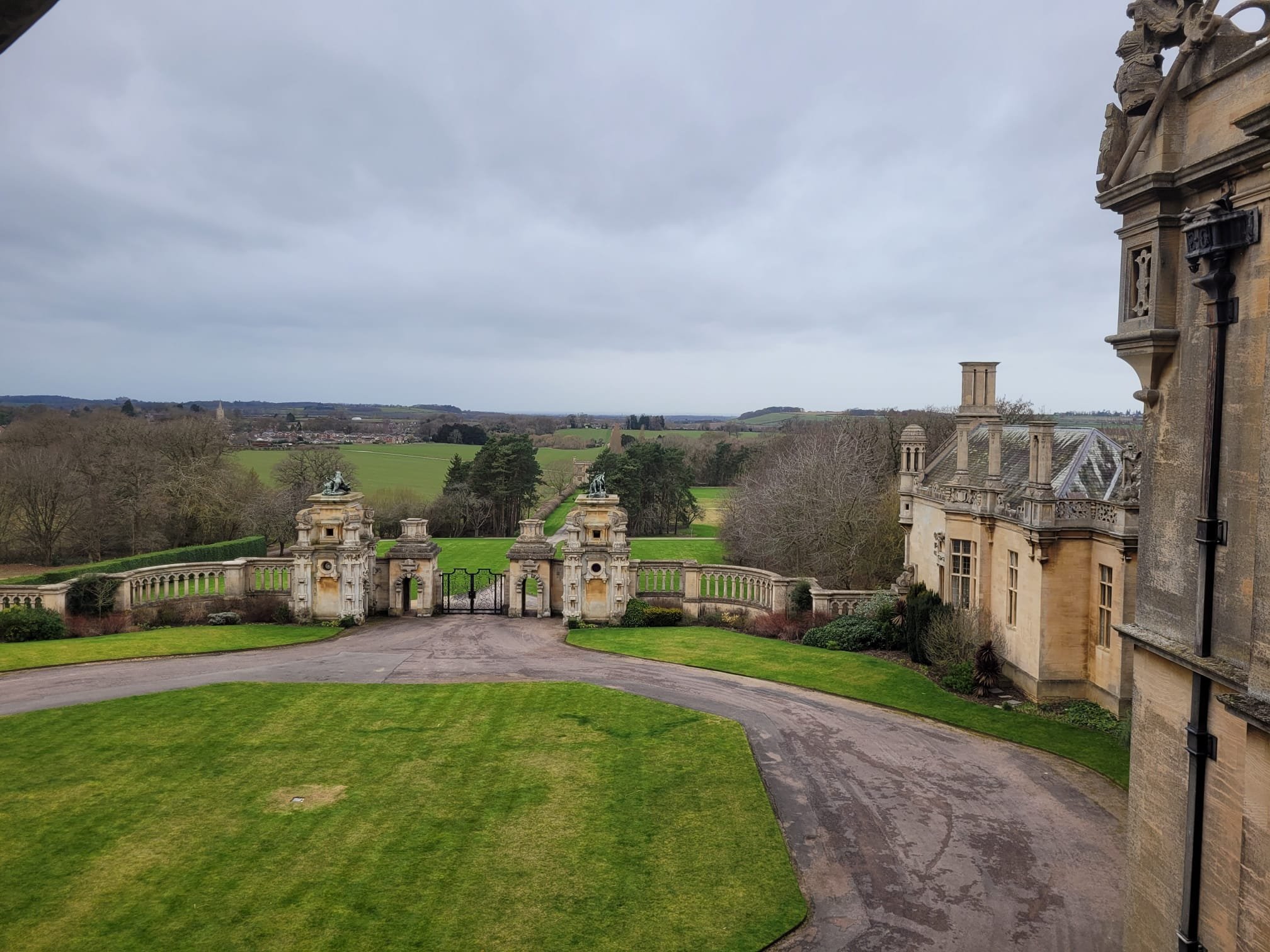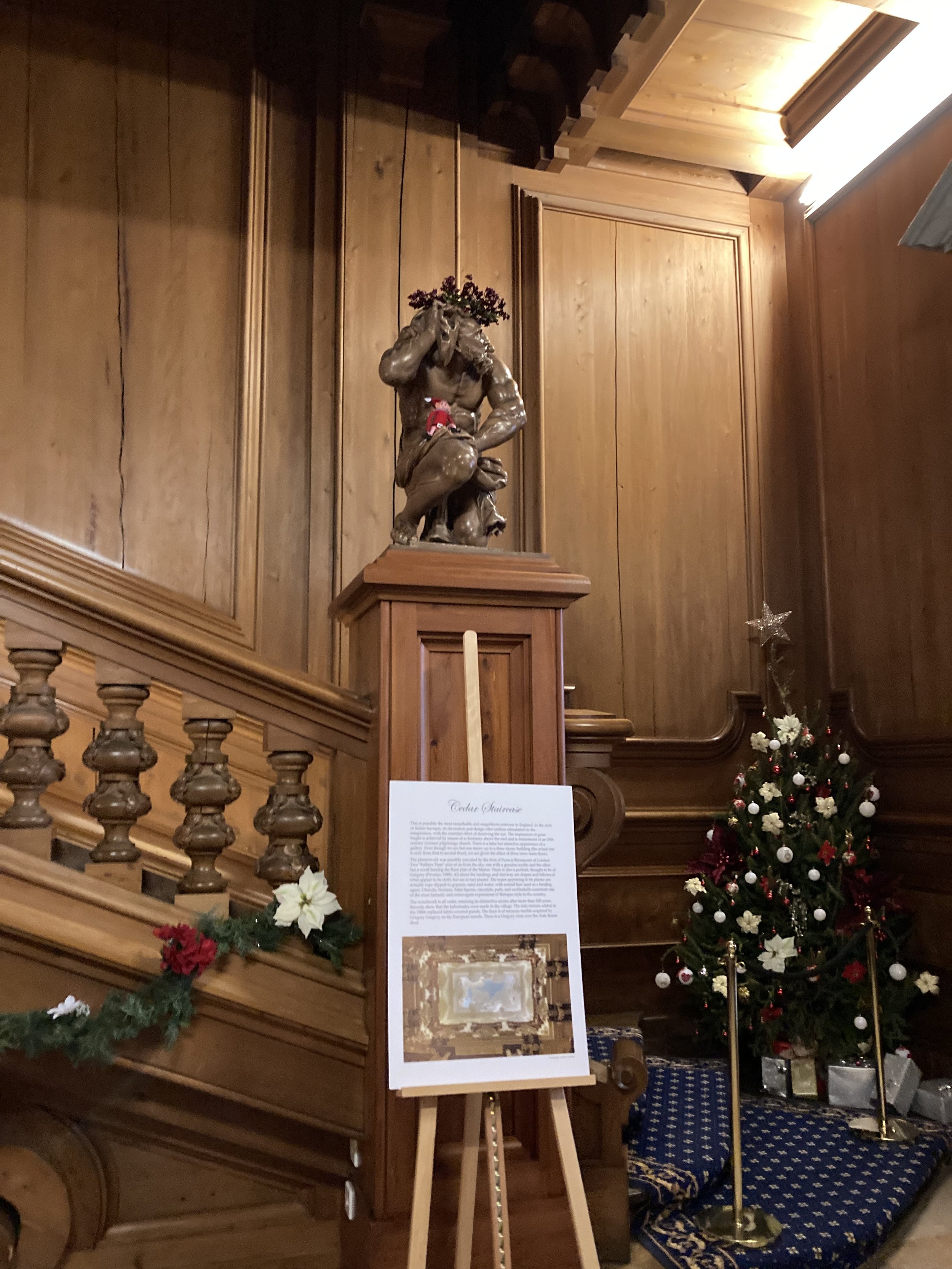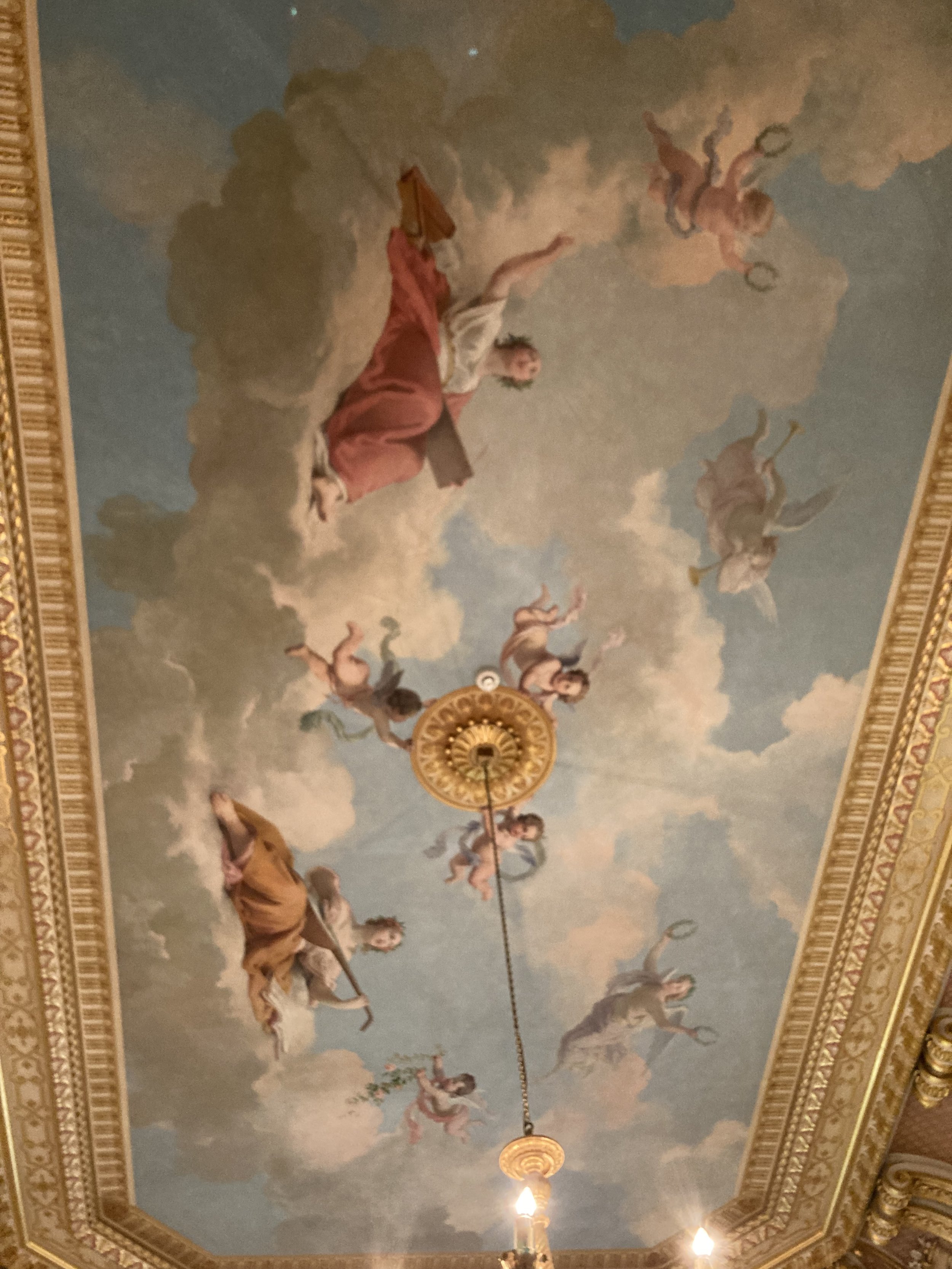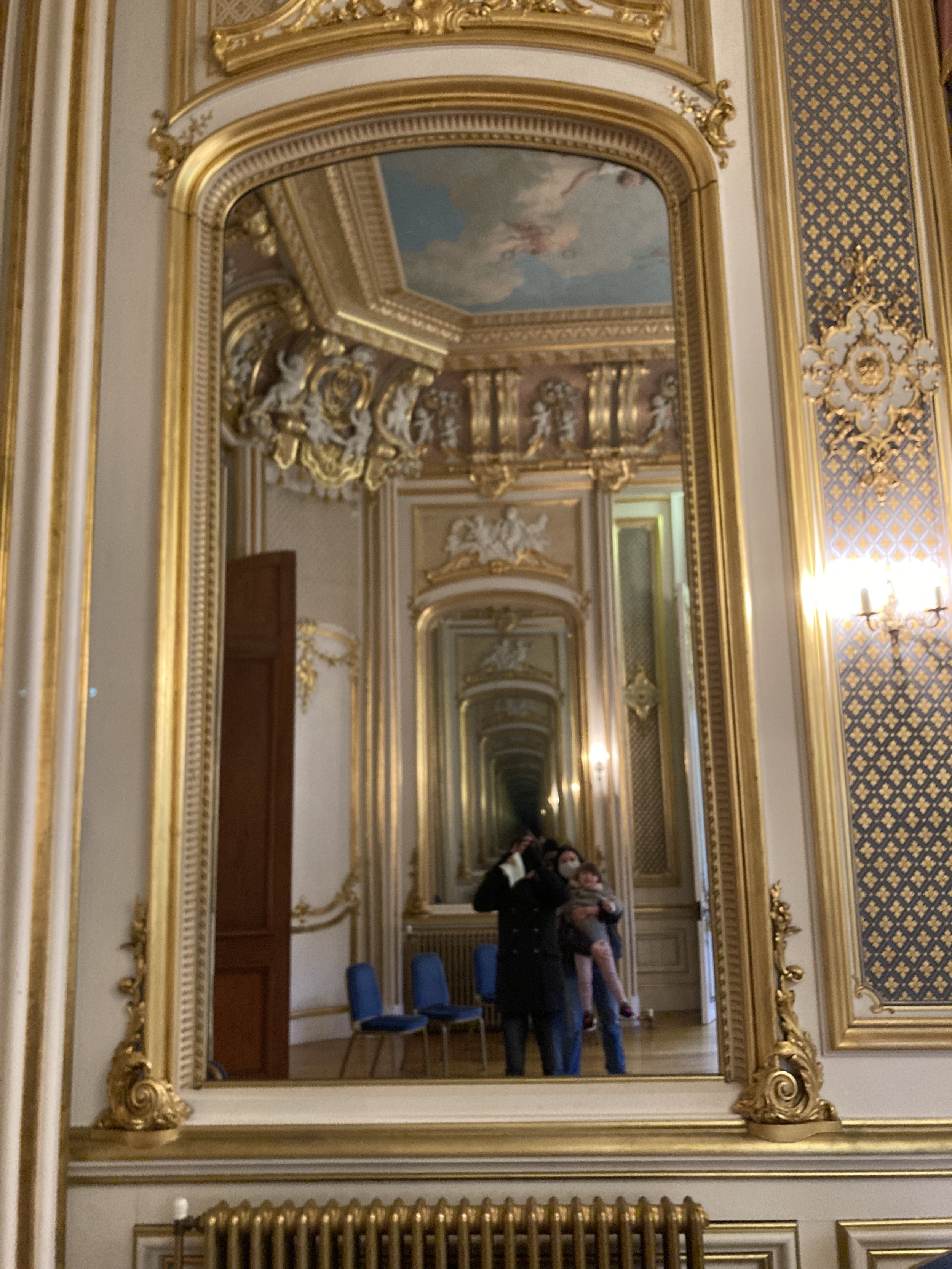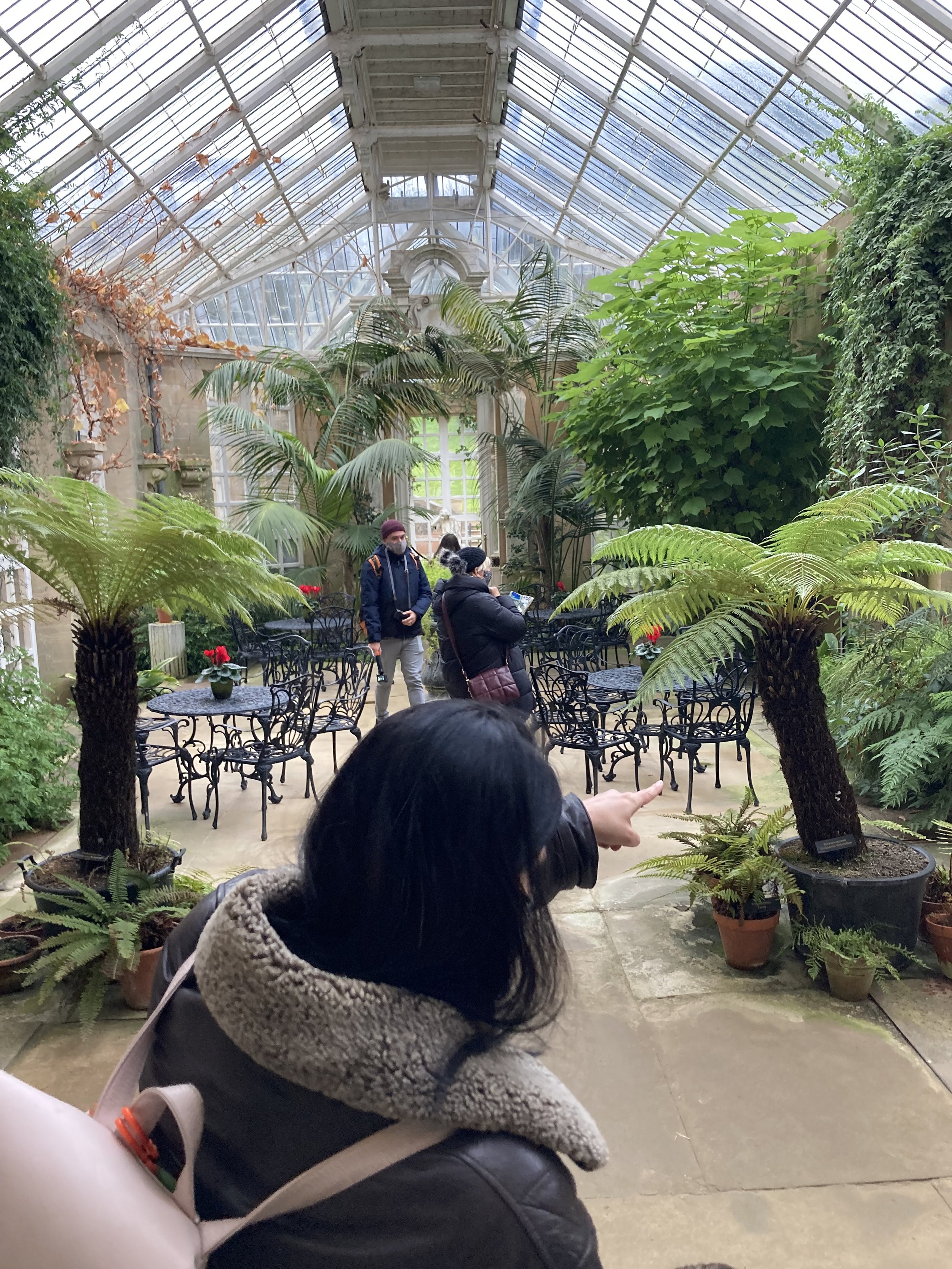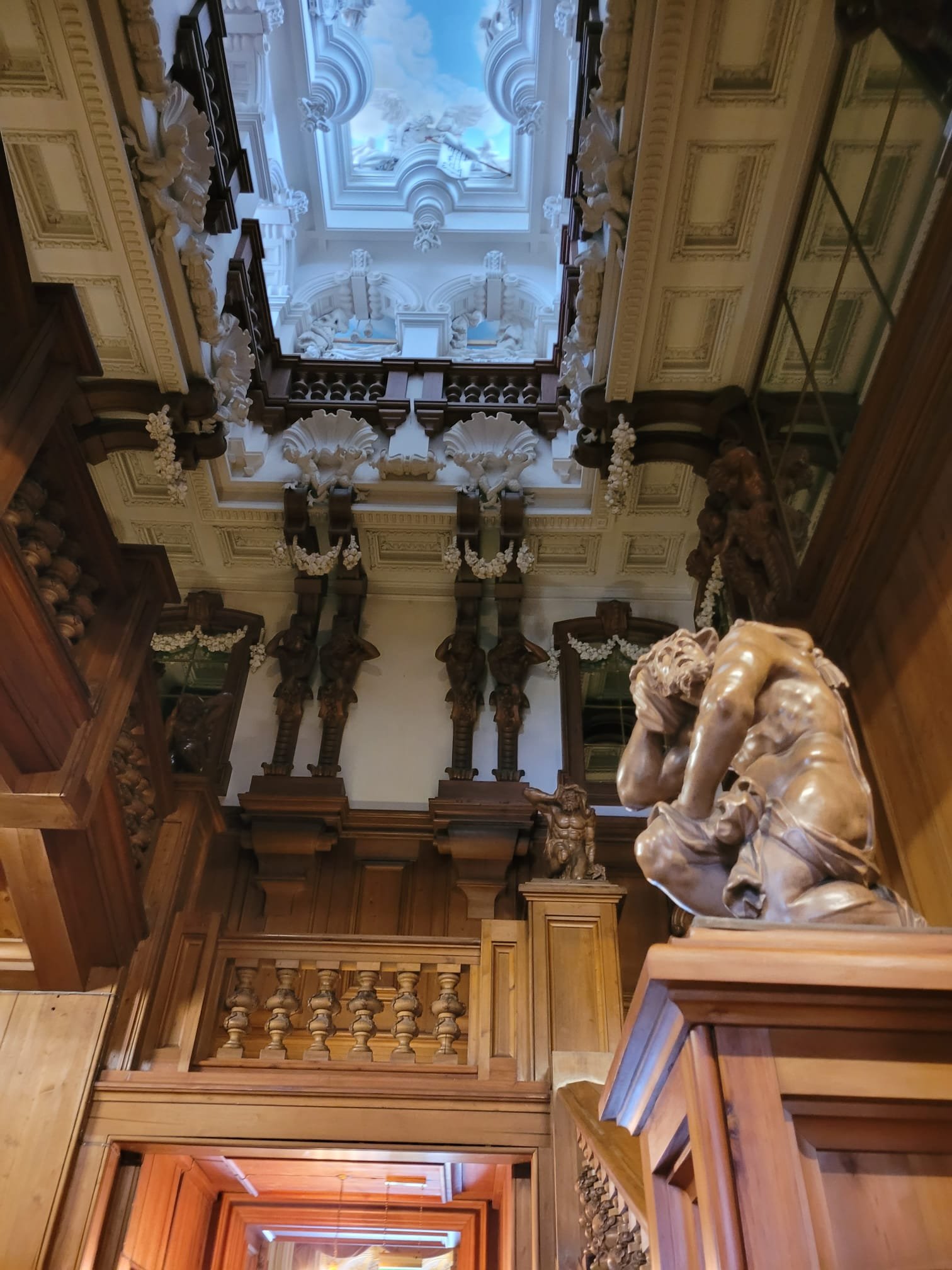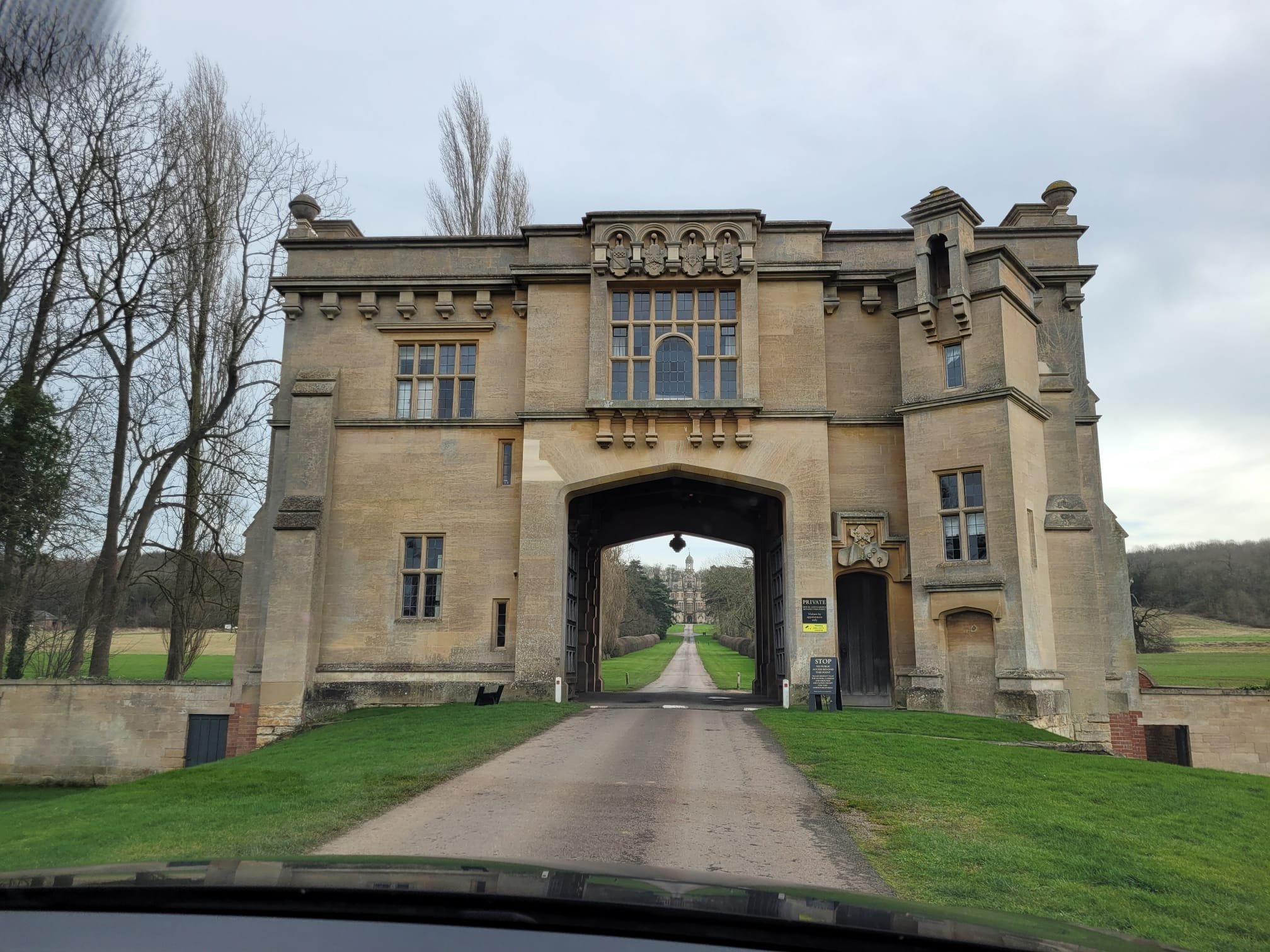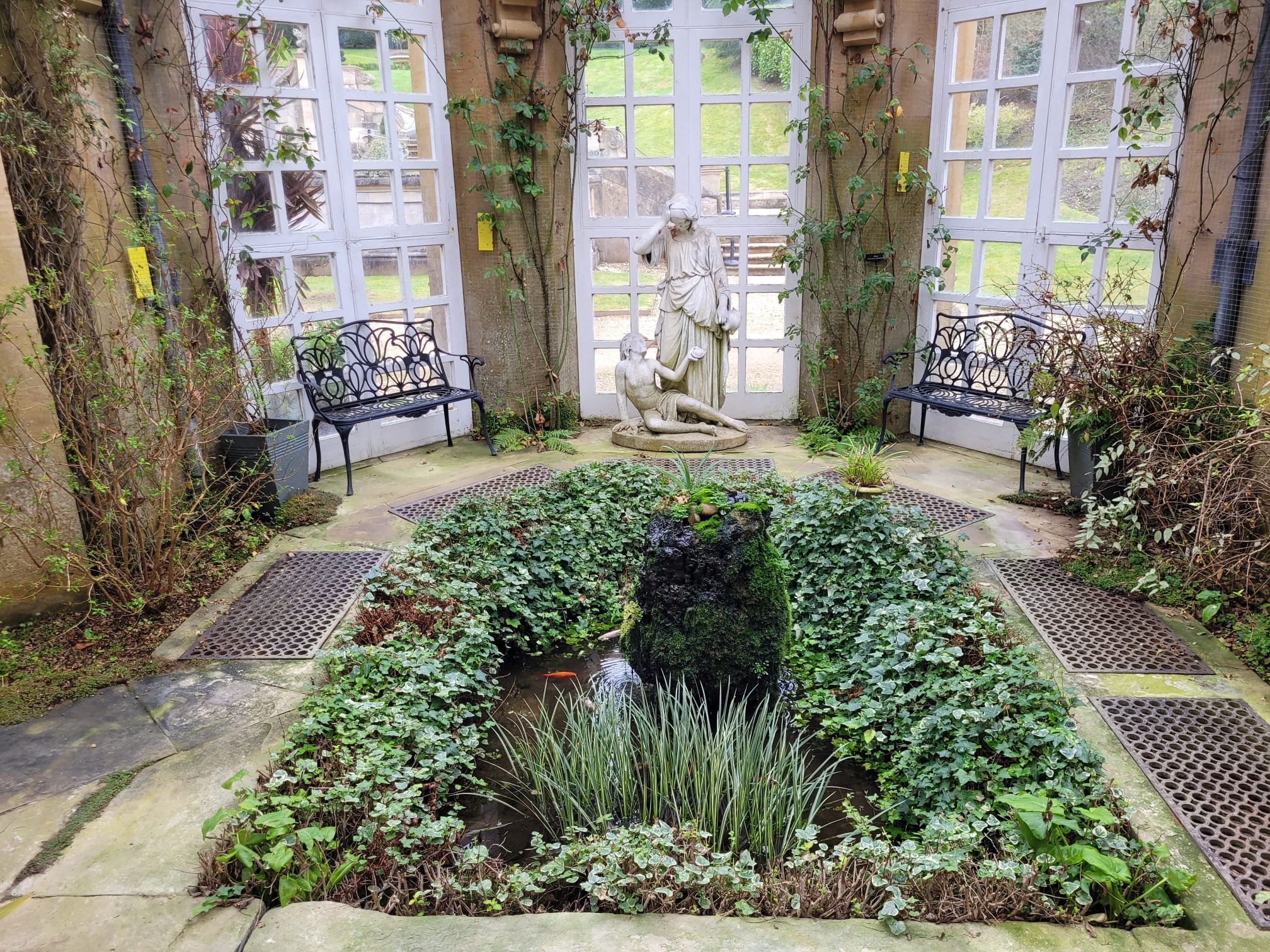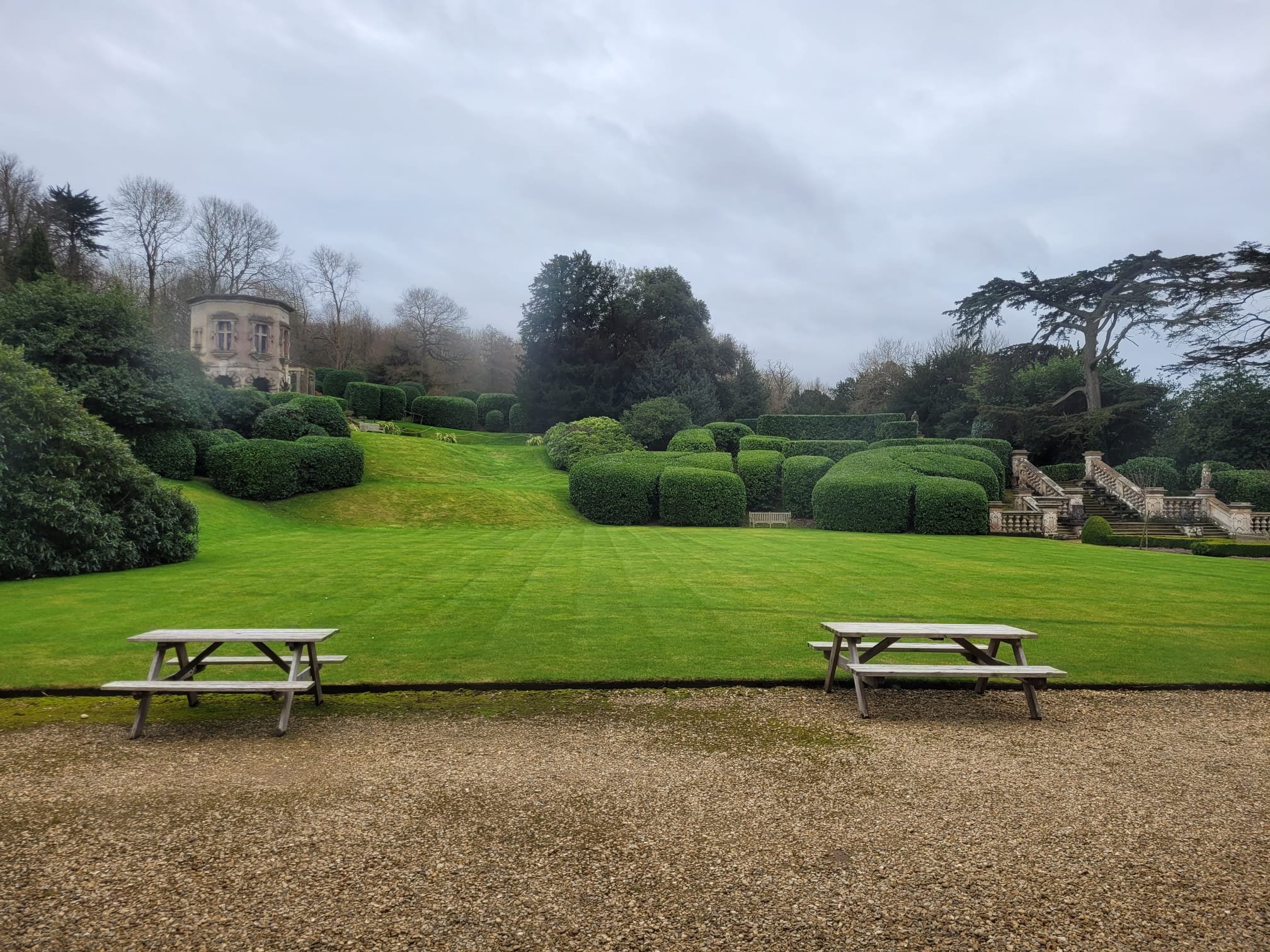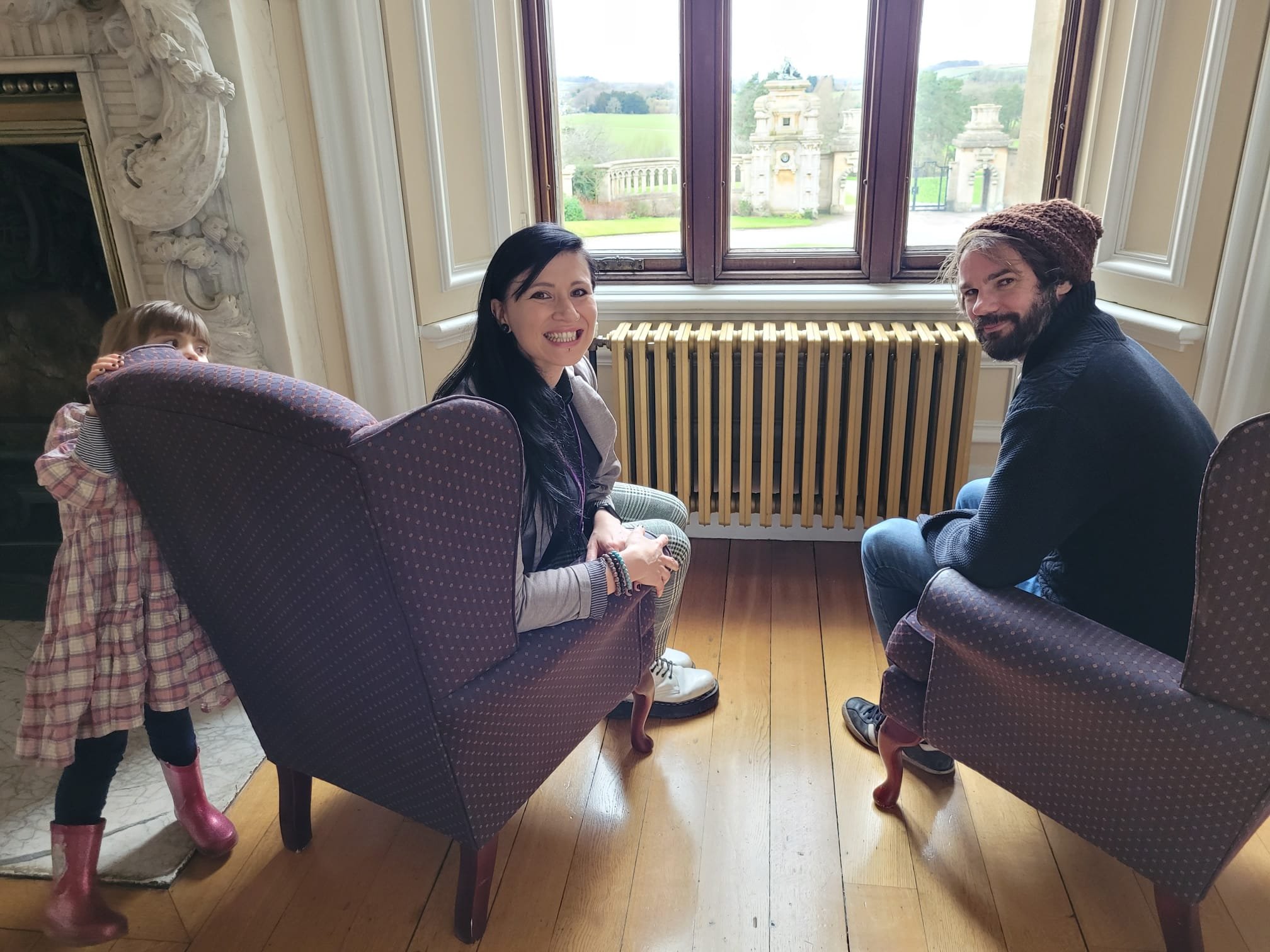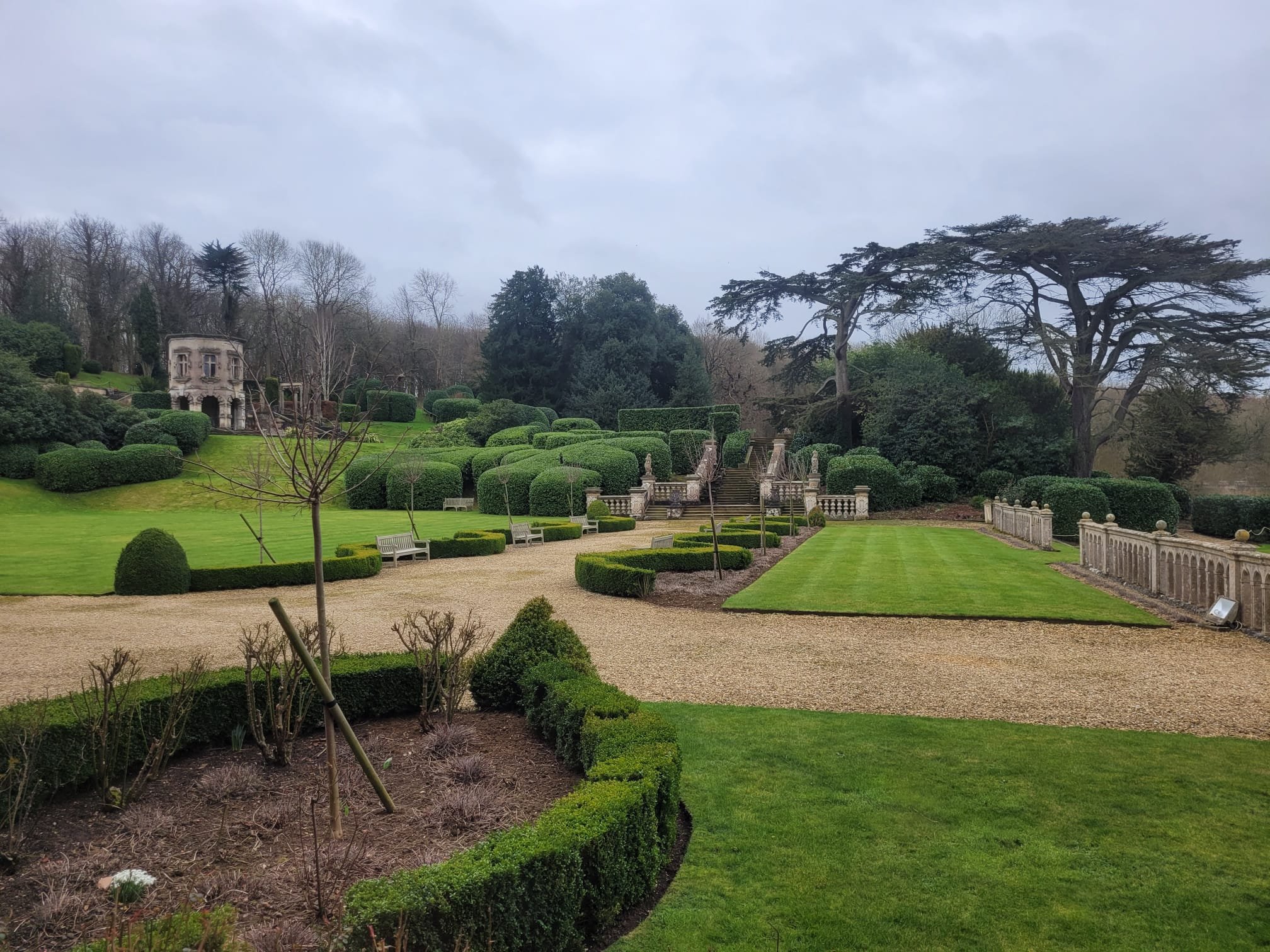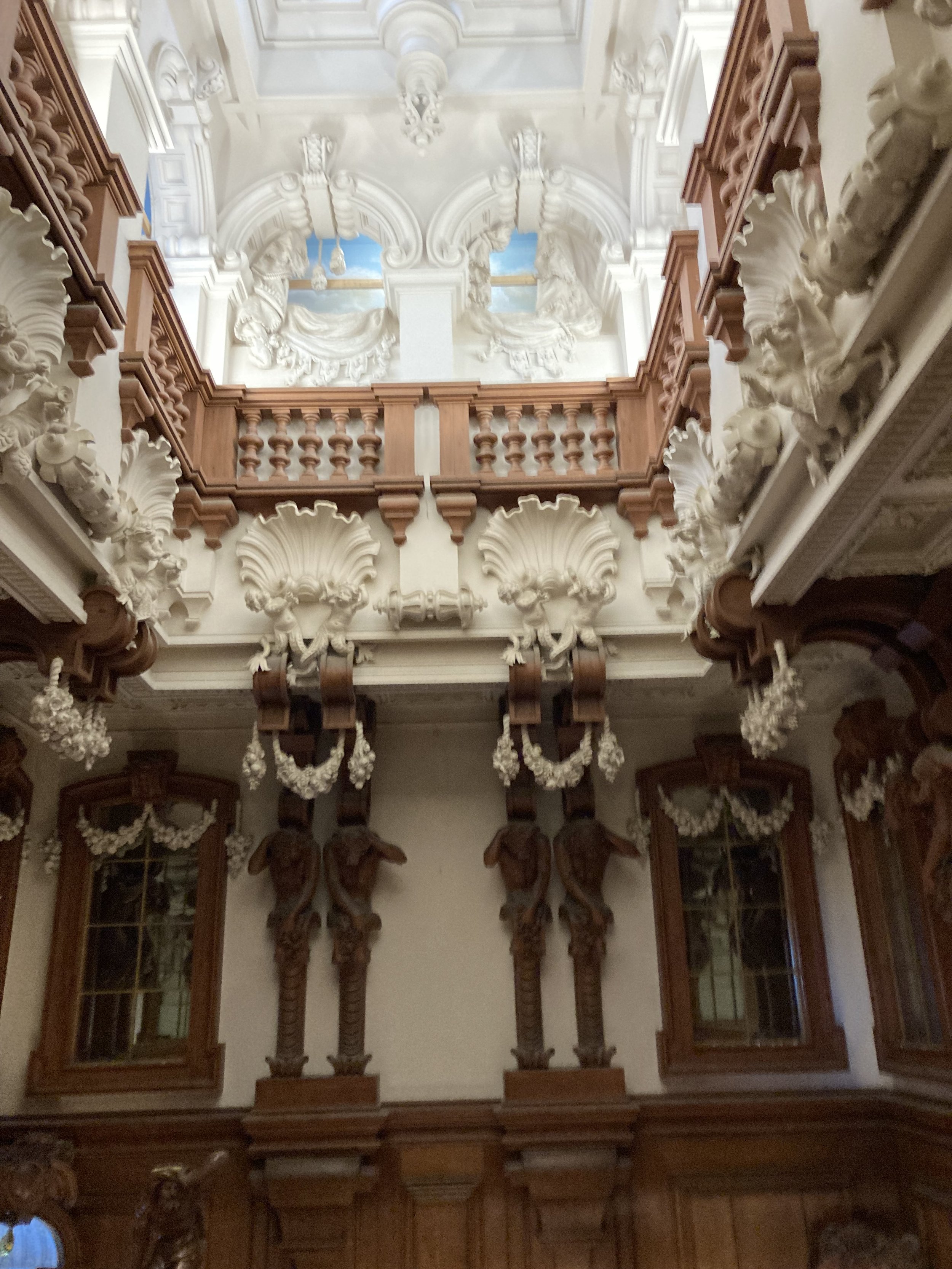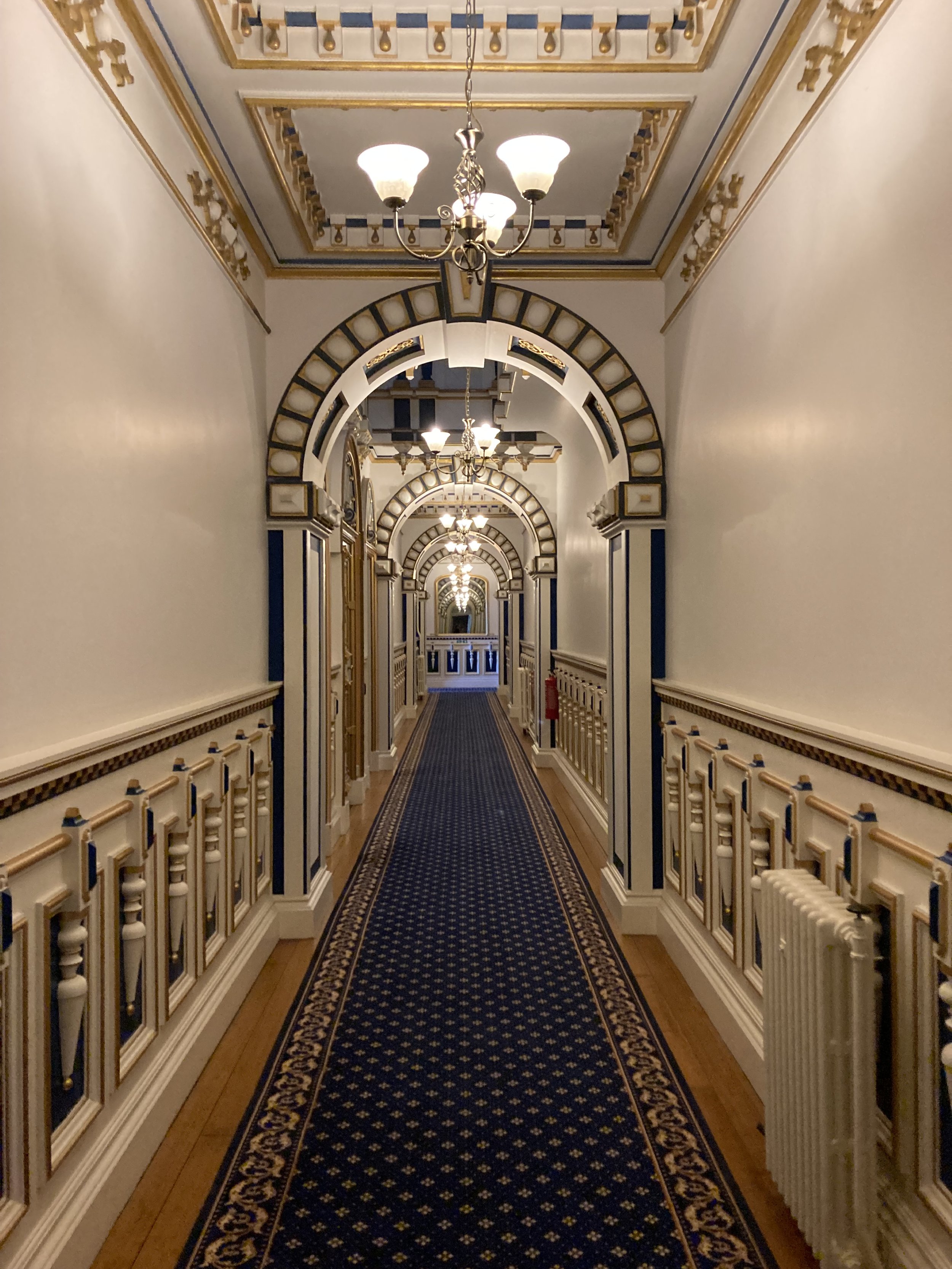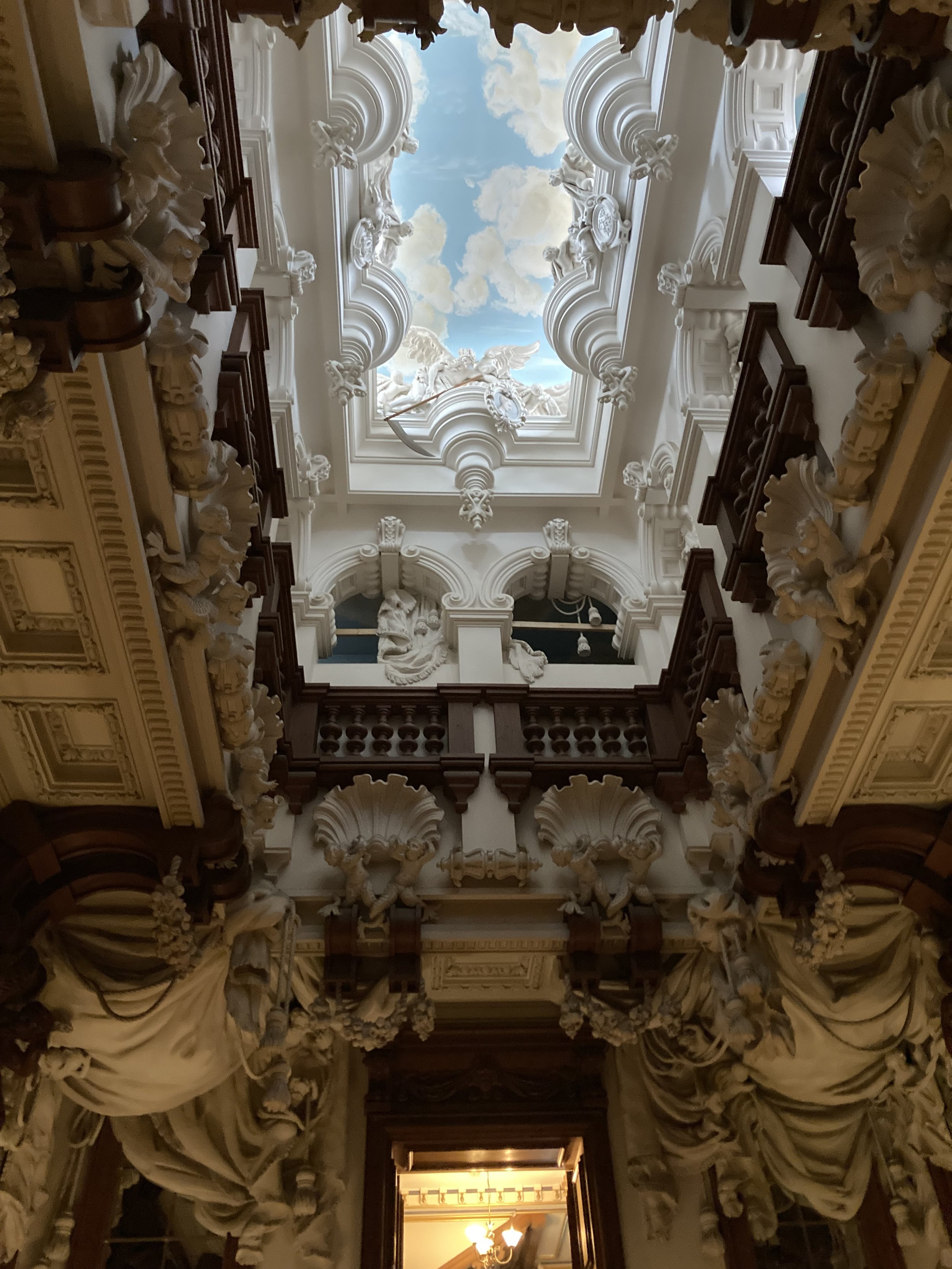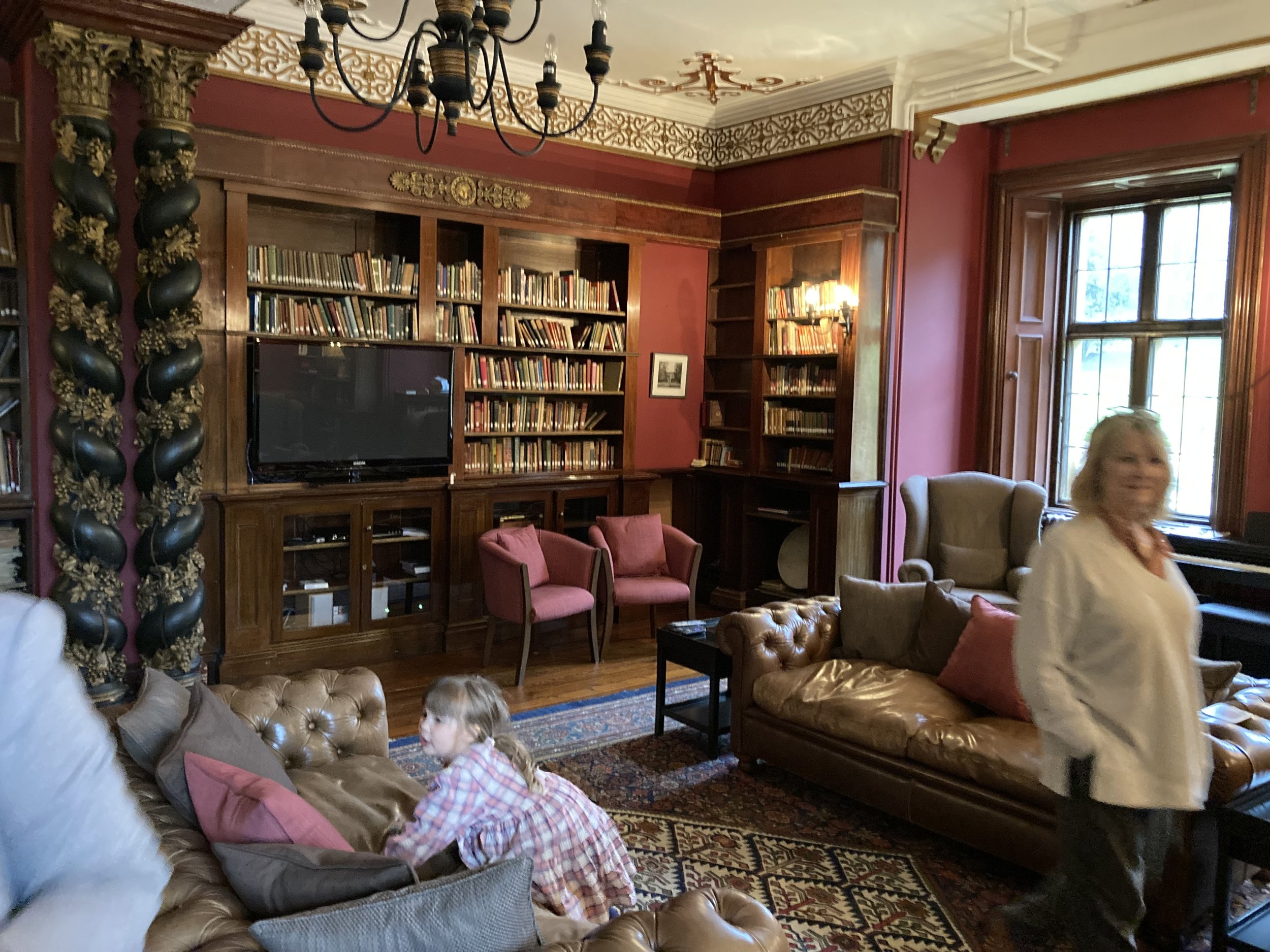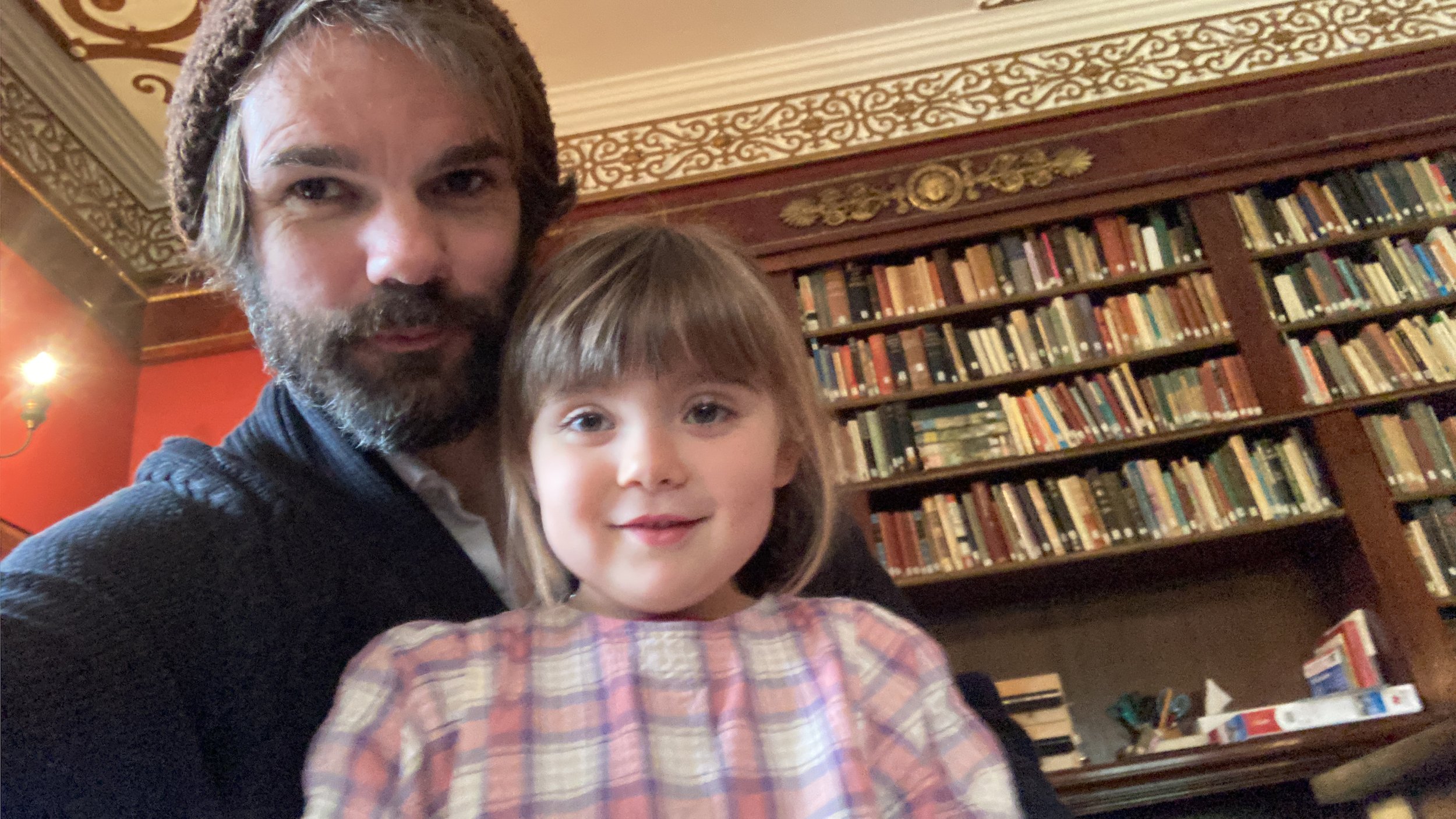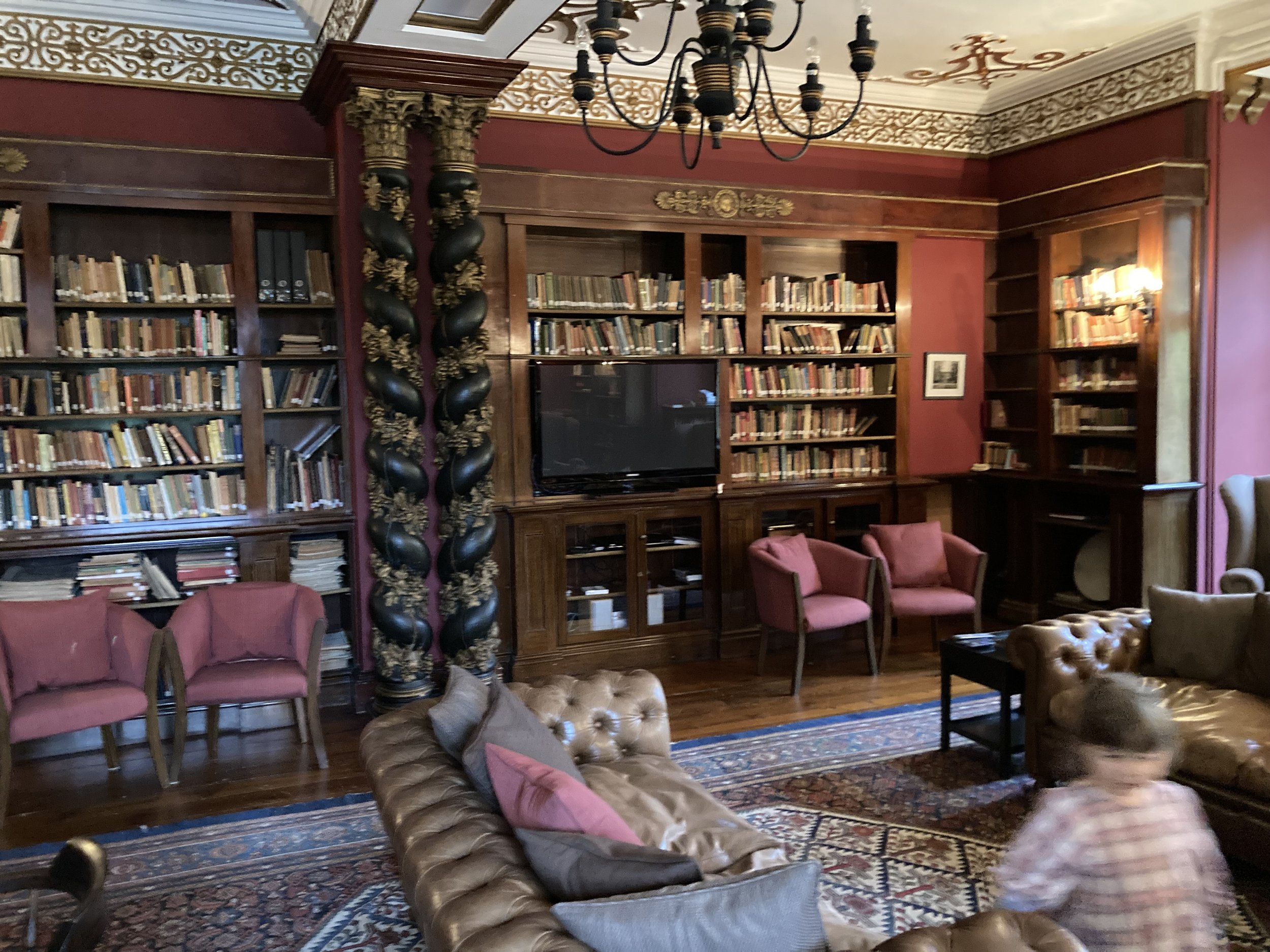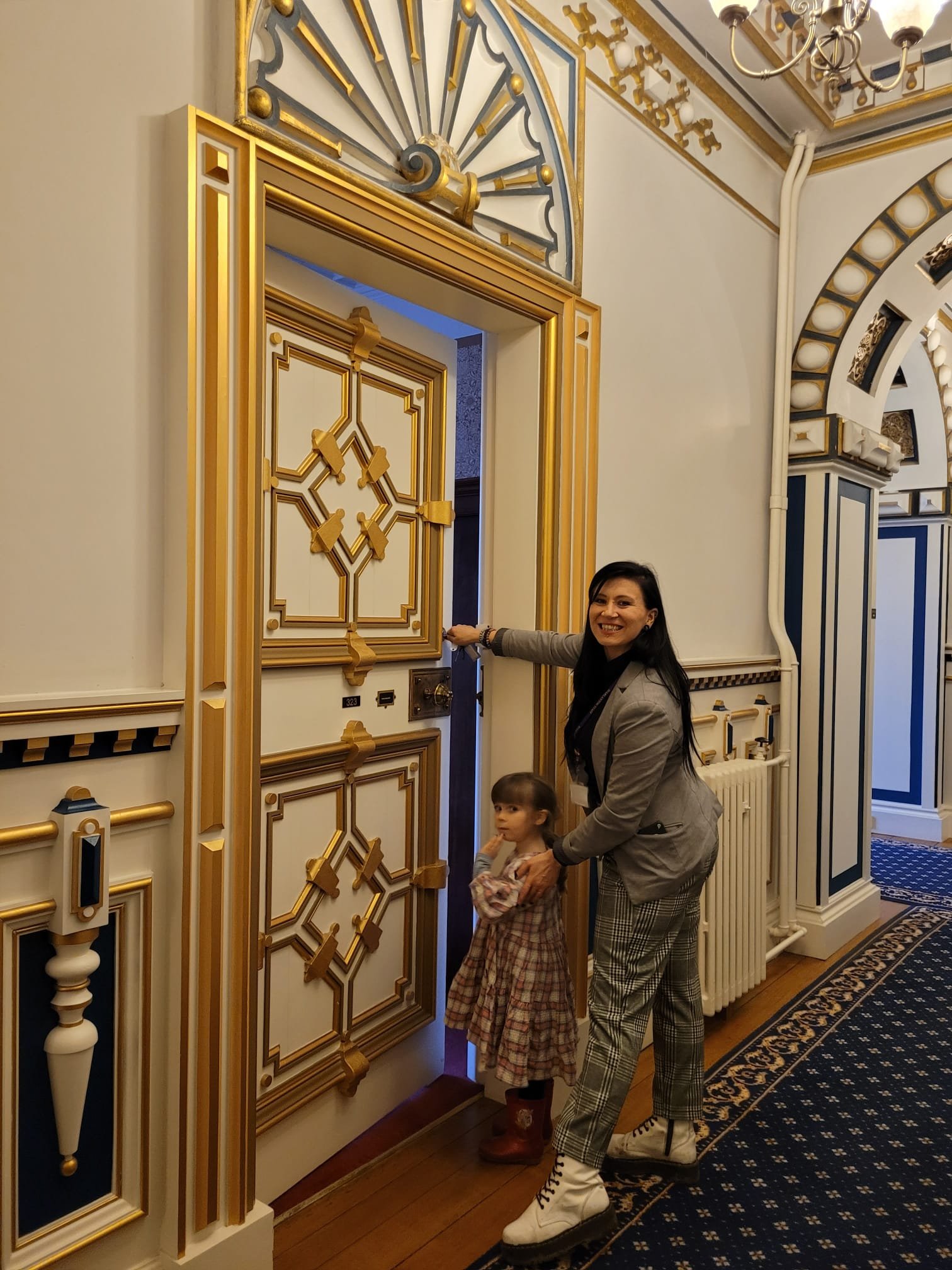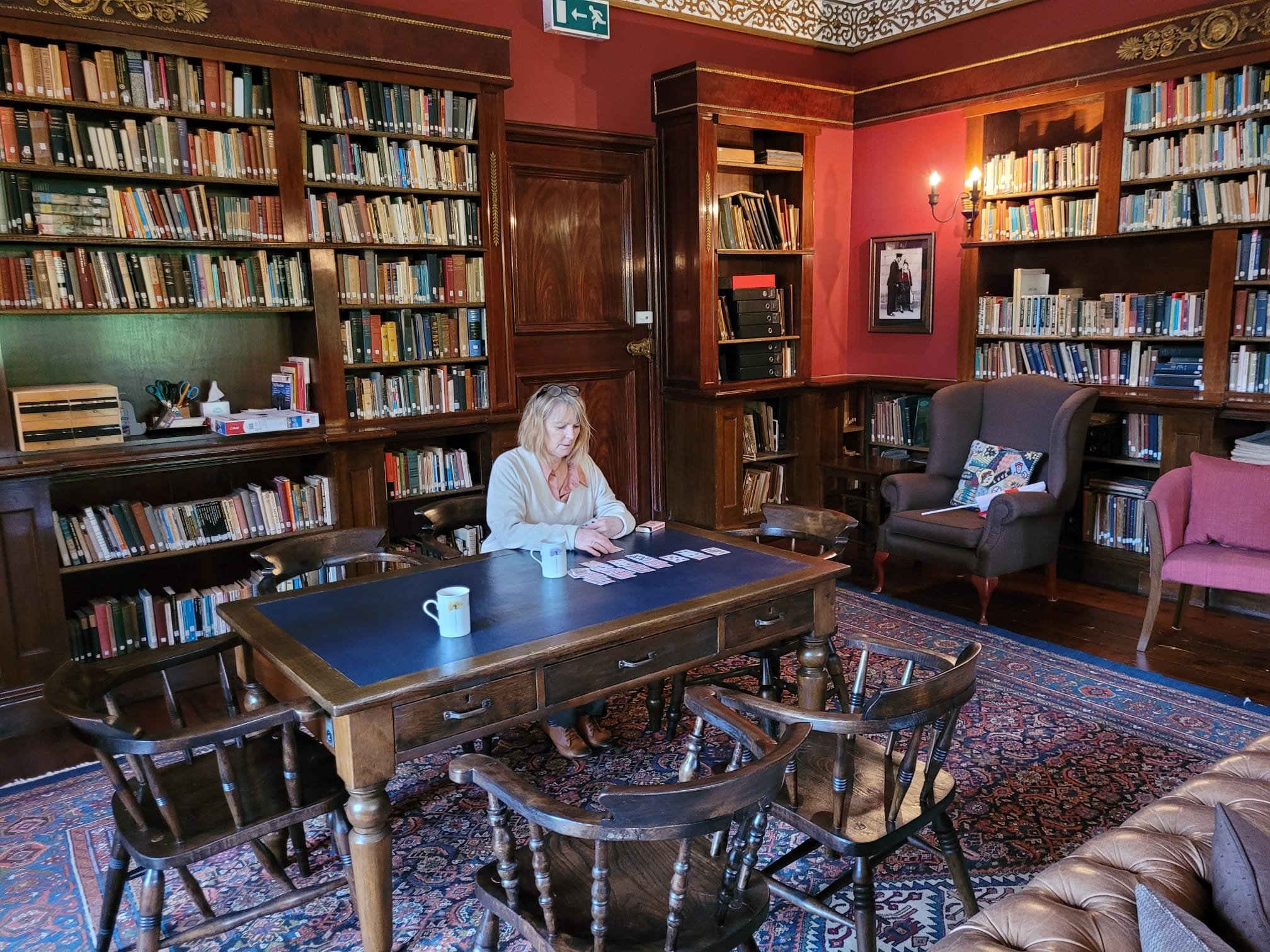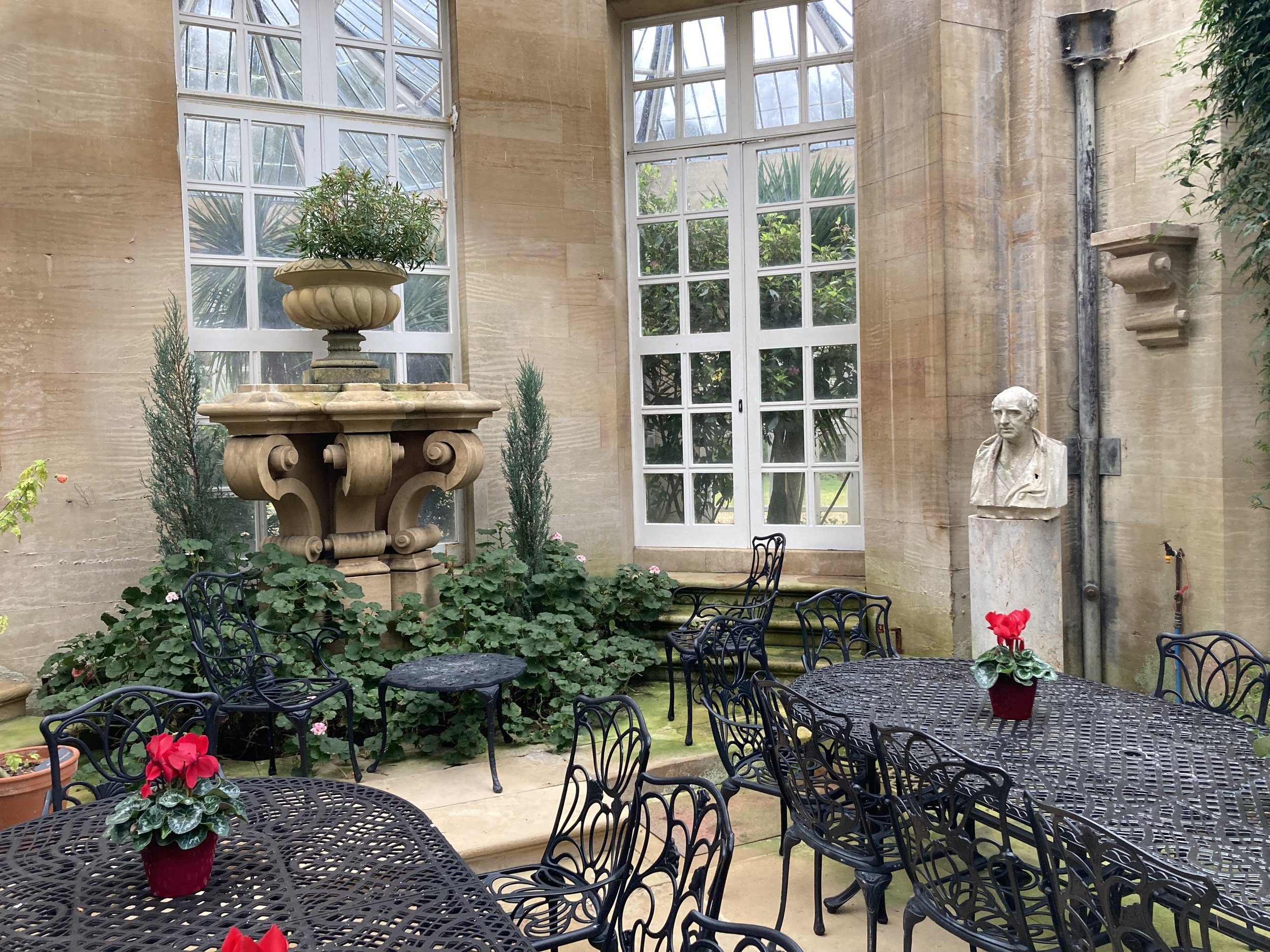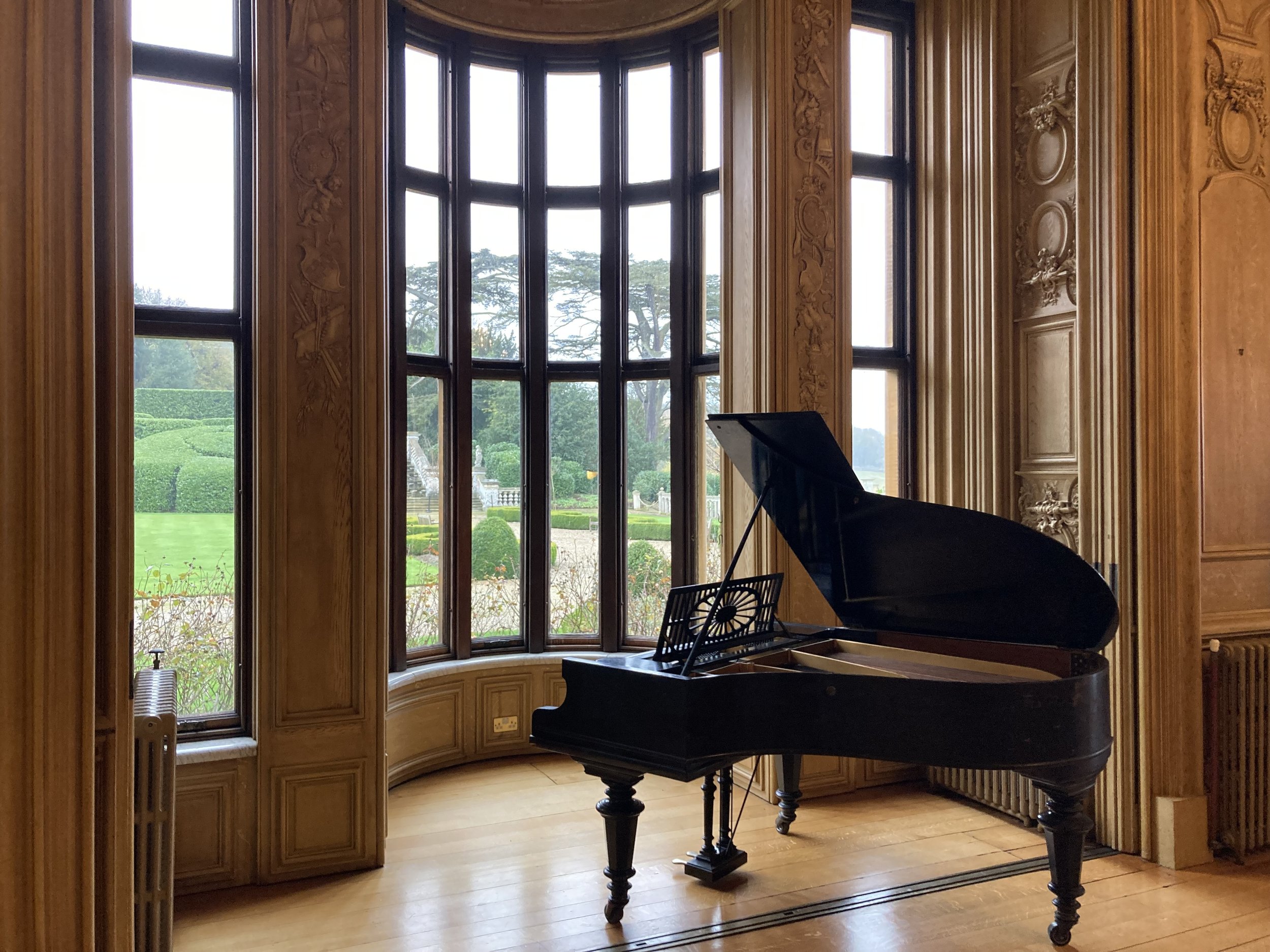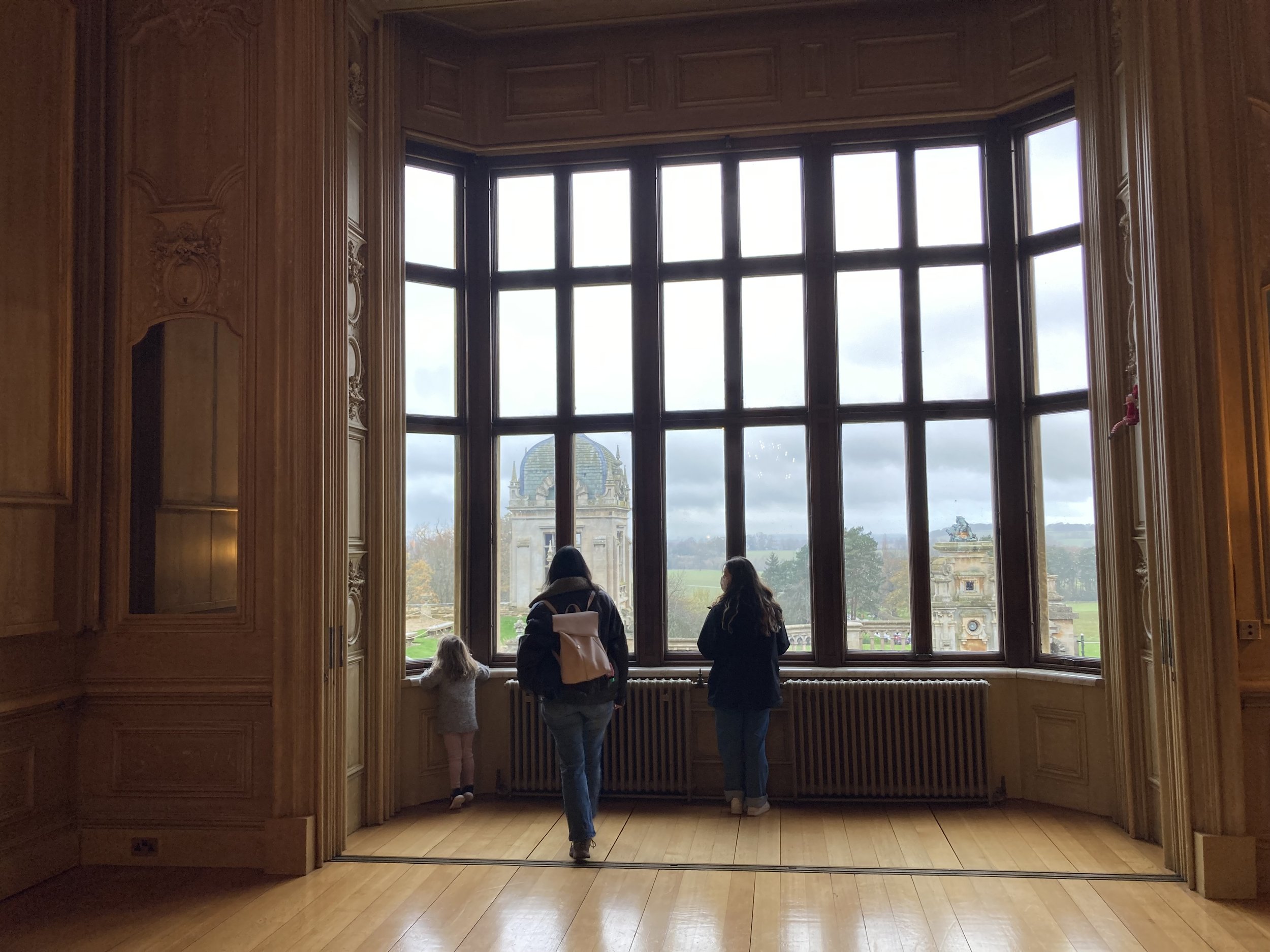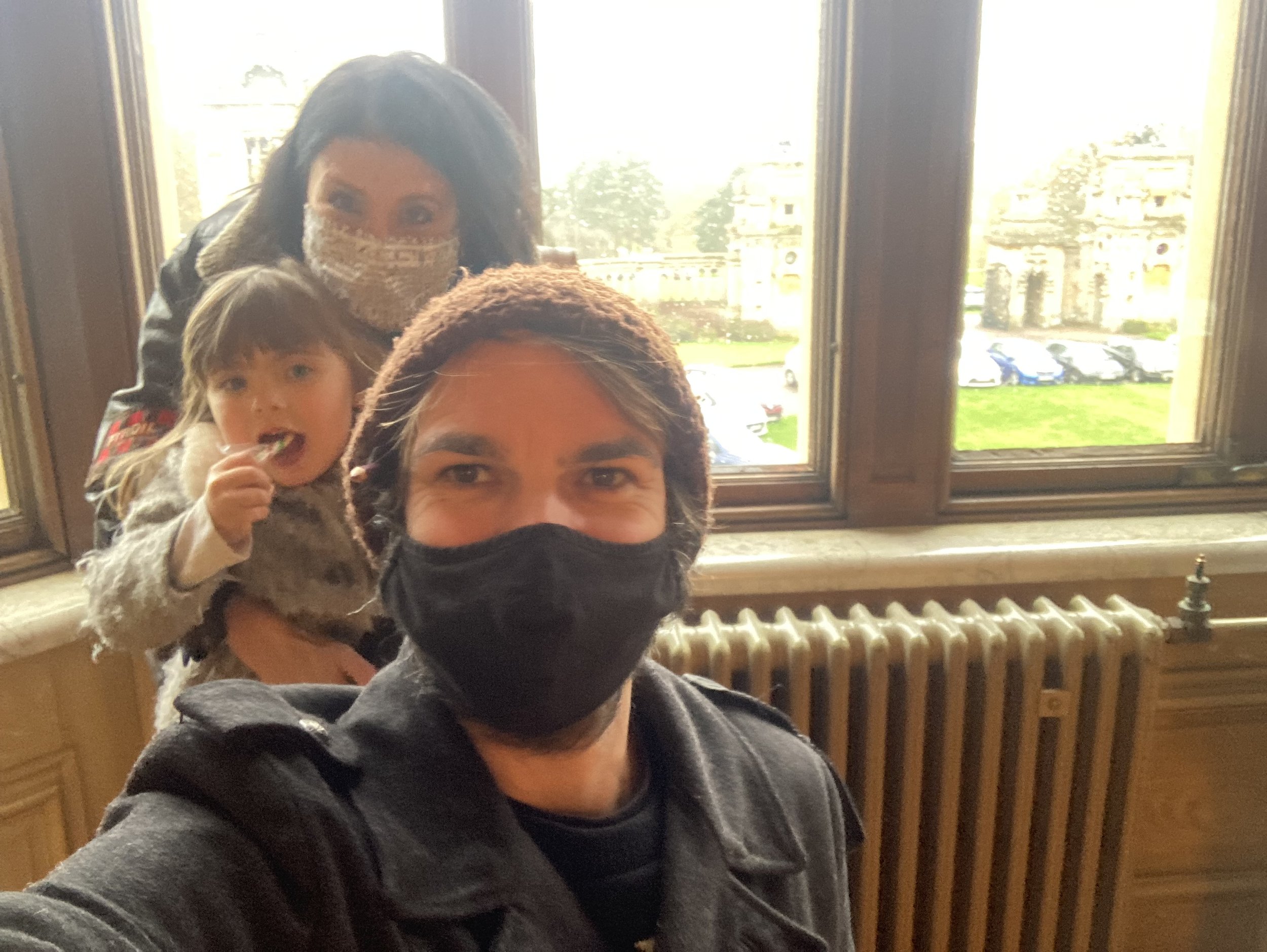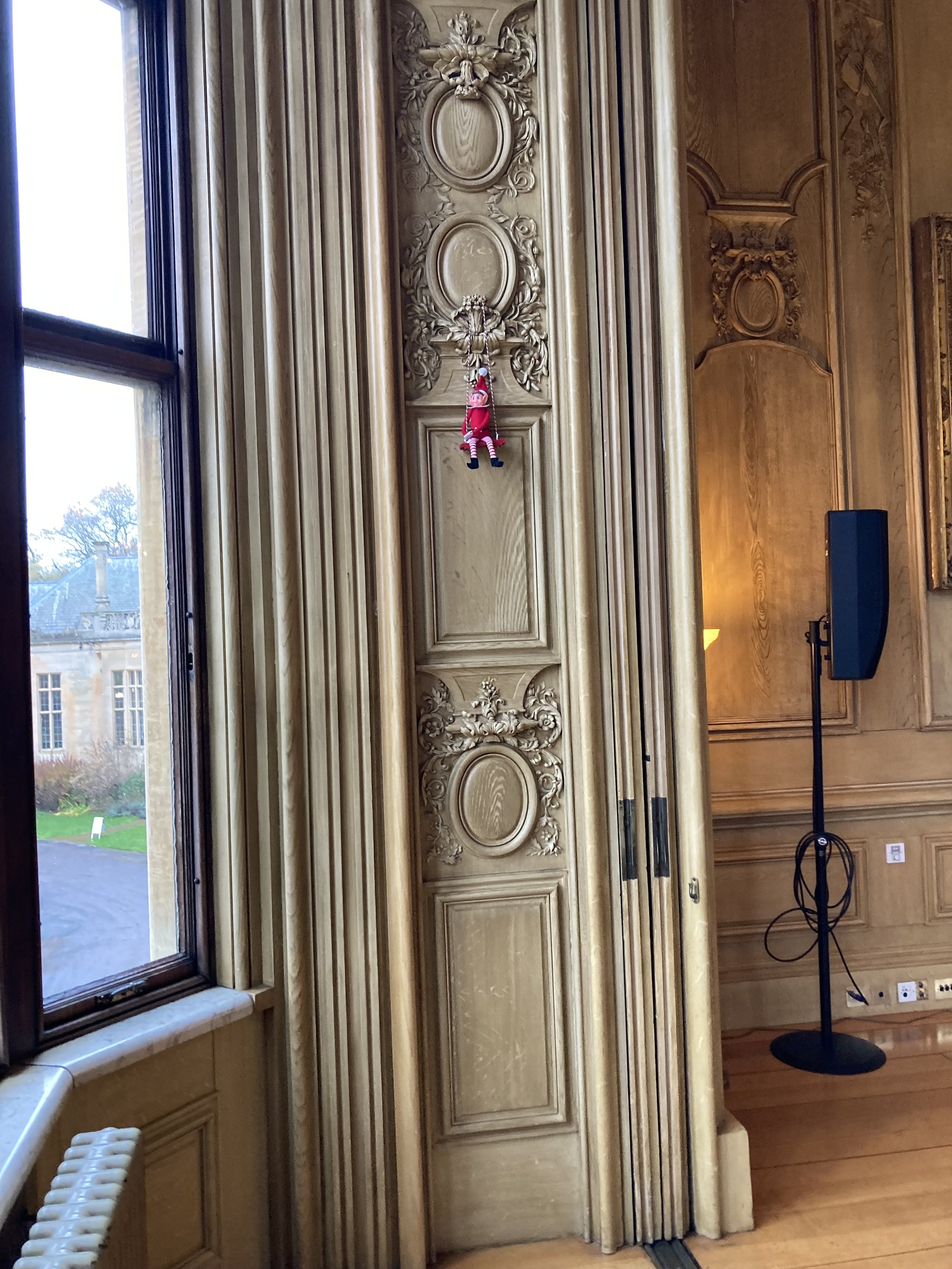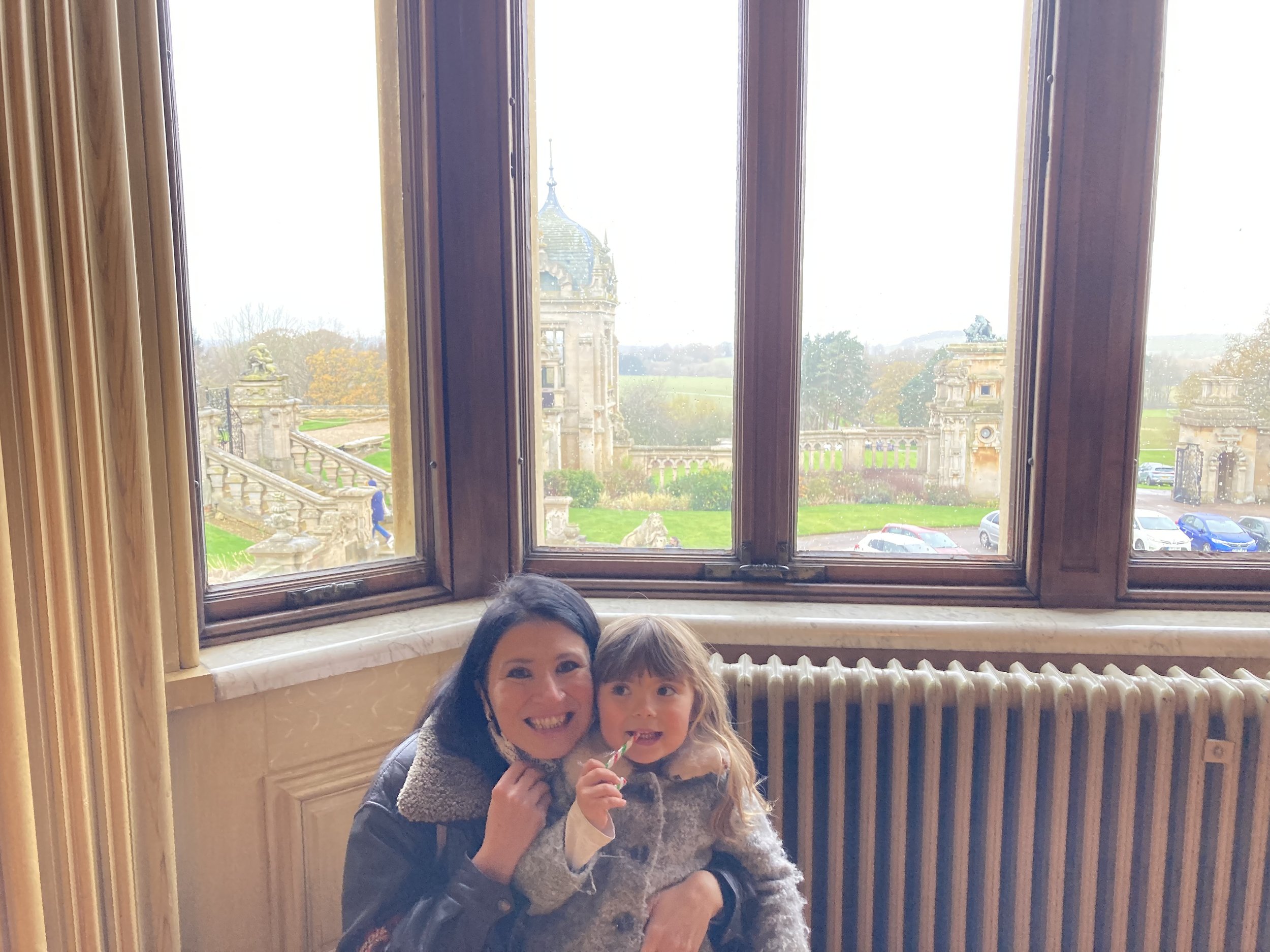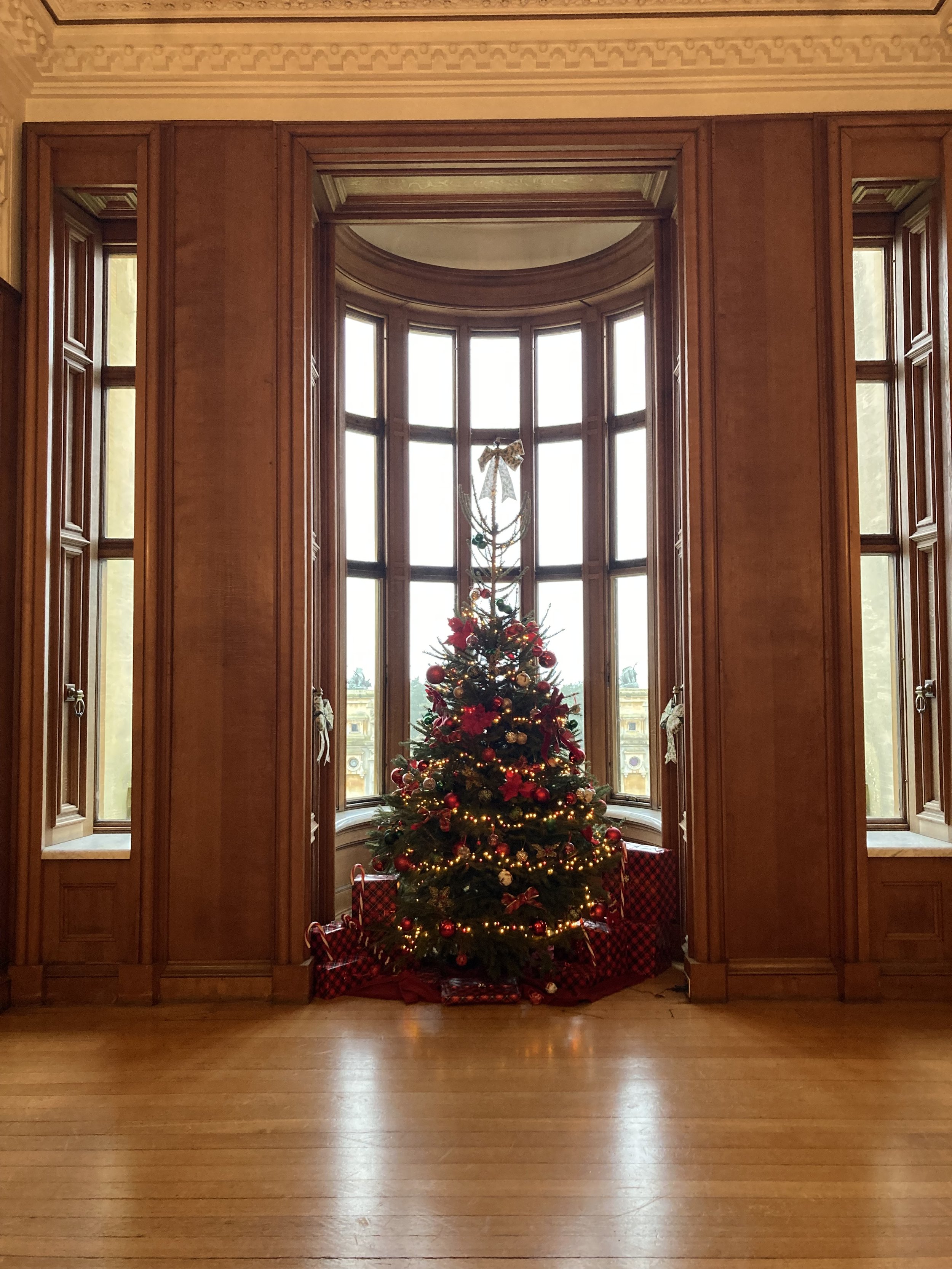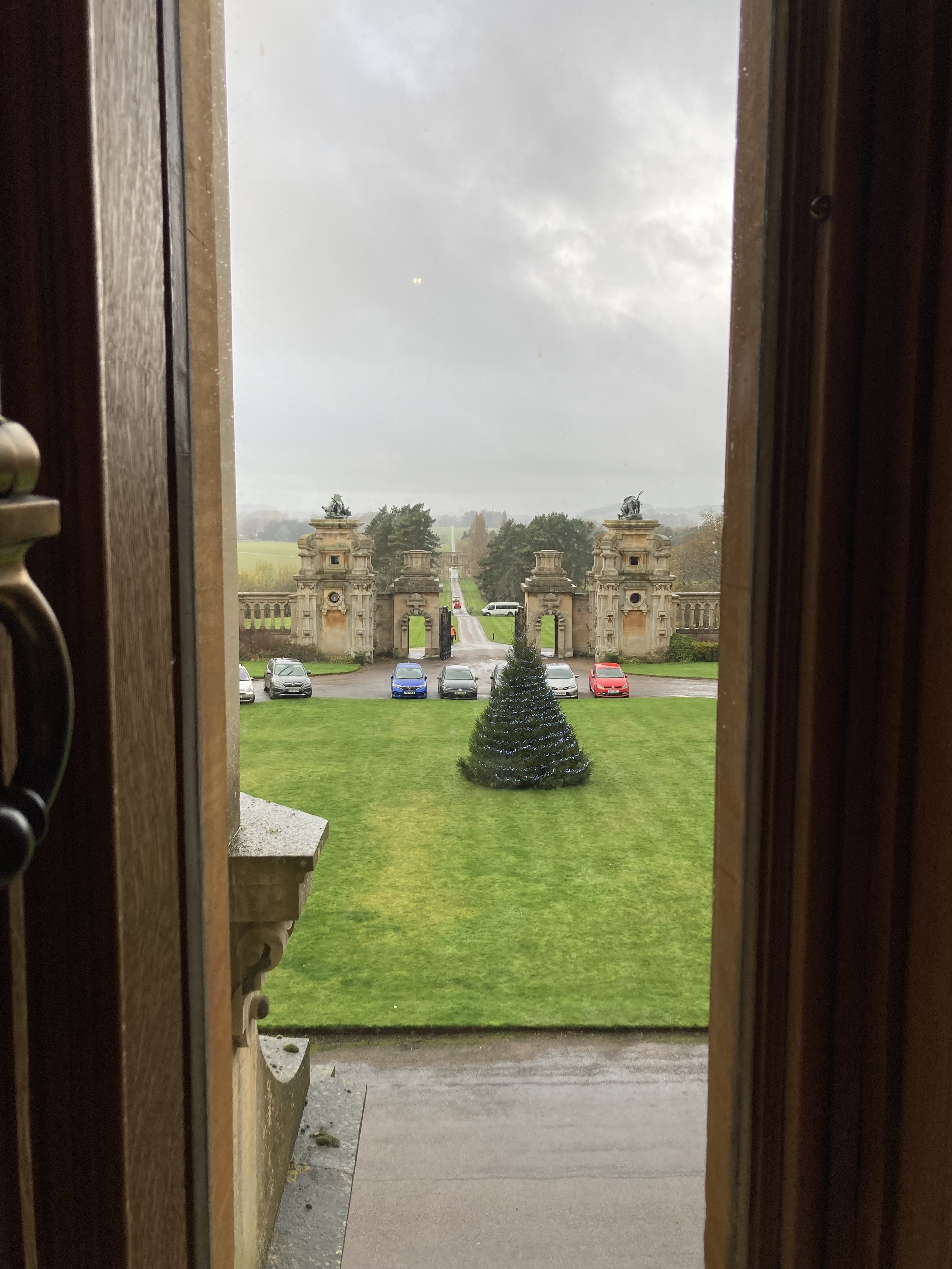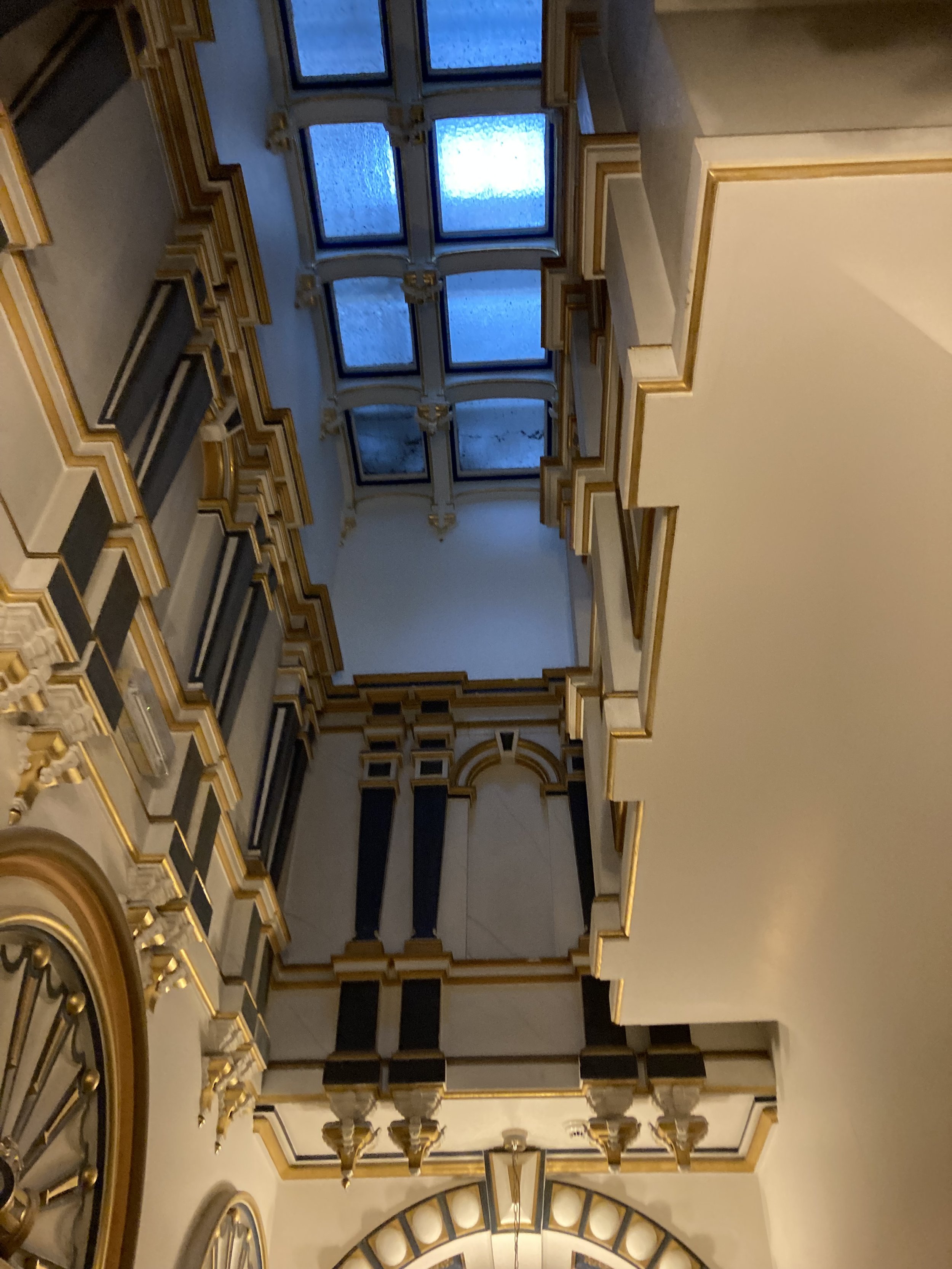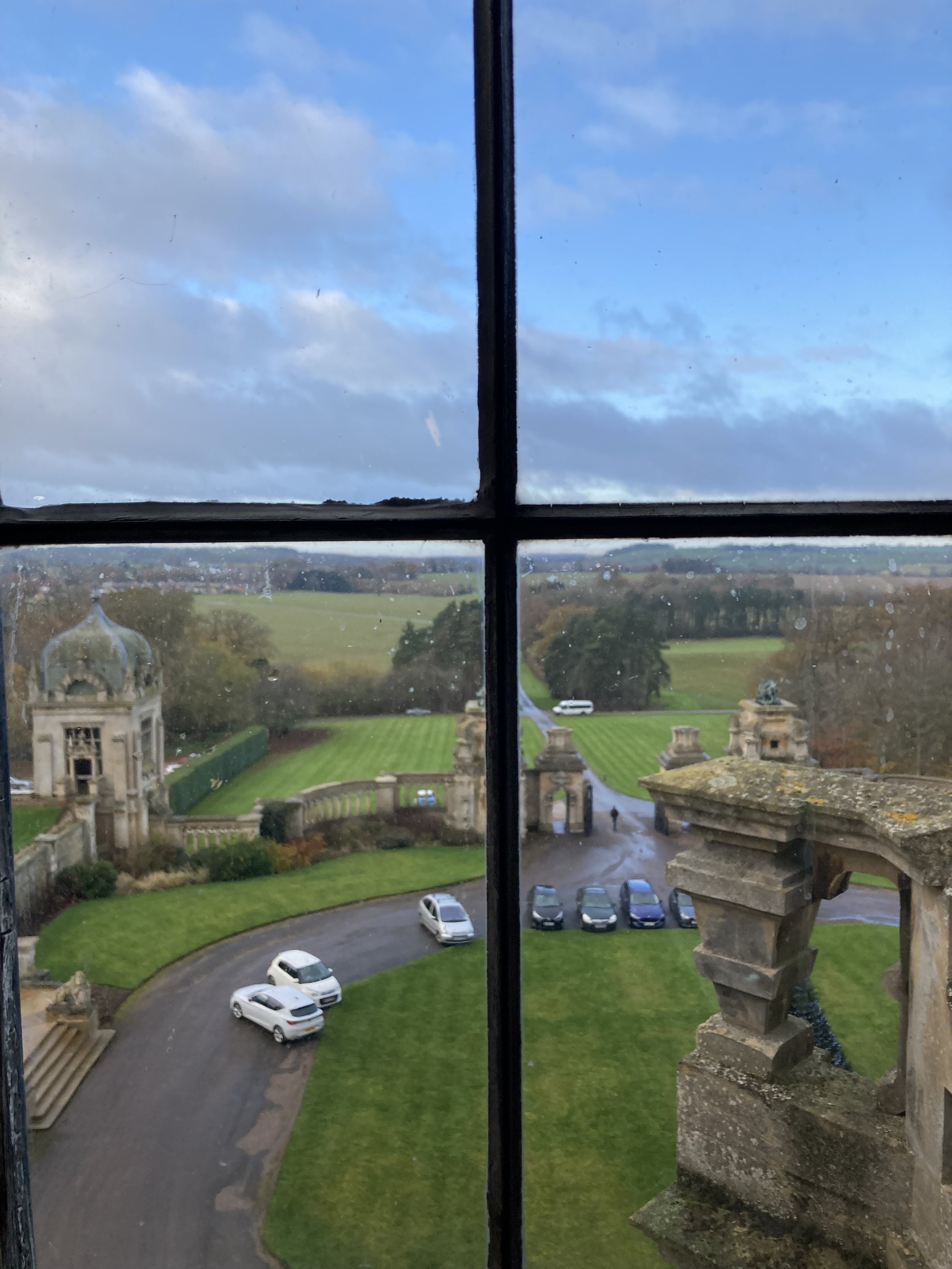It has been a busy old summer, and a hot one of course! So sitting at a computer most days has not been the most desirable hang out. Thankfully, we have managed to sneak in some archaeological and historical adventures despite our heavy workloads and looming deadlines.
By far the biggest event of the summer was Emily’s archaeological field school in Harlaxton, Lincolnshire, just outside of Grantham. Digging Harlaxton was a joint community venture which involved Harlaxton College, The Enabled Archaeology Foundation, Operation Nightingale, Network Archaeology, University of Lincoln, Grantham and Harlaxton community members and many more. The primary goal of the excavations was to offer an accessible program of archaeology to the local community, a number of charitable groups and an educational program to students of Harlaxton College and local schools.
The archaeology itself was formed of two specific sites. The first was located in the walled garden complex of Harlaxton Manor. The walled garden is set to be redeveloped and made accessible to the public, so a number of test trenches were strategically placed in the garden to explore the original Victorian glass houses which are no longer extant. The second site explored an unusual cropmark within a prehistoric landscape nearby. The area had experienced some field walking but no excavation had been previously conducted.
The excavations for this season are now completed and the reports are being written for publication as soon as specialist reports and investigations are conducted on the finds and environmental sampling. The results will be forthcoming when the report is released, but suffice to say there were some incredible discoveries made, some puzzling archaeology discovered, and the field school was a huge success with everyone involved. Community members expressed their joy at feeling involved and were excited to learn the various histories of their locality. The students benefitted greatly from a well-executed project and educational program, and many people who may not have considered archaeology accessible or even interesting, were fully immersed and enjoyed the experience immensely.
Whilst Emily was busy making sure the project sailed smoothly, Audrey and I took the opportunity to help where we could. This sometimes involved assisting in the dig, occasionally meant playing in the mountains of sand produced from the Lincolnshire countryside, and at other times meant heading away on adventures of our own.
We made our way into the town of Grantham to have a look around. Grantham appears in the Domesday book of 1086, though its earliest origin is not entirely clear. The name may refer to a personal name of Granta, or the old English Grand for gravel, therefore Granta/Grand (Granta’s or by gravel) Ham (homestead). The town is well positioned along the River Witham valley where it joins with the Mow Beck river. There are hints at a well utilised prehistoric landscape, with a Palaeolithic axe, Mesolithic flints and a possible Neolithic settlement all discovered in the area. There have also been Beaker pottery finds, and a Bronze Age cemetery located in Grantham. The majority of potential for prehistoric evidence lies just outside the town, between Grantham and Harlaxton, where crop marks display a rich and curious collection of features. Evidence for a number of Romano-British farmsteads have also been found in the form of coins, pottery and the footings of structures.
The town itself is thought to have largely grown during the early medieval period, perhaps during the 7th century. In the Domesday book, Grantham is mentioned as a town and Royal residence, with St Wulfram’s church serving the Parish. It has been argued that Grantham started out as an important Saxon centre and then became a minor local capitol during the Danelaw following Viking incursions.
We wandered into town, and after buying some sparkly rainbow shoes and a princess dress, we made our way to the main historical feature at the centre of Grantham, St Wulfram’s church.
Being an important market town with a strong wool trade, Grantham flourished during the 11th century and the riches brought in, went towards funding St Wulfram’s church. St Wulfram’s has the sixth largest spire of English churches and hosts the first ever public library in England, dating to 1598. The church recently won an award as the finest non-cathedral English church. Only a few stones remain of the original Saxon church but the building was completely restructured during the Norman Conquest. The church saw repeated development through the centuries and was fully restored in 1866-67 by Sir George Gilbert Scott.
Audrey took immense delight in exploring the church. Inside, amongst historical monuments, ancient tombs and epic windows, Audrey quickly discovered a play area full of toys to investigate! Carefully descending some worn stone steps, we ventured into one of the original oldest parts of the building. A door and a number of chests here are original medieval artefacts. Fascinatingly, it is said that this crypt was once used to house a relic of St Wulfram. It also held church valuables and apparently even human remains as a charnel house when the graveyard was full.
After exploring the church, we made our way through the narrow winding streets of Grantham, and back to Harlaxton, but not before sneaking in a quick visit to a traditional local pub. Audrey enjoyed a blackcurrant juice and some crisps, whilst I sampled the local beer before we continued on our journey, fully refreshed.
Back in Harlaxton, we decided to wander the village streets and pine over the dreamy old houses and stunning gardens. It is a delightfully cute little village, once voted English village of the year. We wound our way through the streets and up the hill towards the church, again the main feature at the centre of the locality. Audrey found delight at collecting wild flowers as we wandered, and a variety of rare rainbow leaves. The church is dedicated to St Mary and St Peter and likely originated in the 12th century. It has an early 14th century buttressed tower and a font dating to 1400.
Harlaxton is mentioned in the 1086 Domesday Book as Herlavestune, or Herelaf-Tun meaning the estate or farm of Herelaf. The village grew around Harlaxton Manor. This Moated Manor house, which was situated close to the current village, was built in the 14th century and is said to have been used as a hunting lodge by the infamous son of King Edward III and friend of Geoffrey Chaucer, John of Gaunt.
After long days of adventuring, we joined back with Emily and the archaeology team at the local pub, the Gregory, so named after the founder of the current Harlaxton Manor House, which you can read all about in our earlier blog “The Harlaxton Shuffle” below. This little region at the heart of England retains a peaceful, rural atmosphere, picturesque and full of charm.
The excavations at Harlaxton are guaranteed to make a significant contribution to the understanding of Harlaxton’s prehistory and the development of Harlaxton Manor during the Victorian period. More importantly, the dig was a milestone in highlighting accessible archaeology. The hope was to create a project in which all participants could feel an equal part of the experience, no matter what restrictions they may have faced for a variety of reasons. Not only was this successfully accomplished, but the reports of techniques implemented will offer an important guidance on such measures for all future projects nationwide.
And there has never been a spoil heap more utilised for its activity centre capabilities than the epic sandy mound of Digging Harlaxton. I am fairly sure some of that sand is still to be found in Audrey’s socks and shoes.










